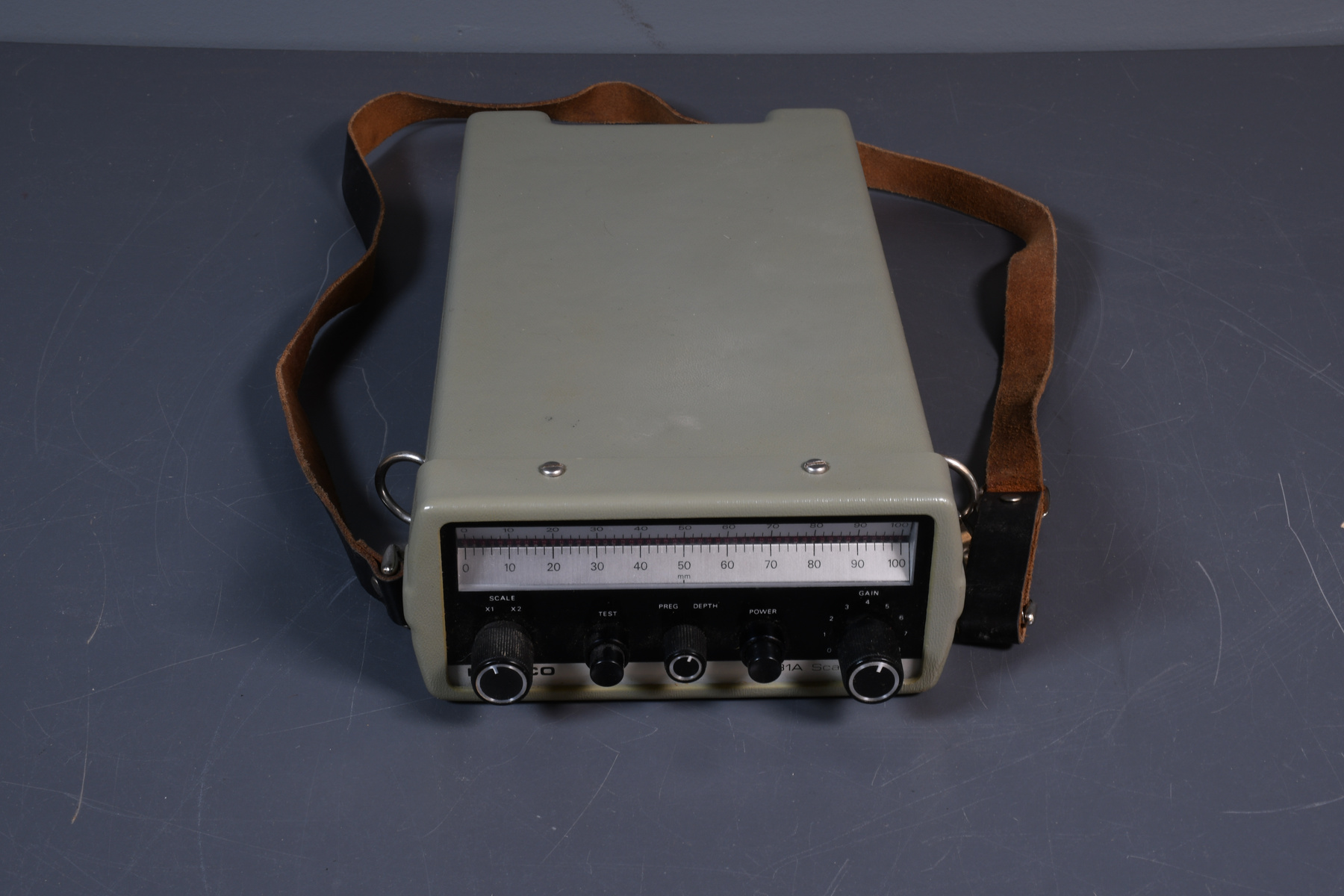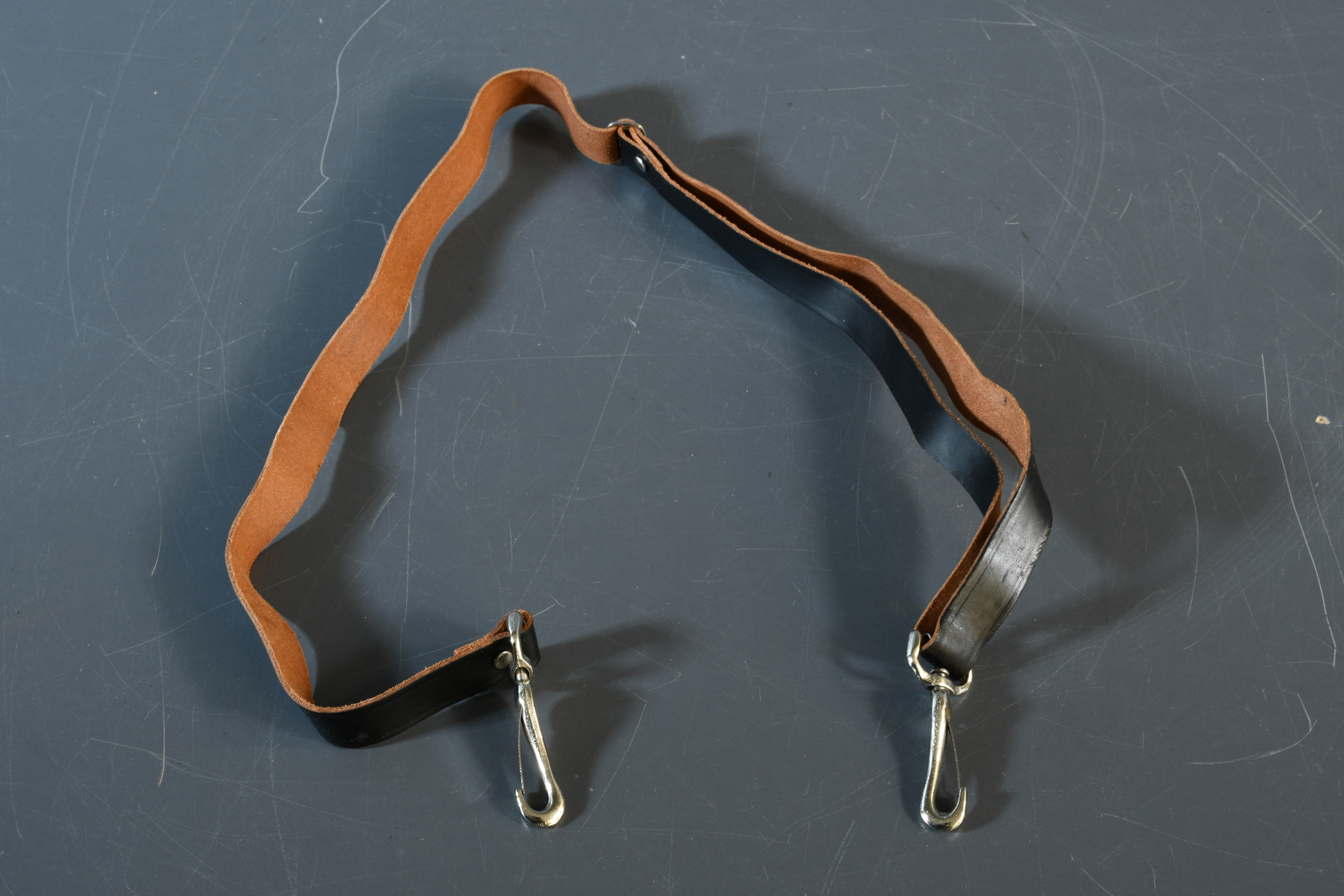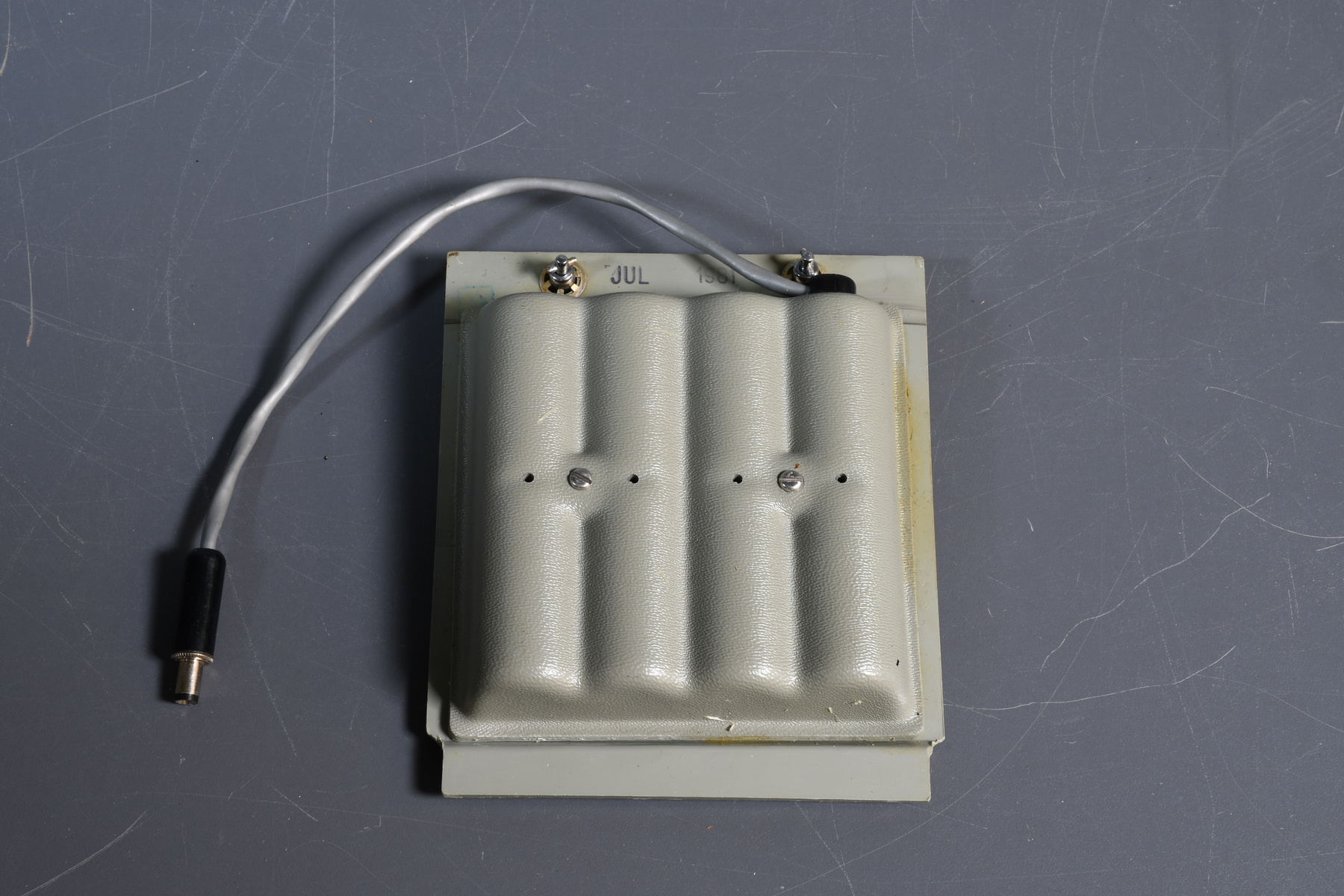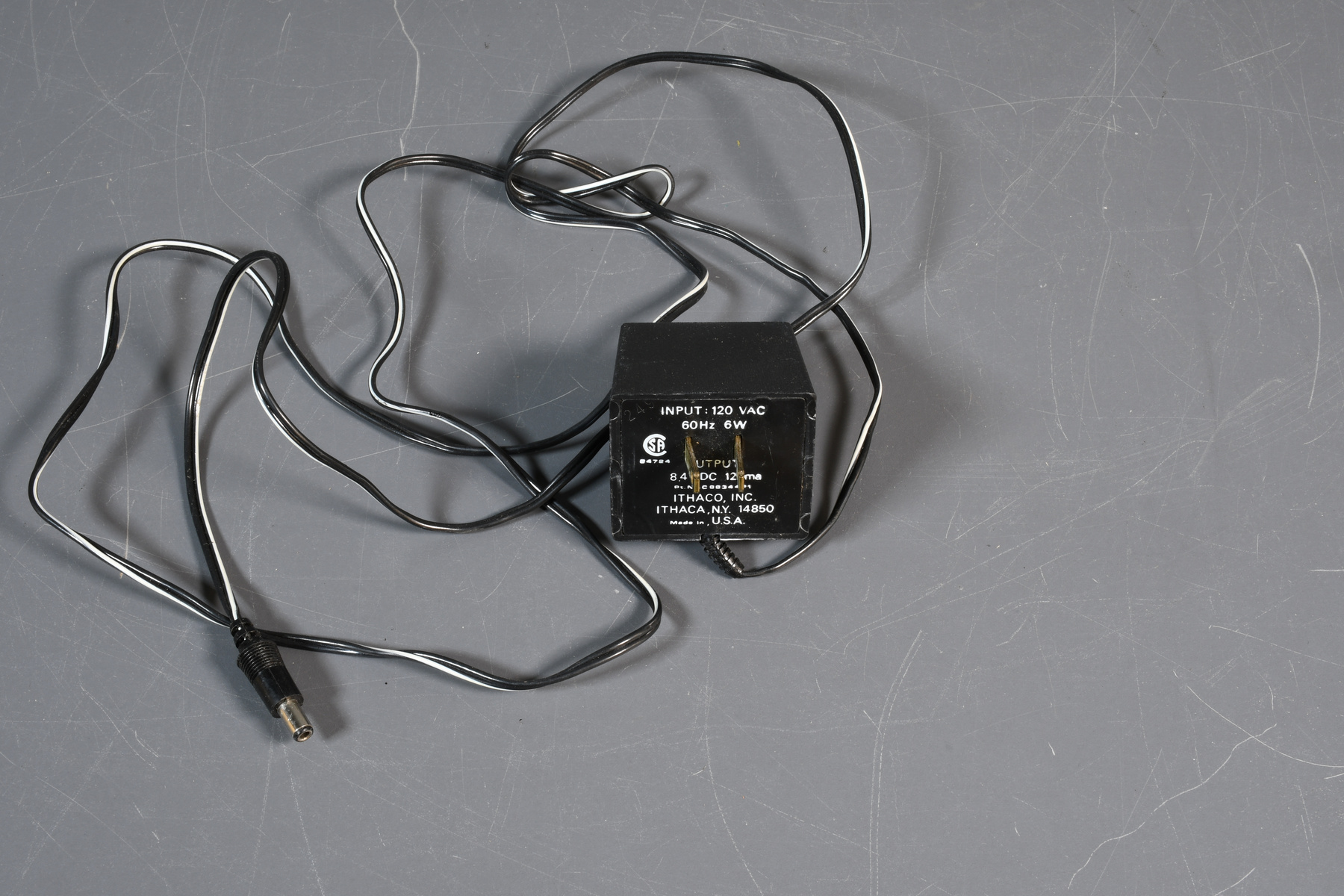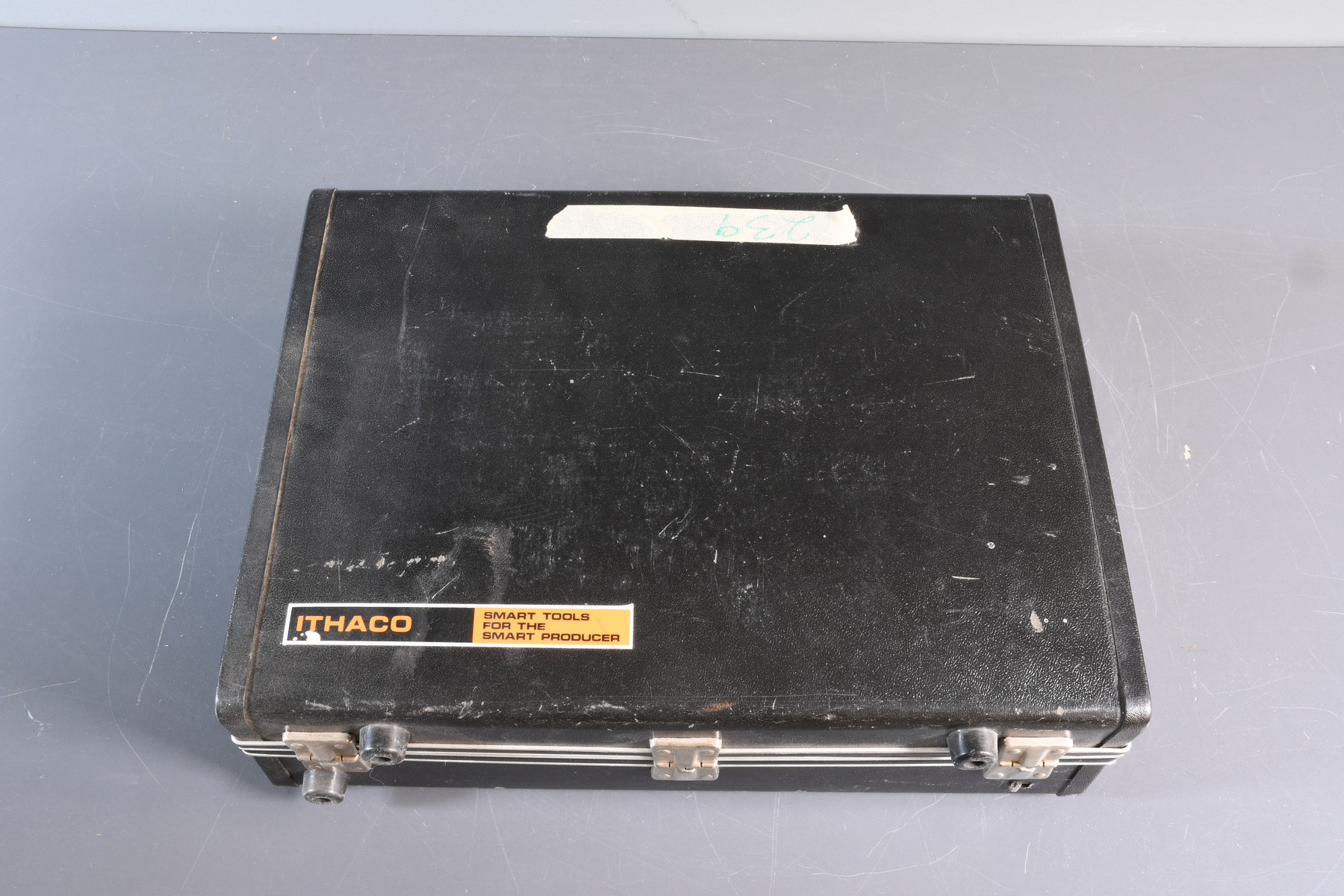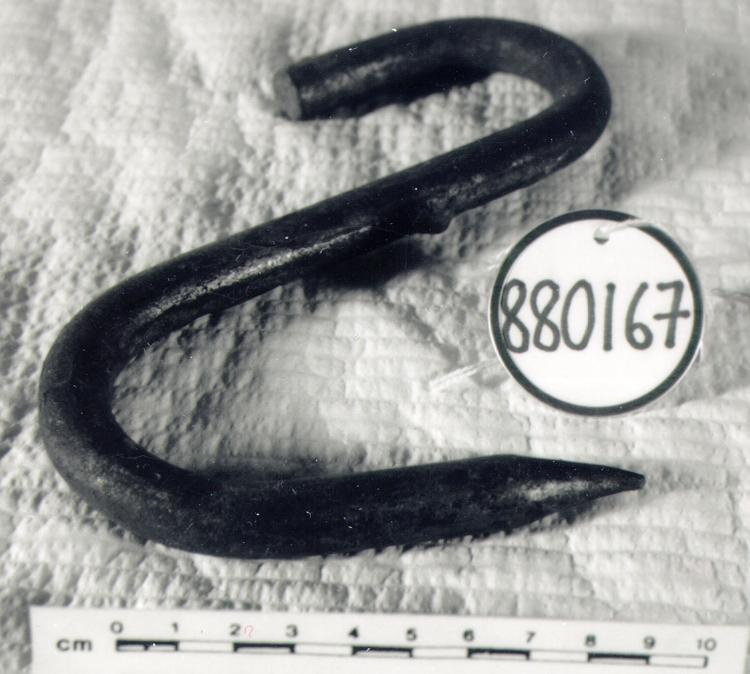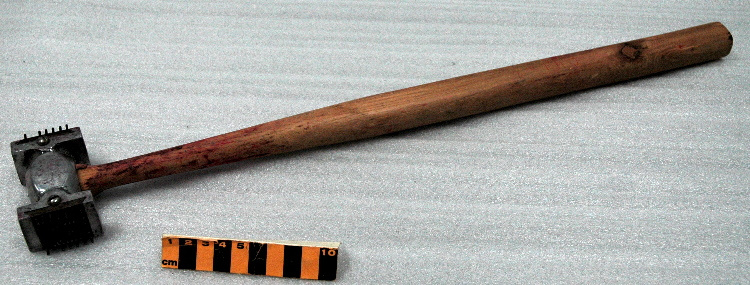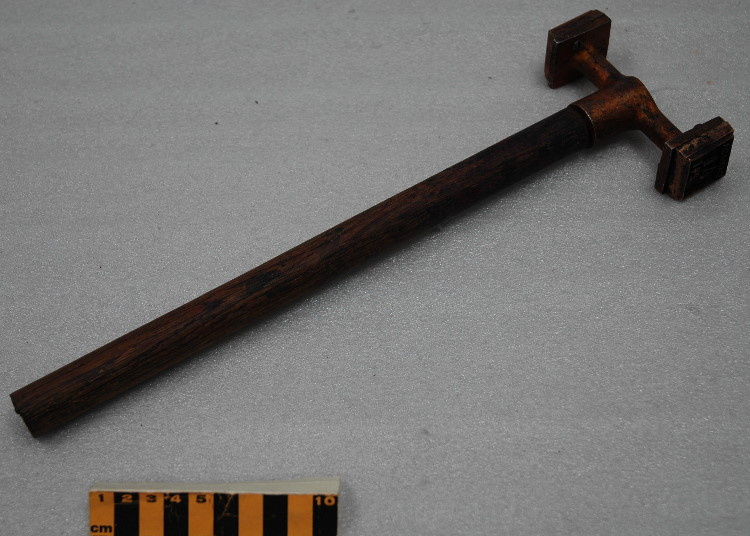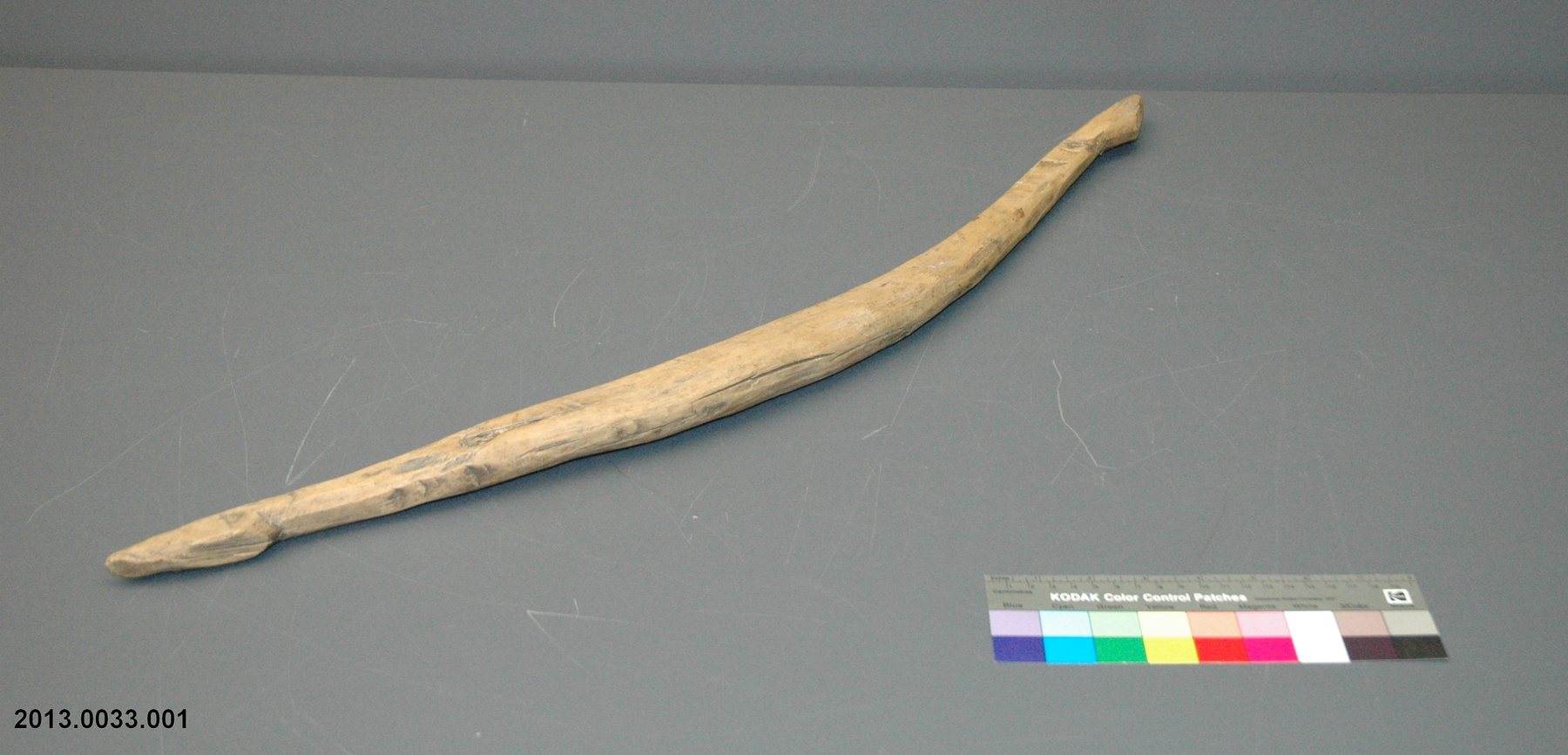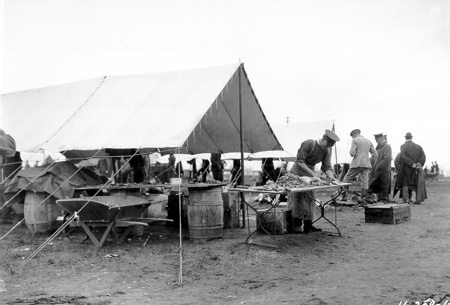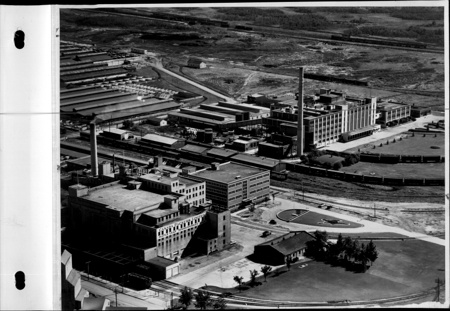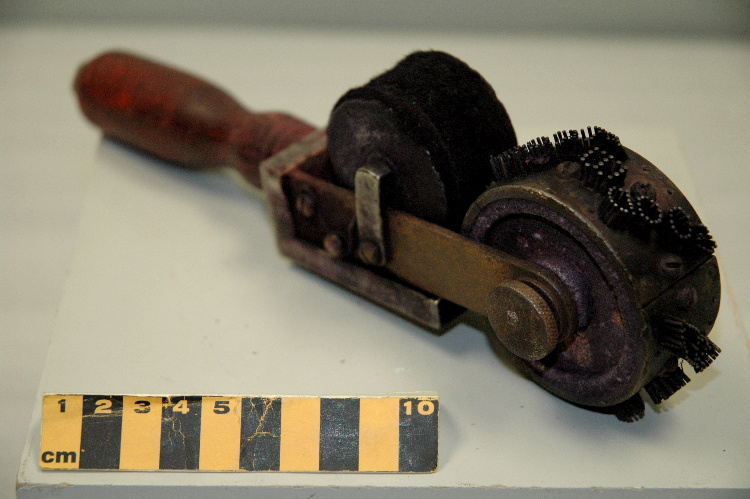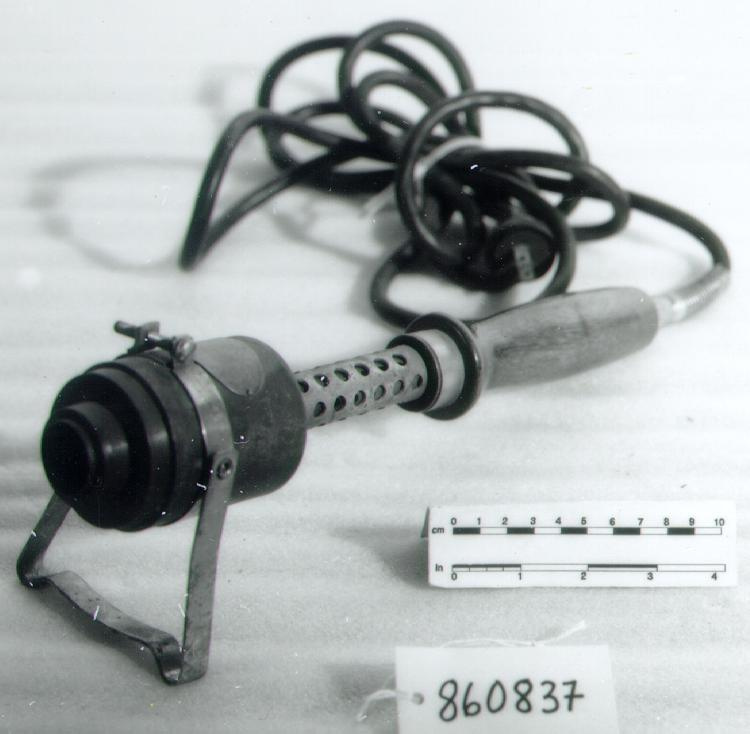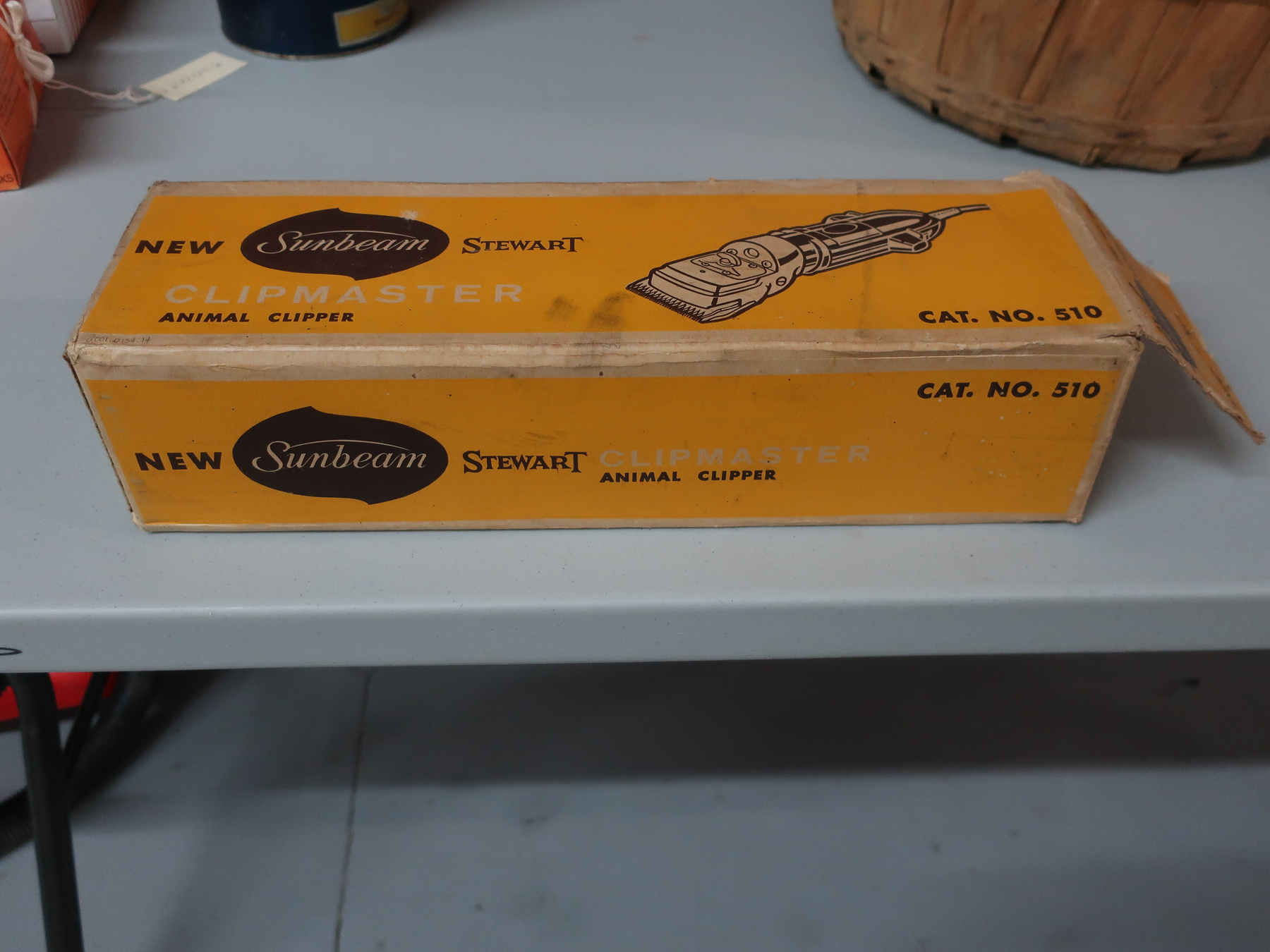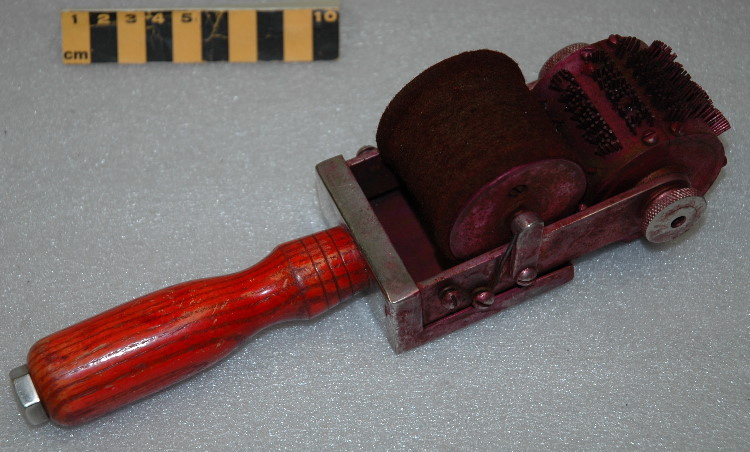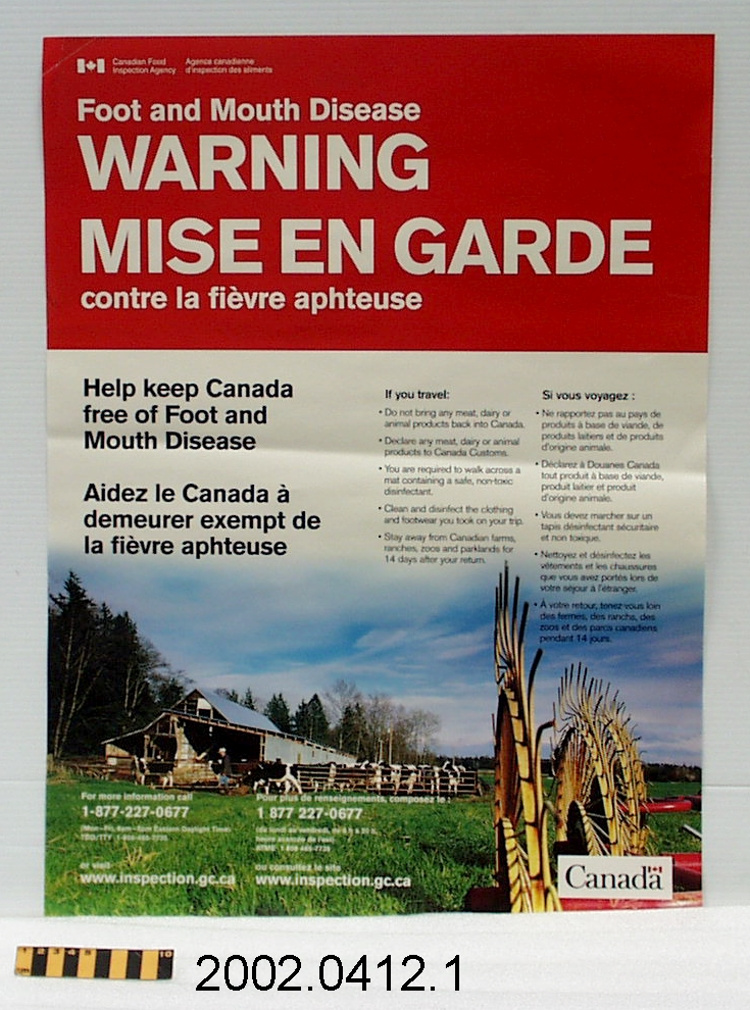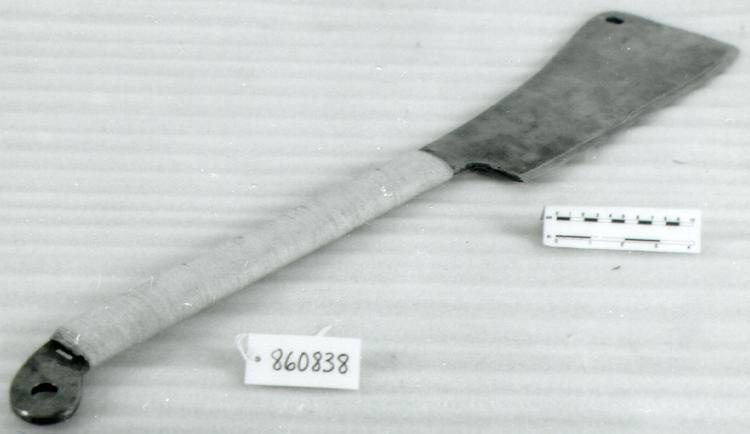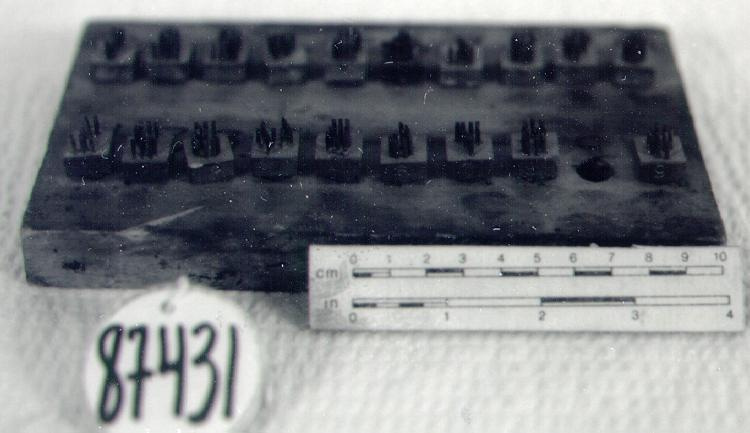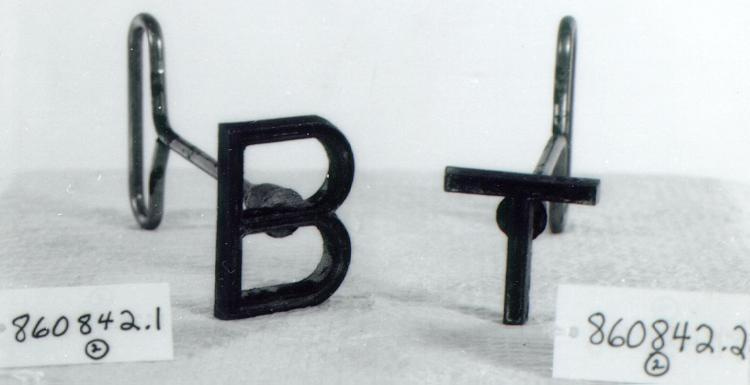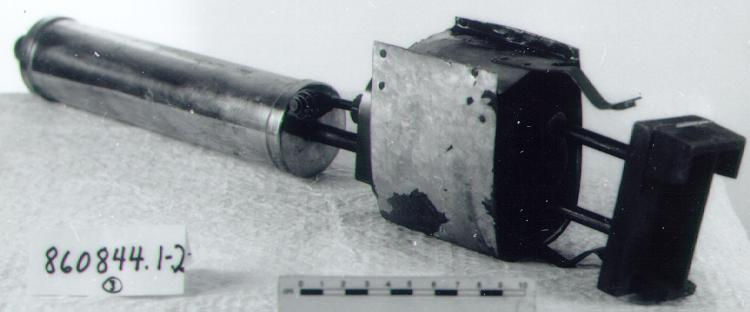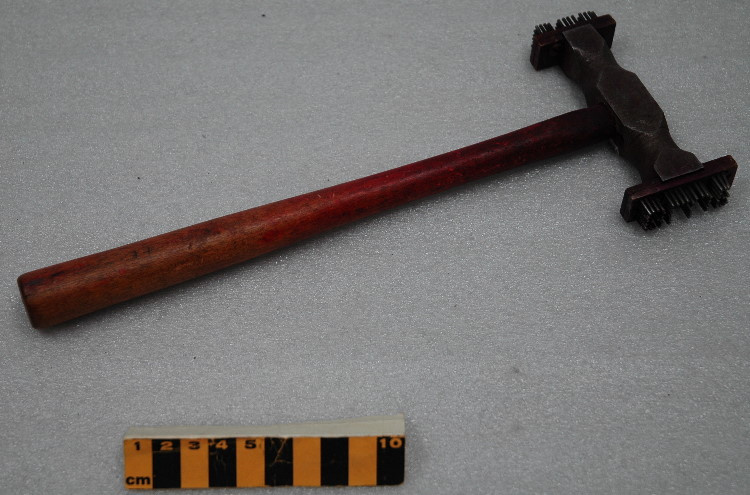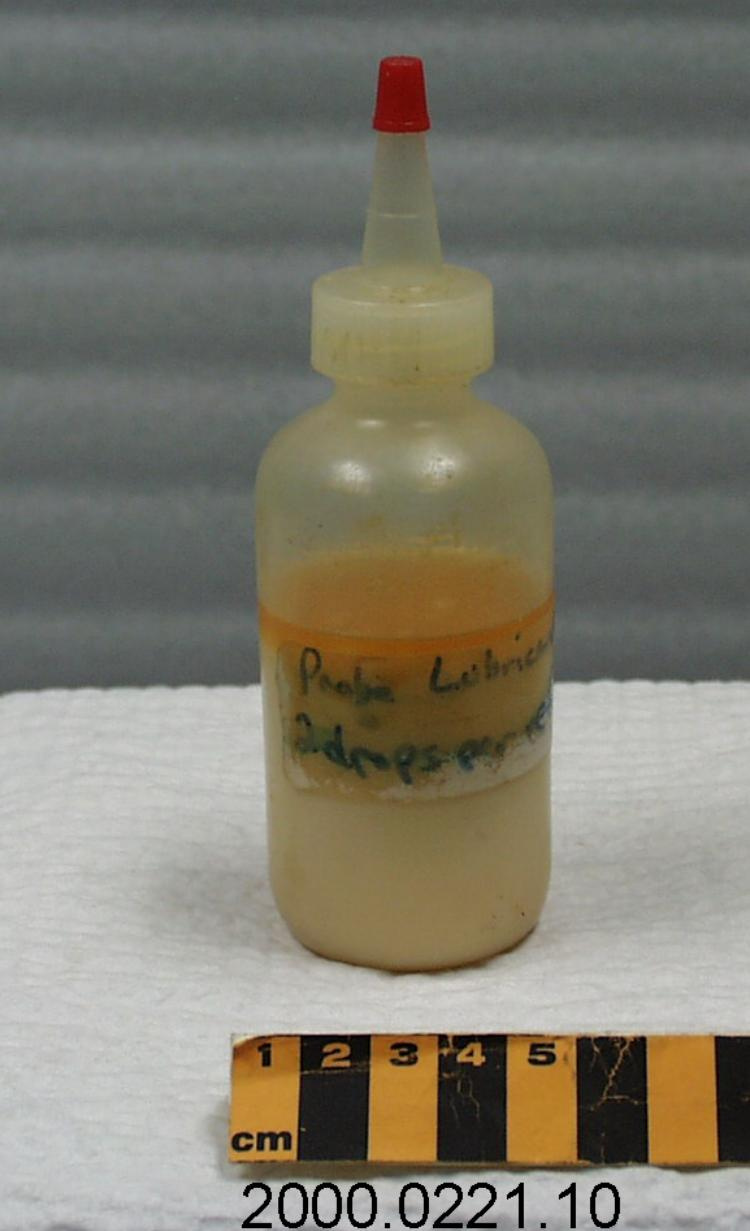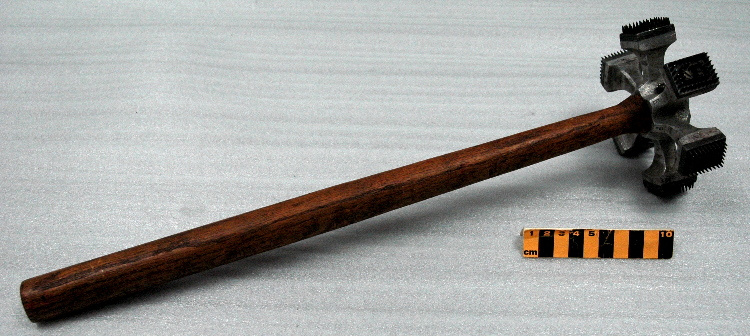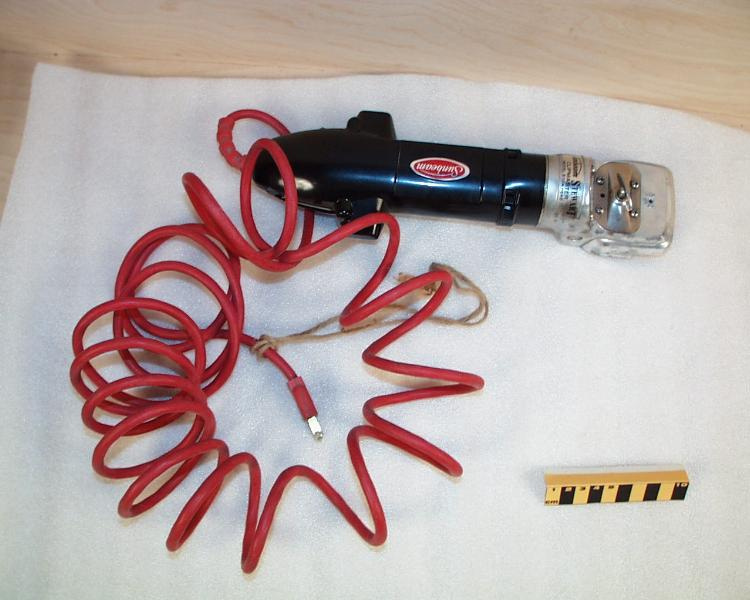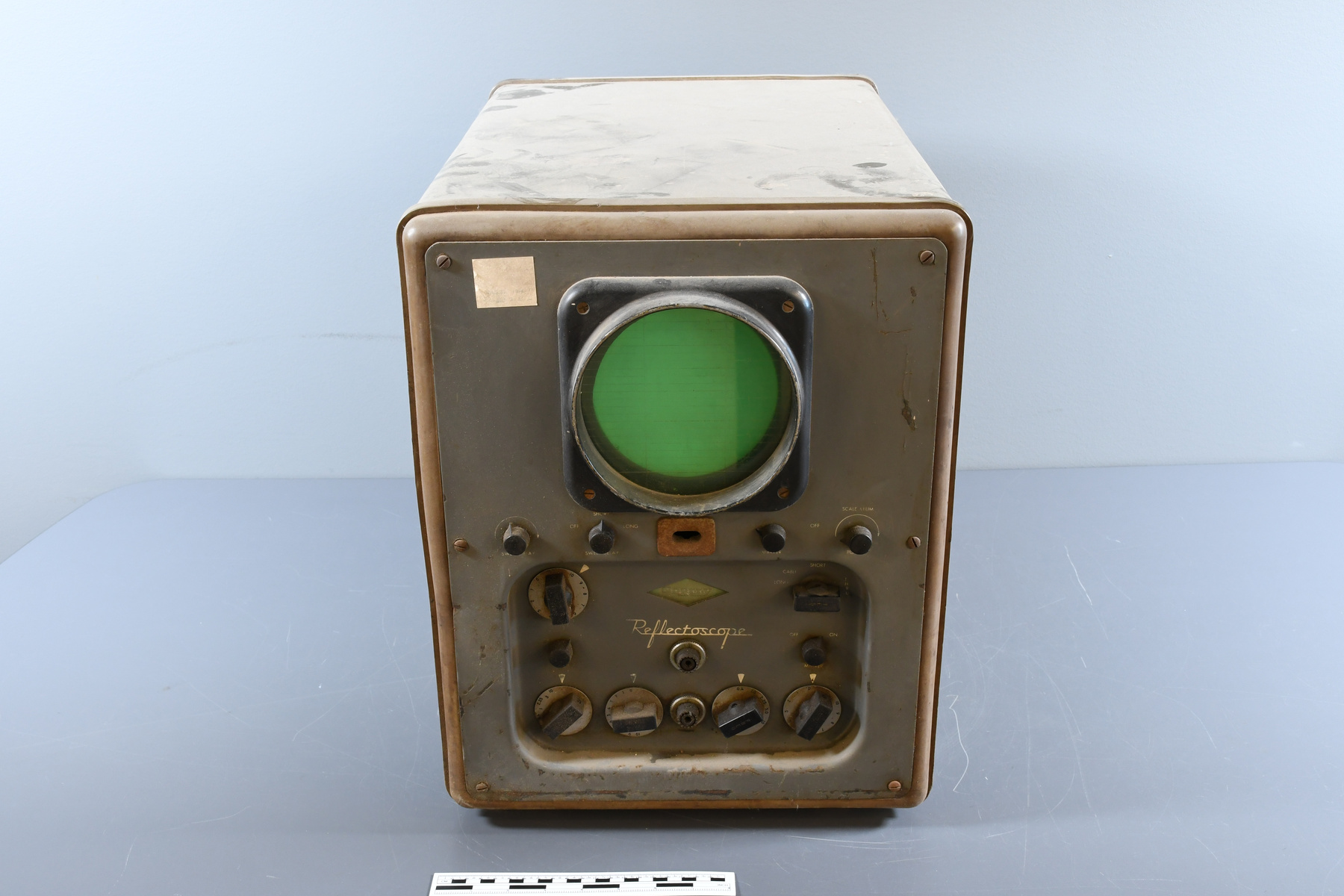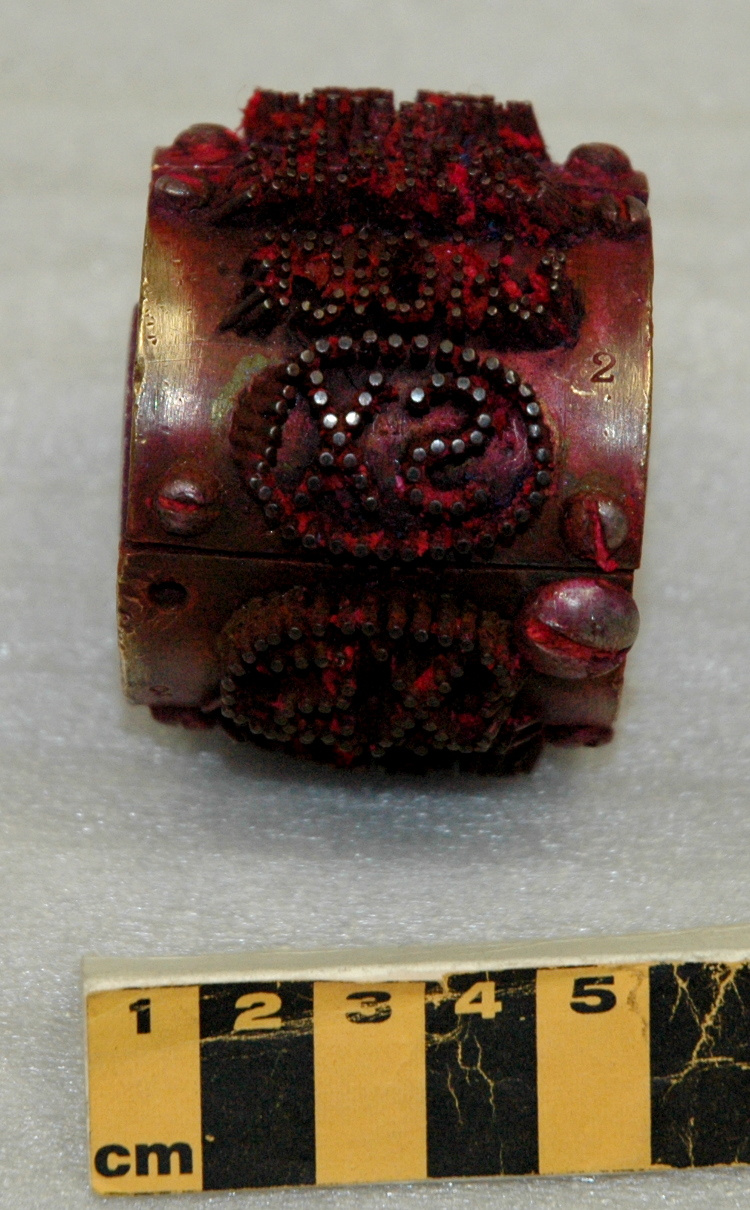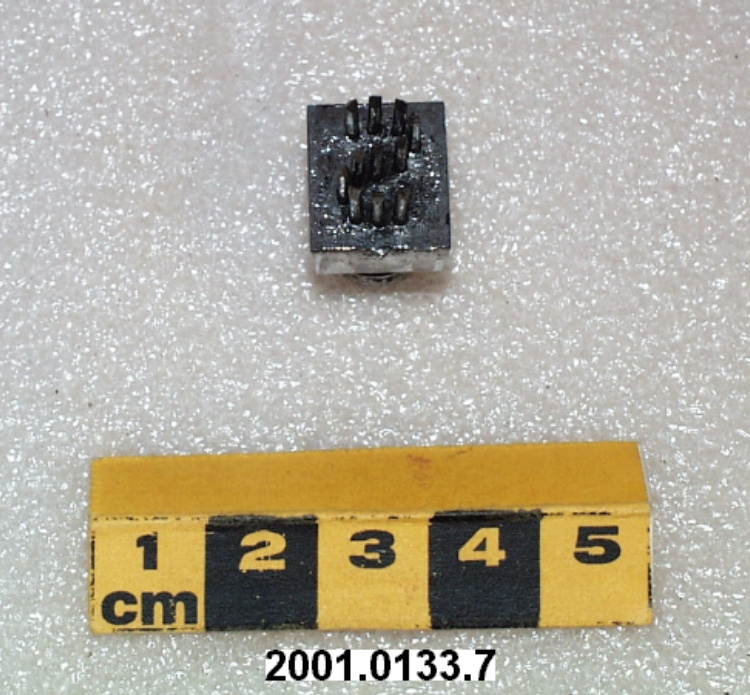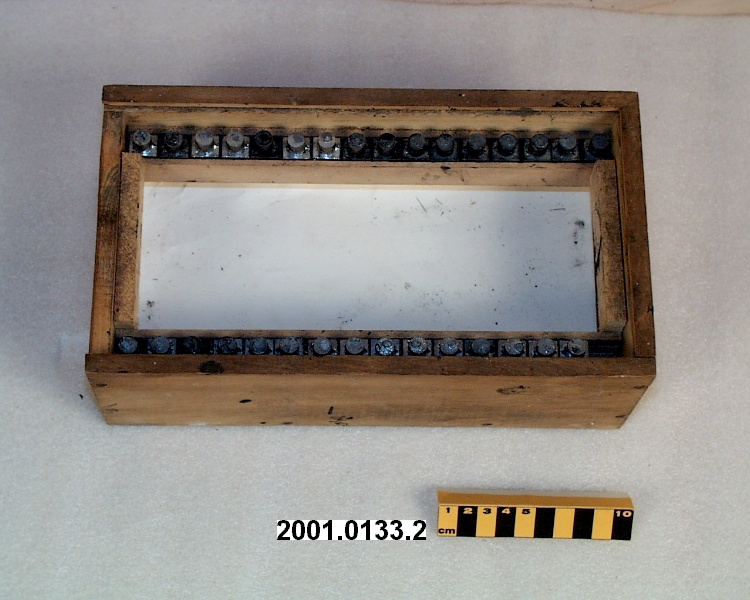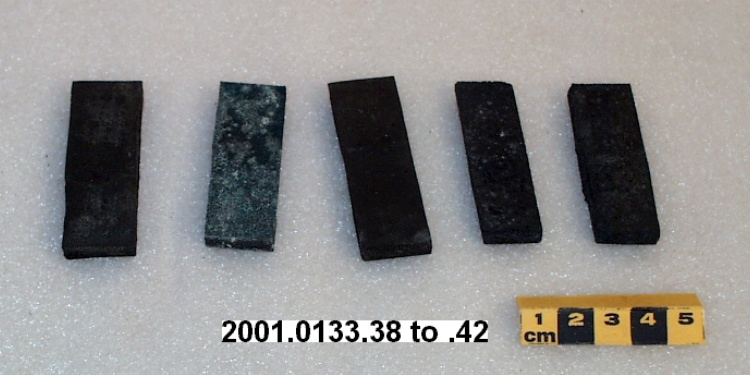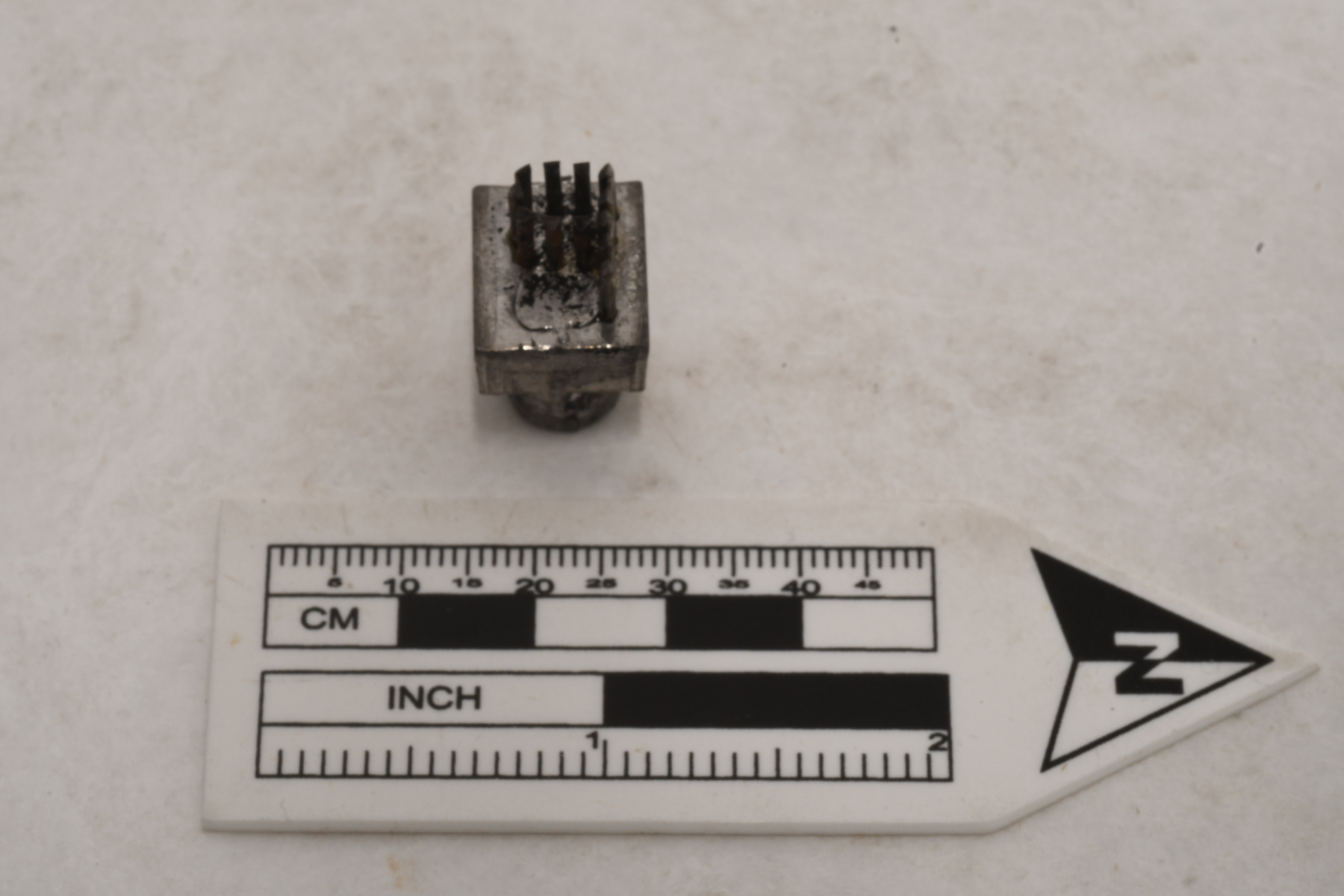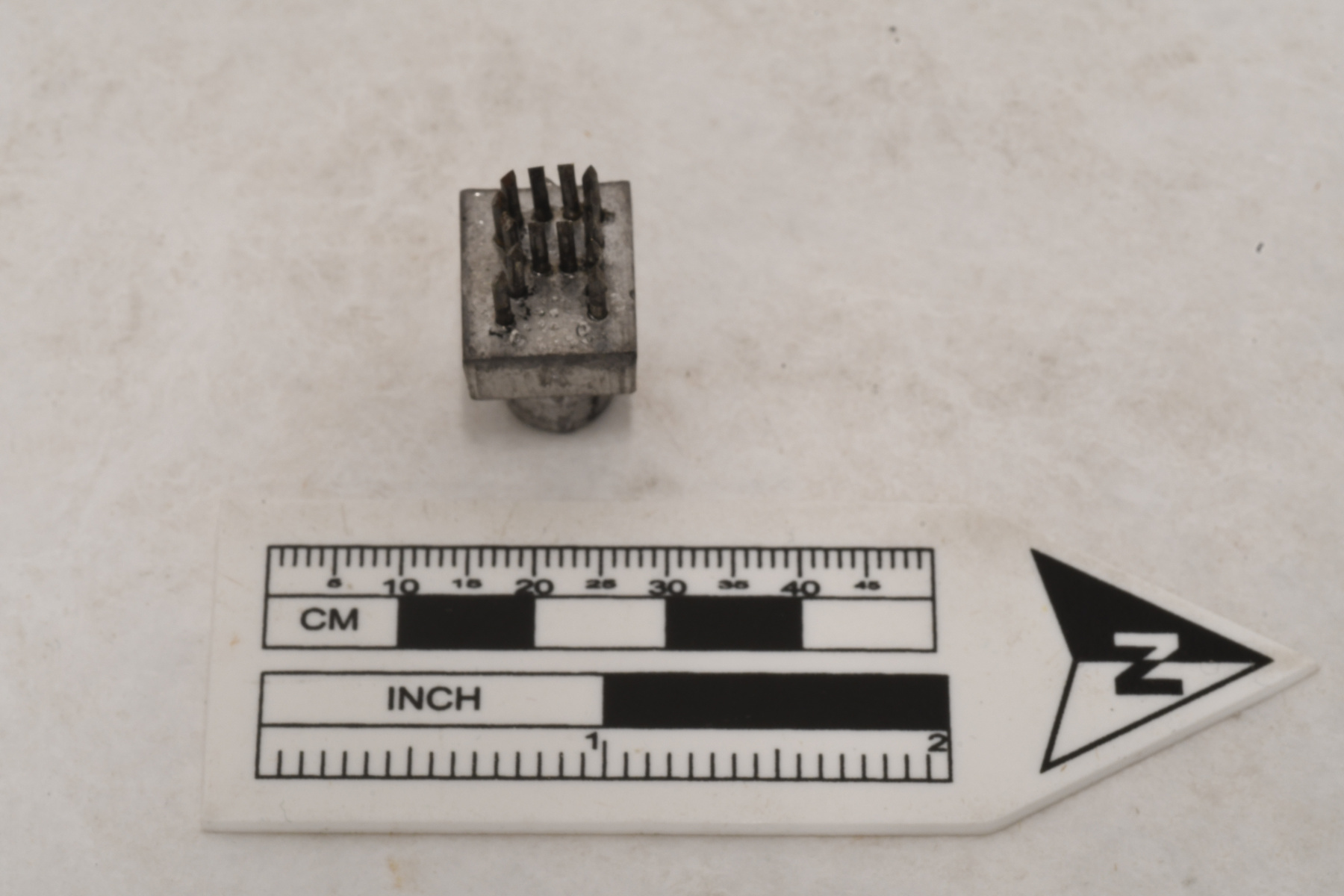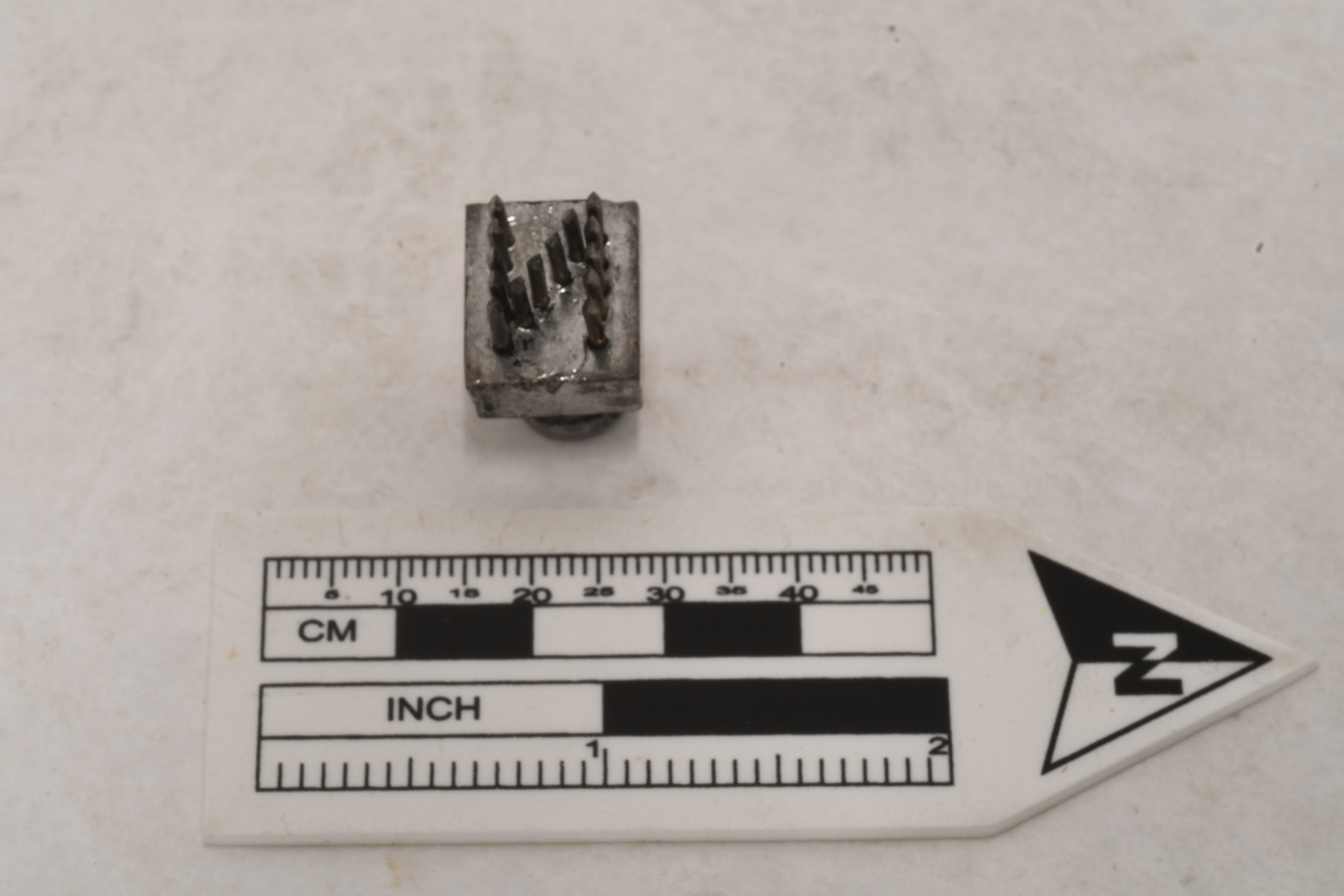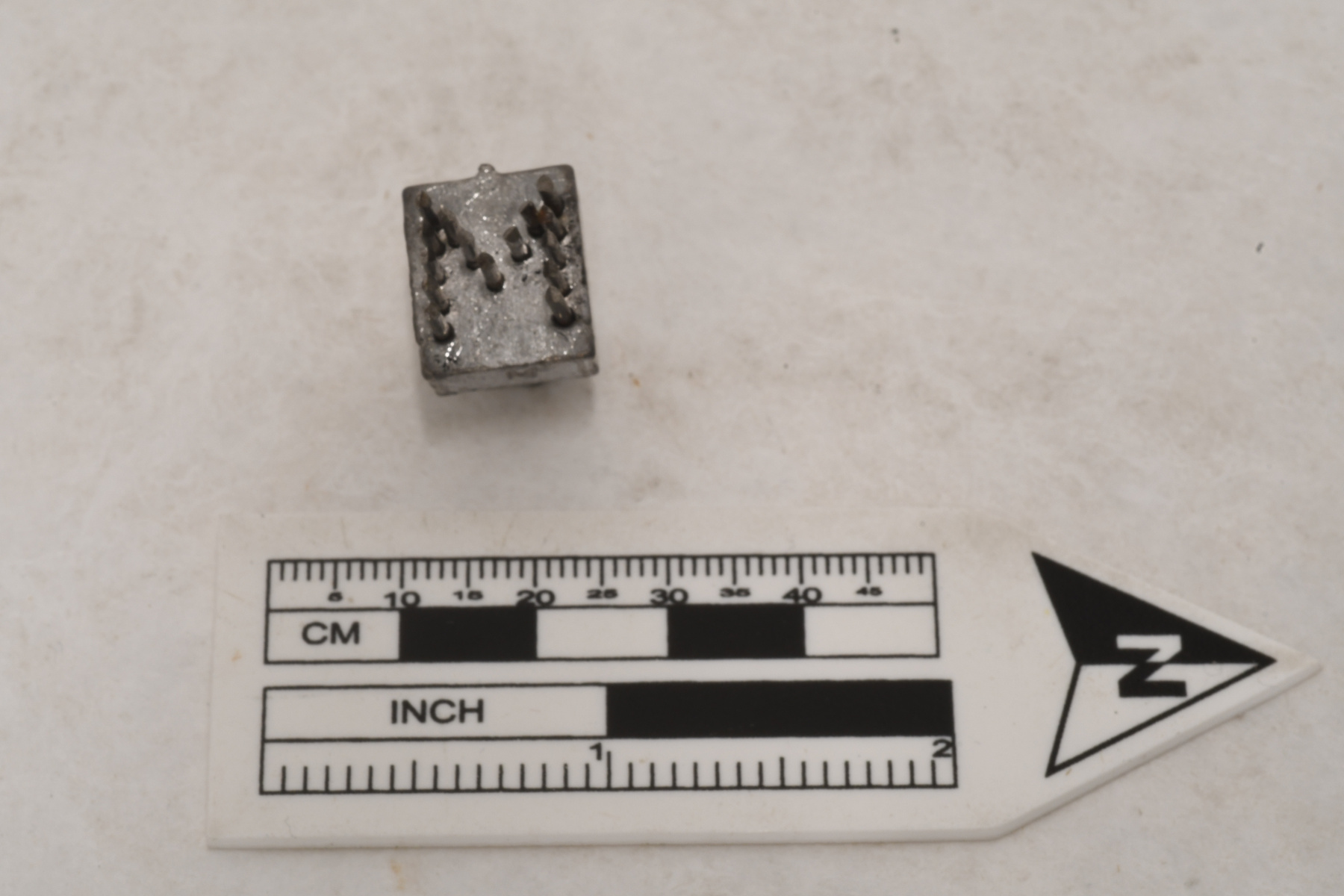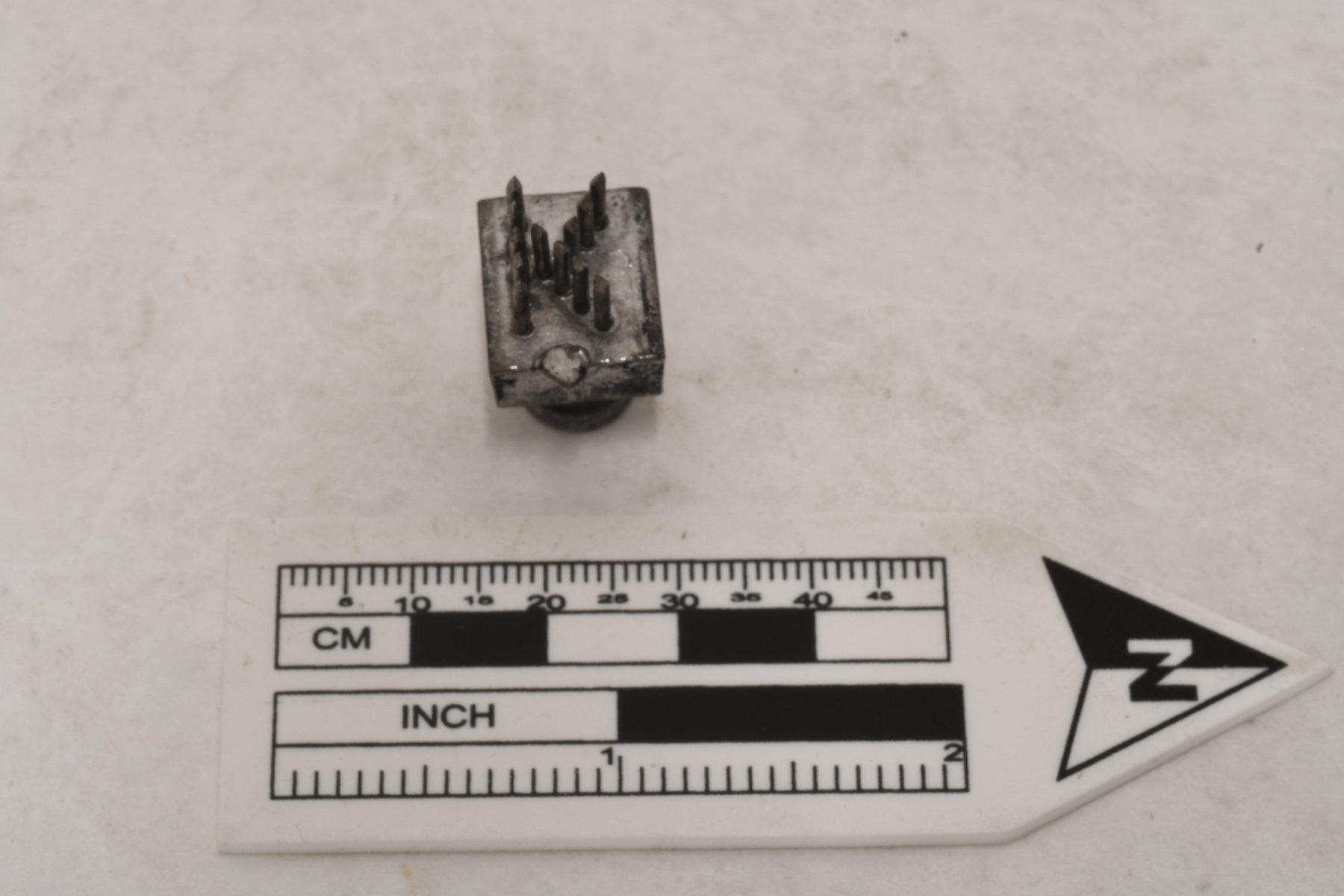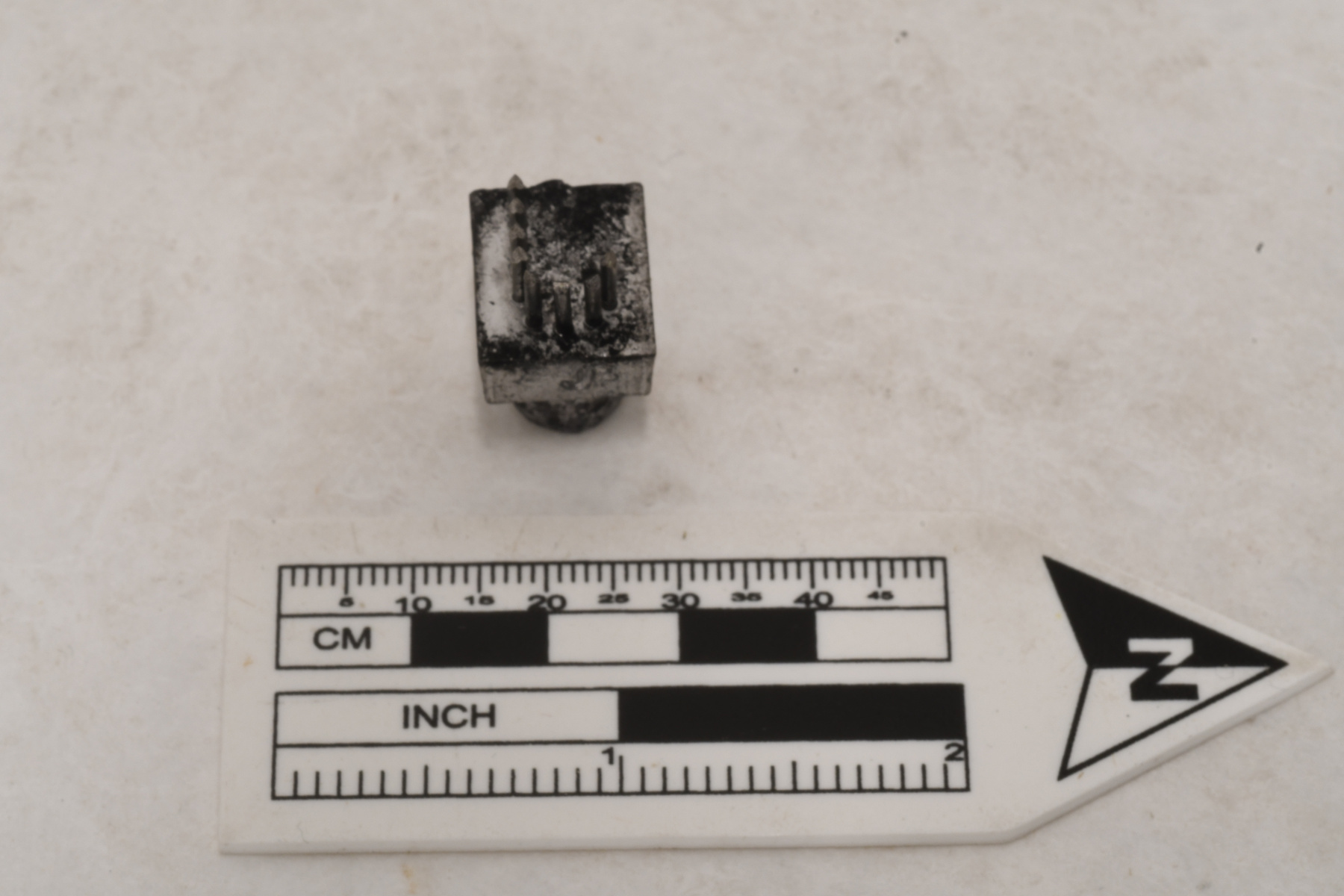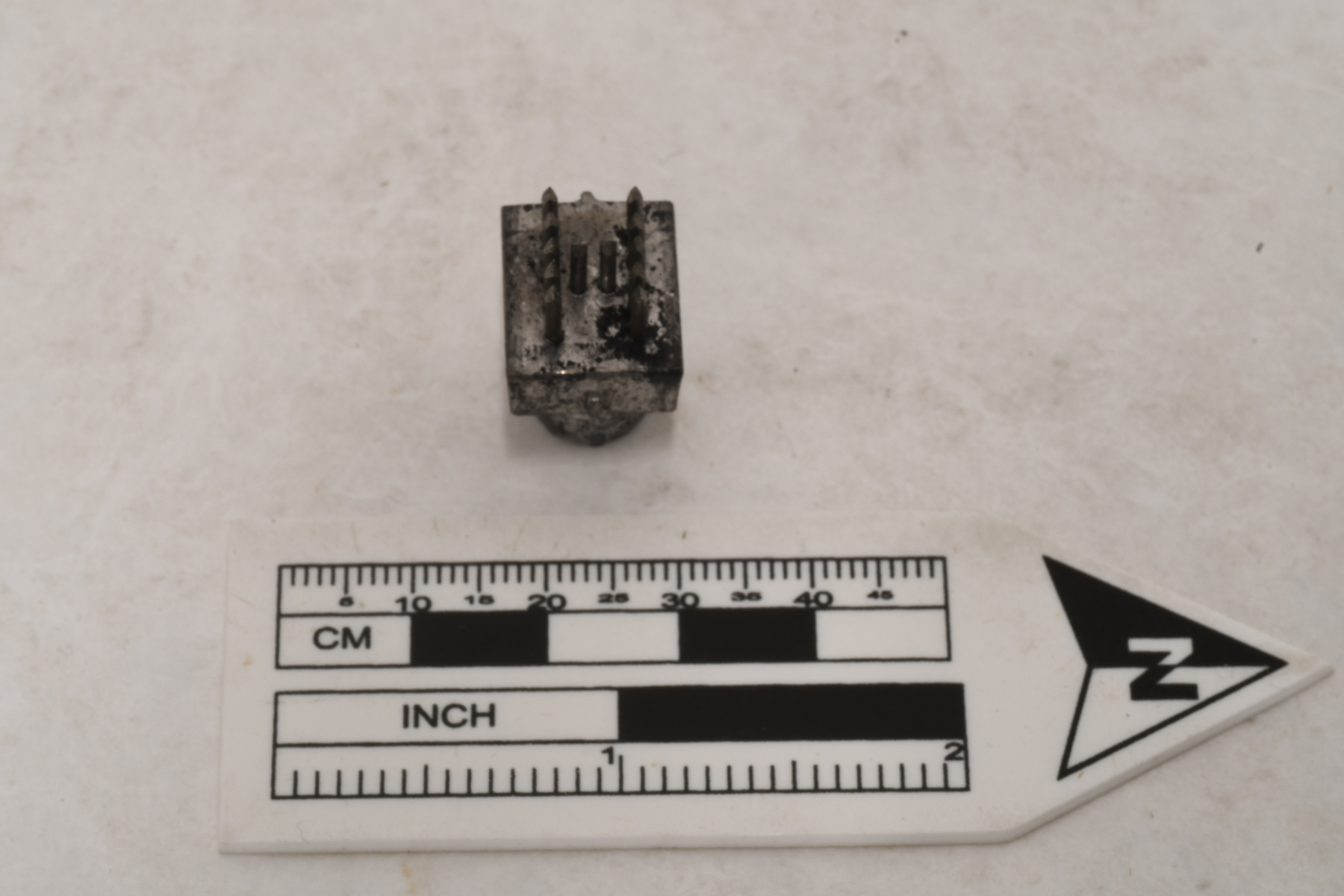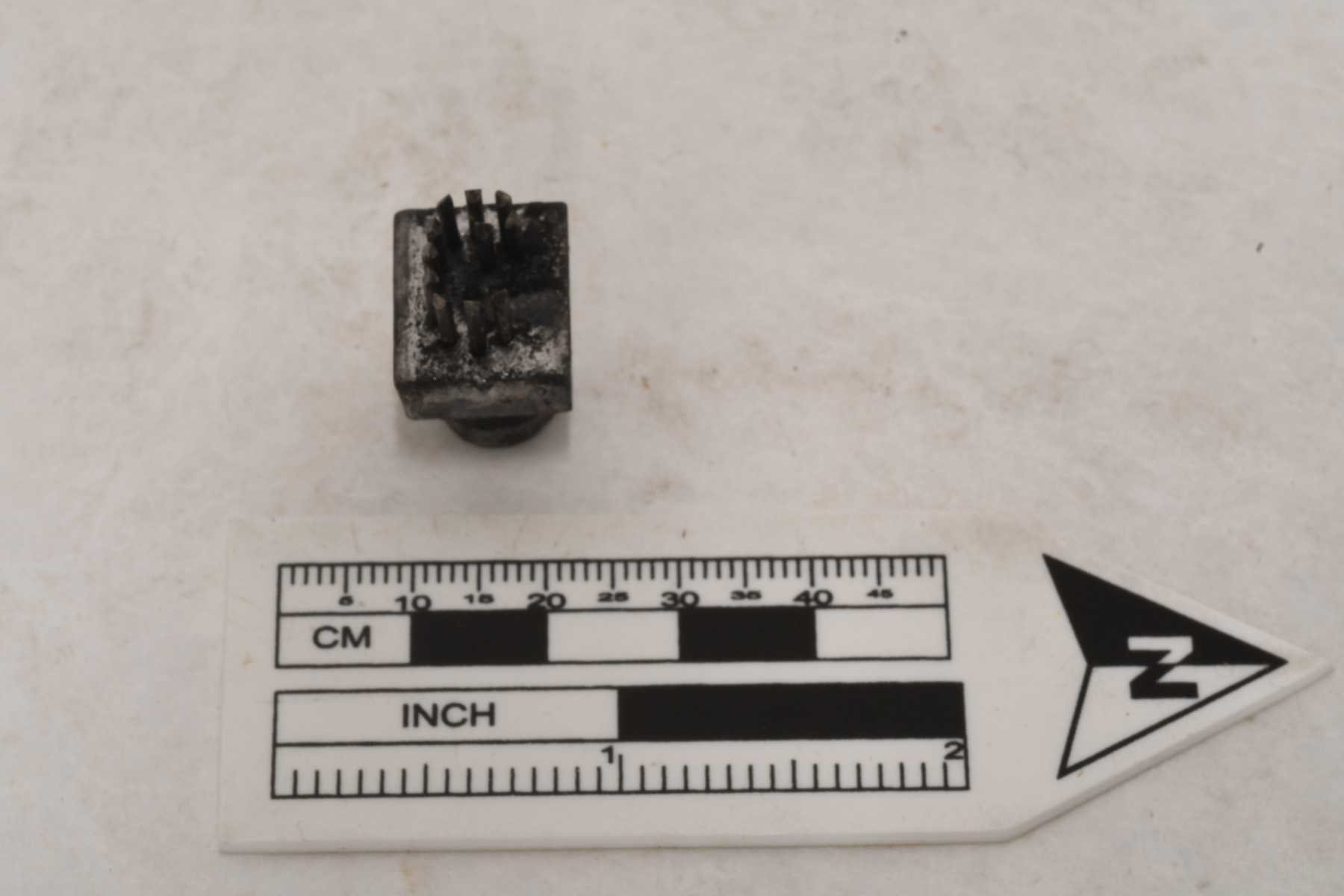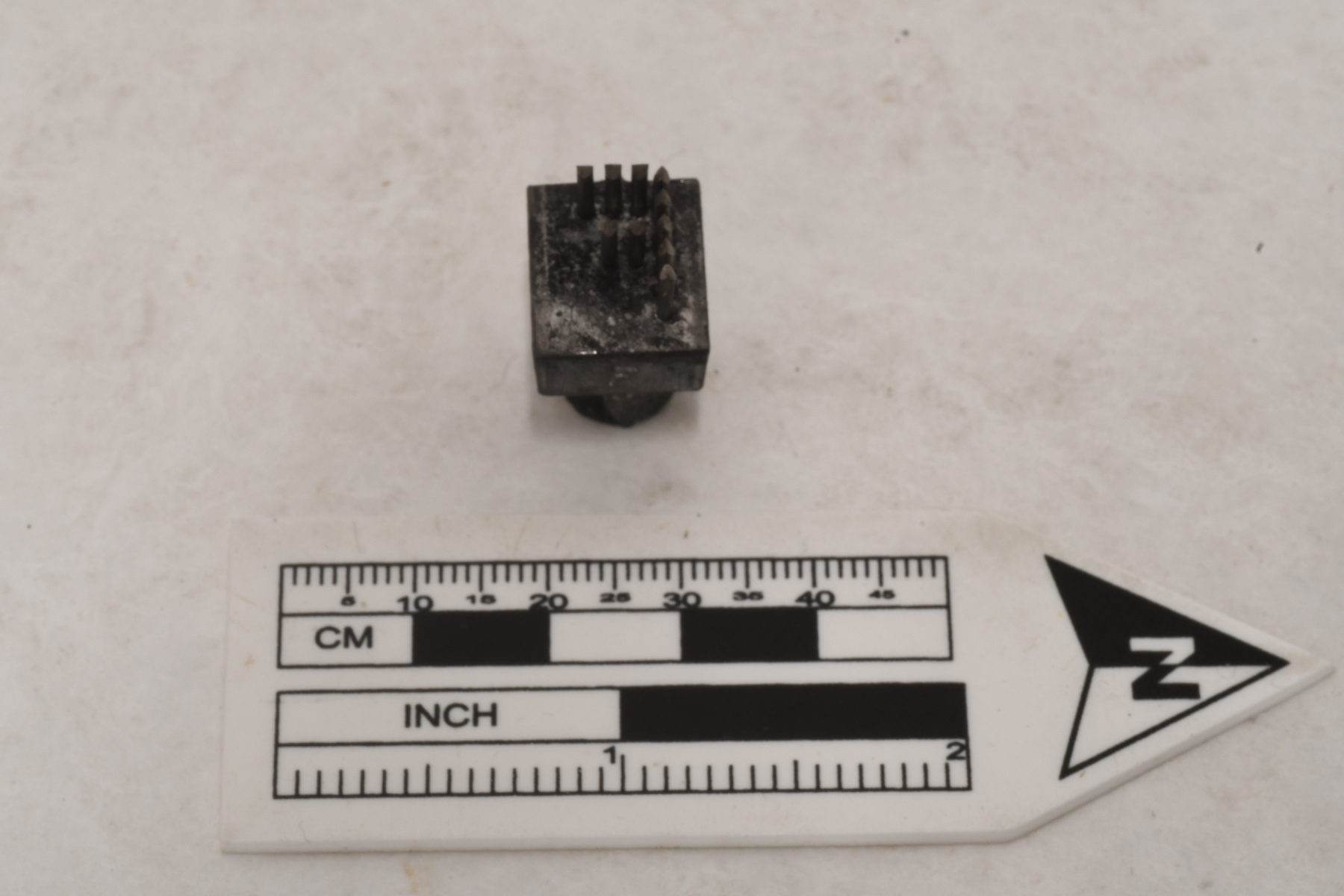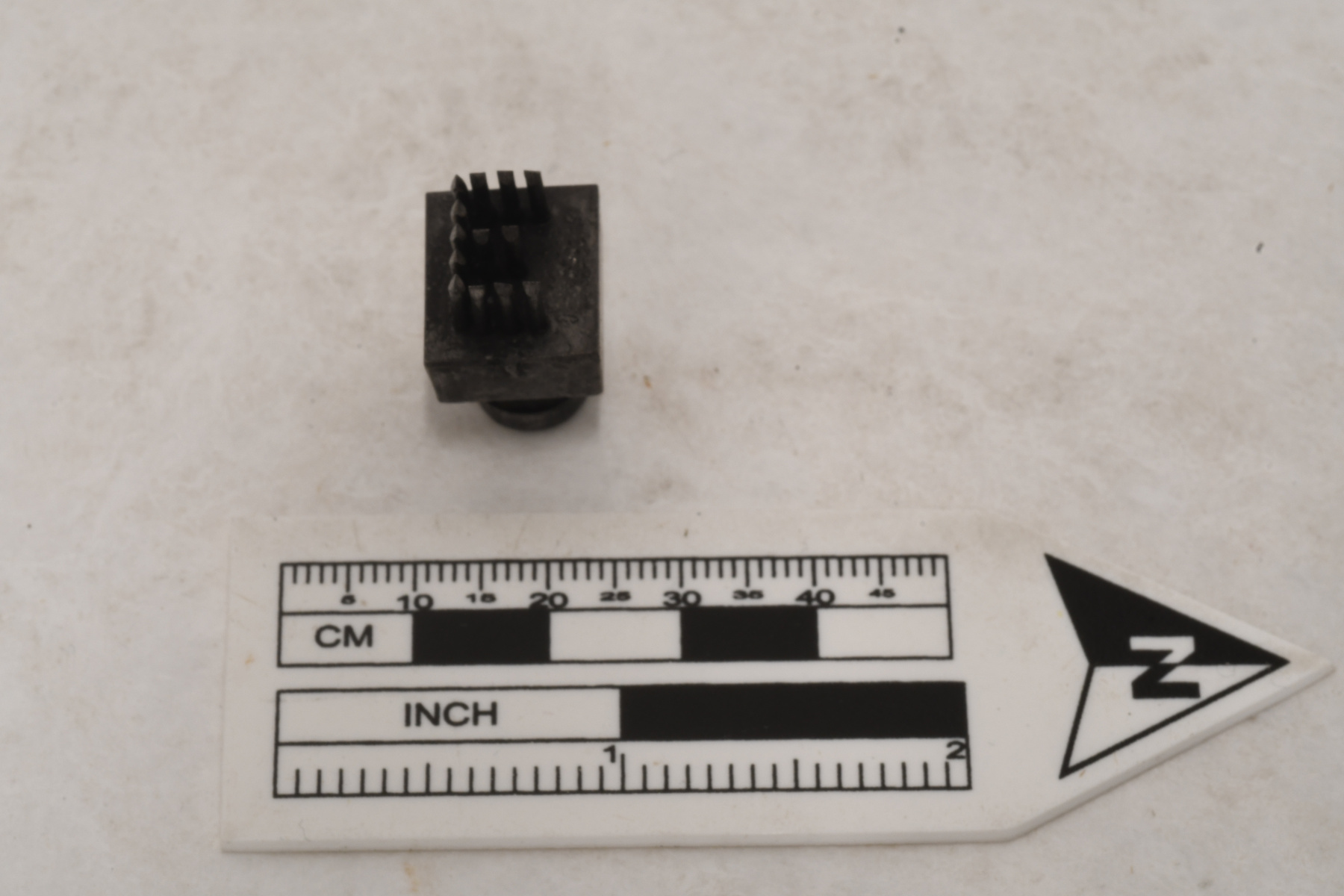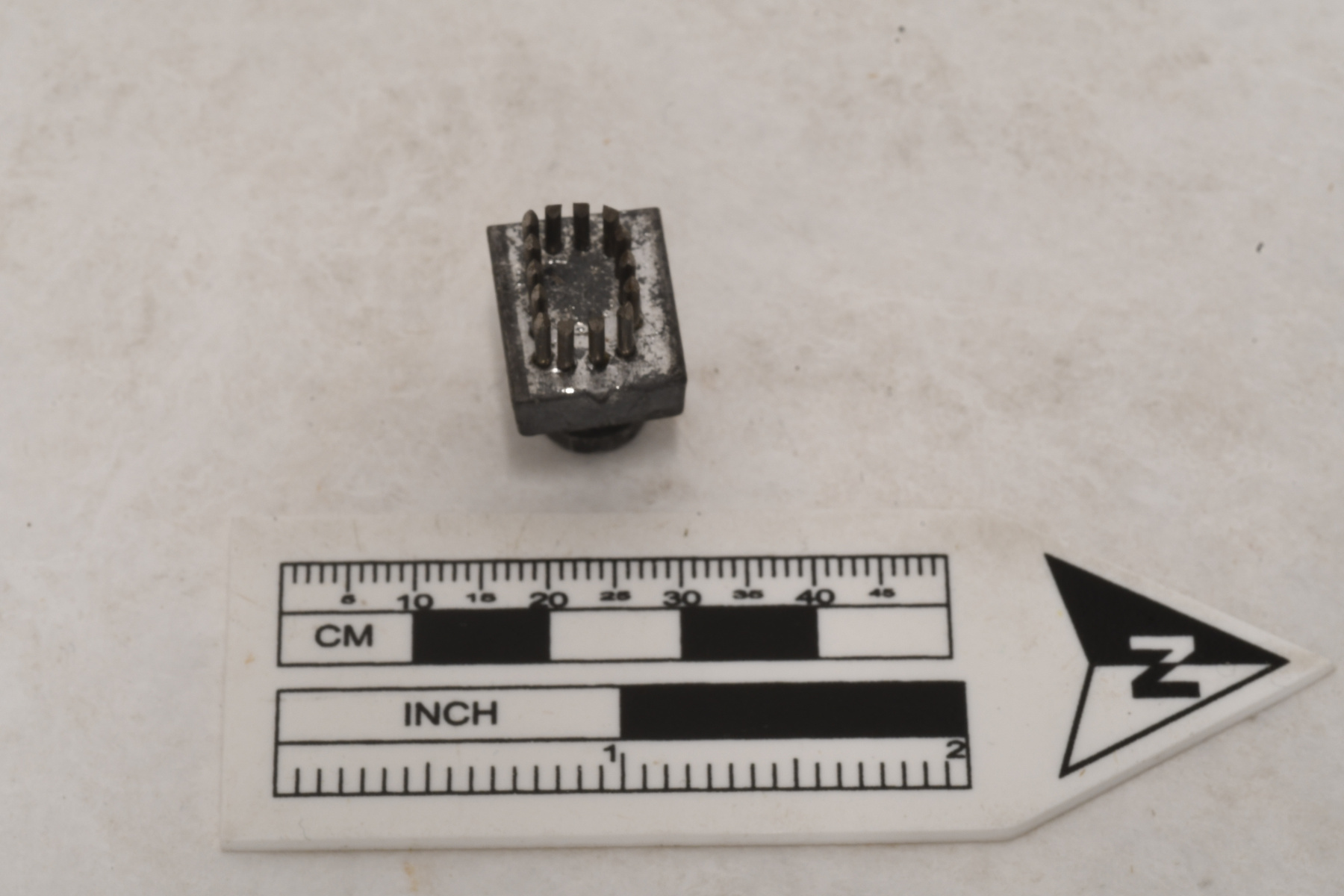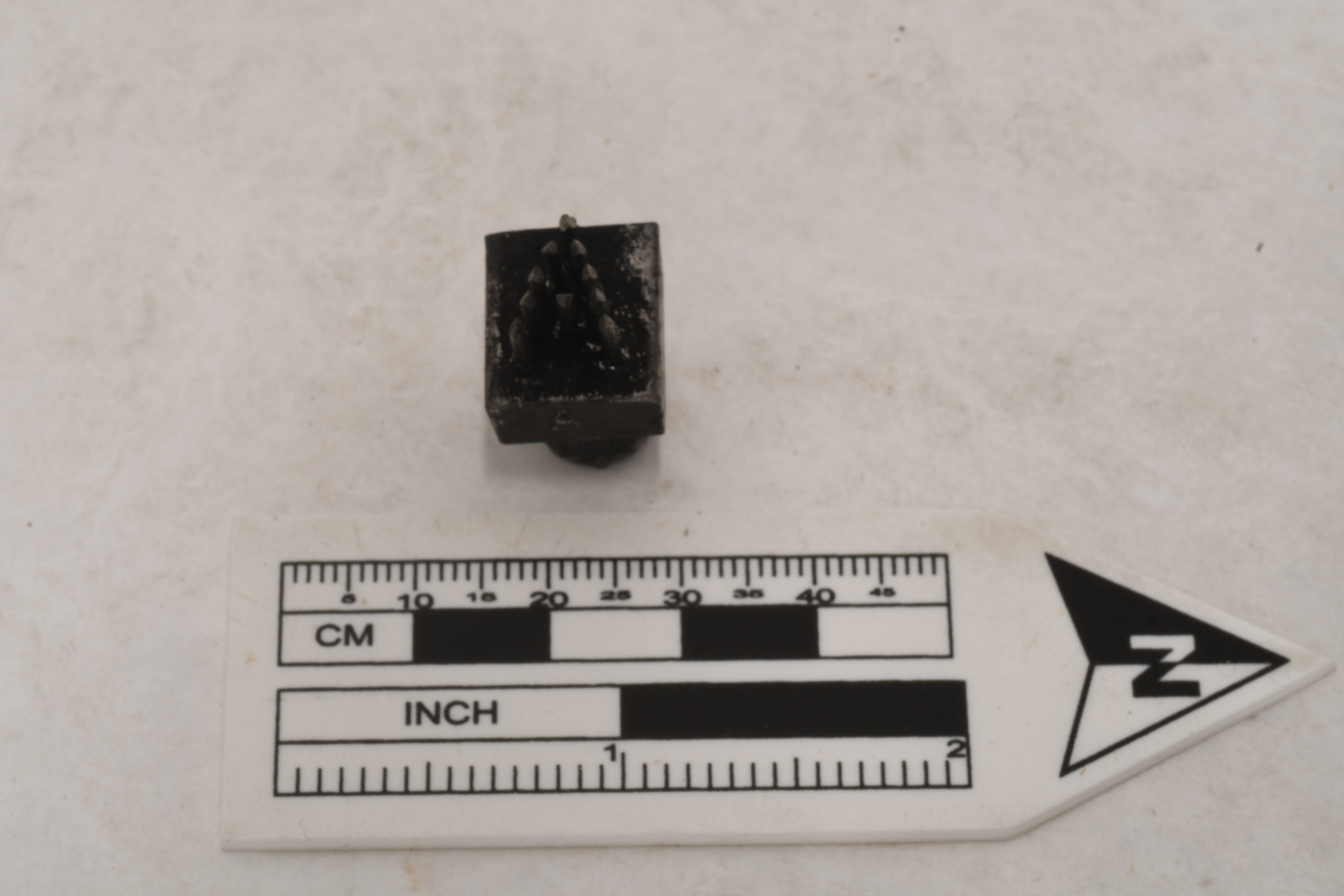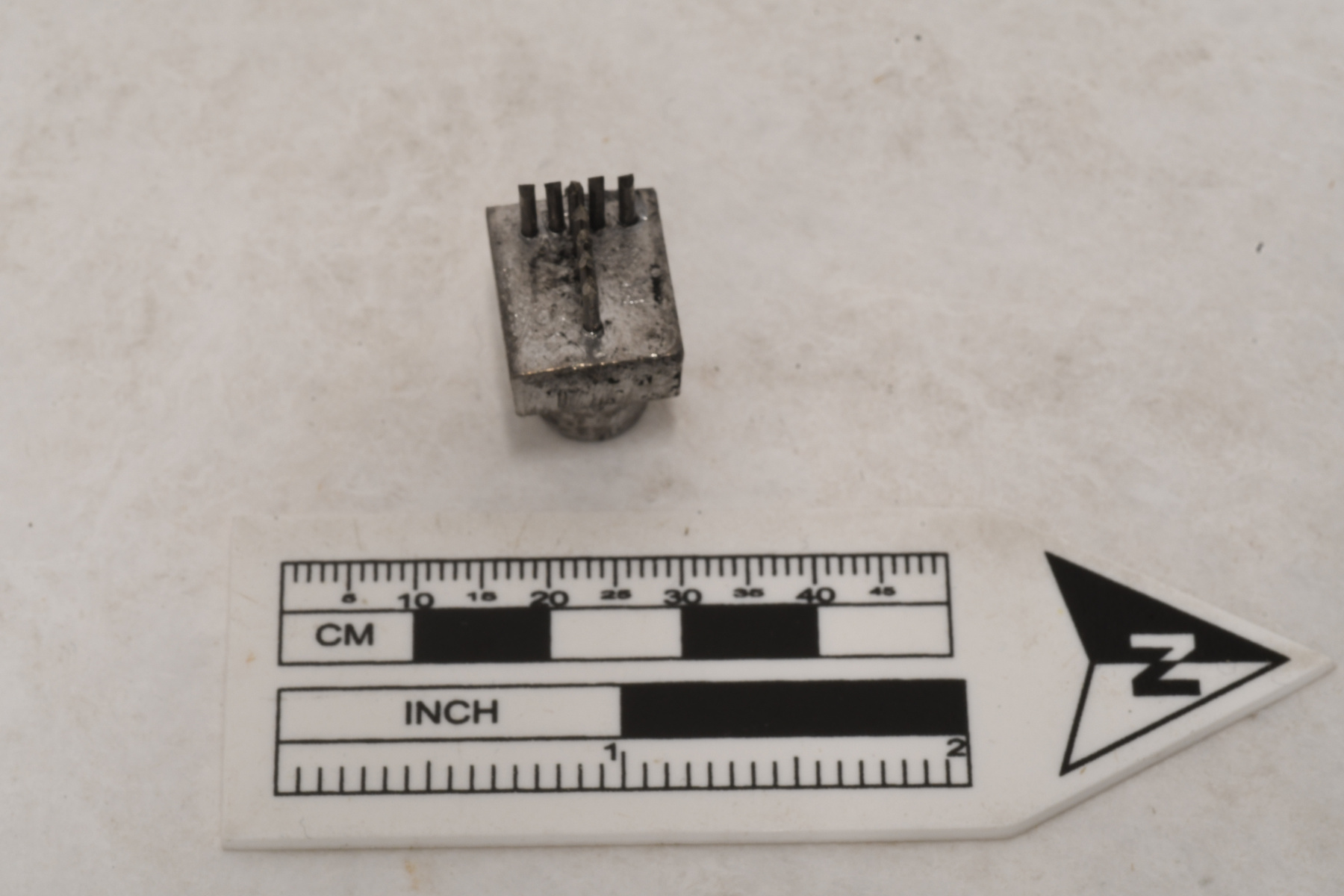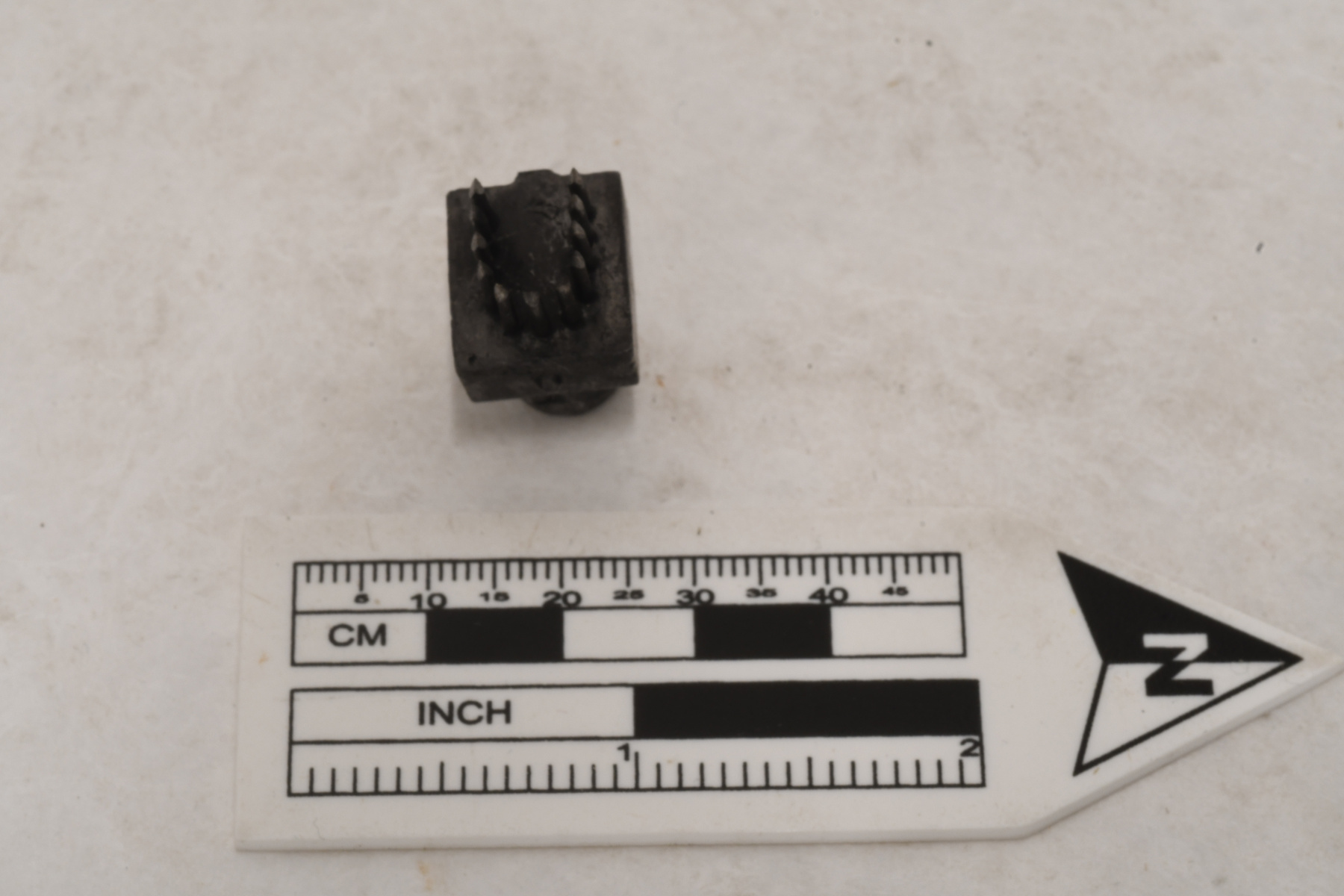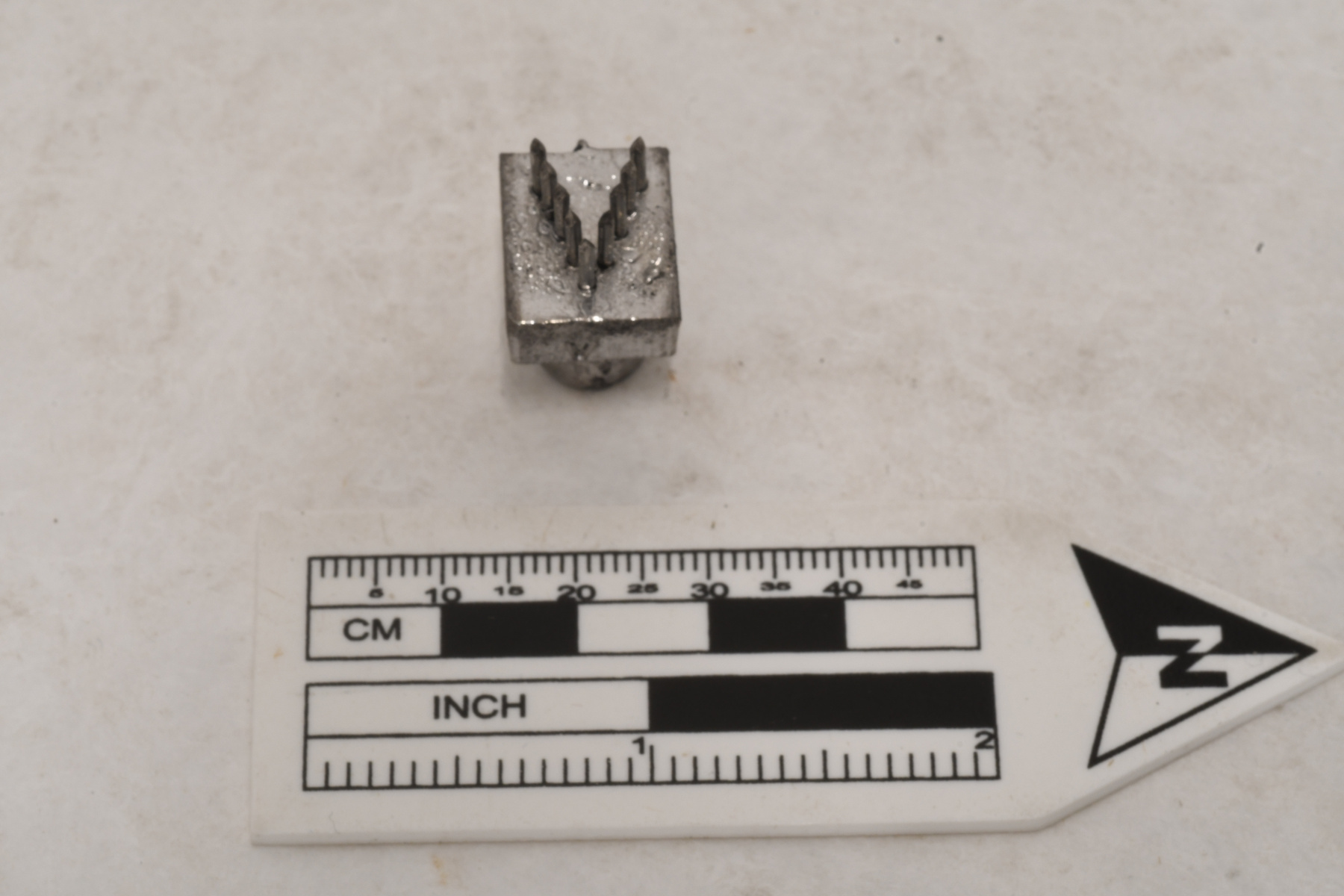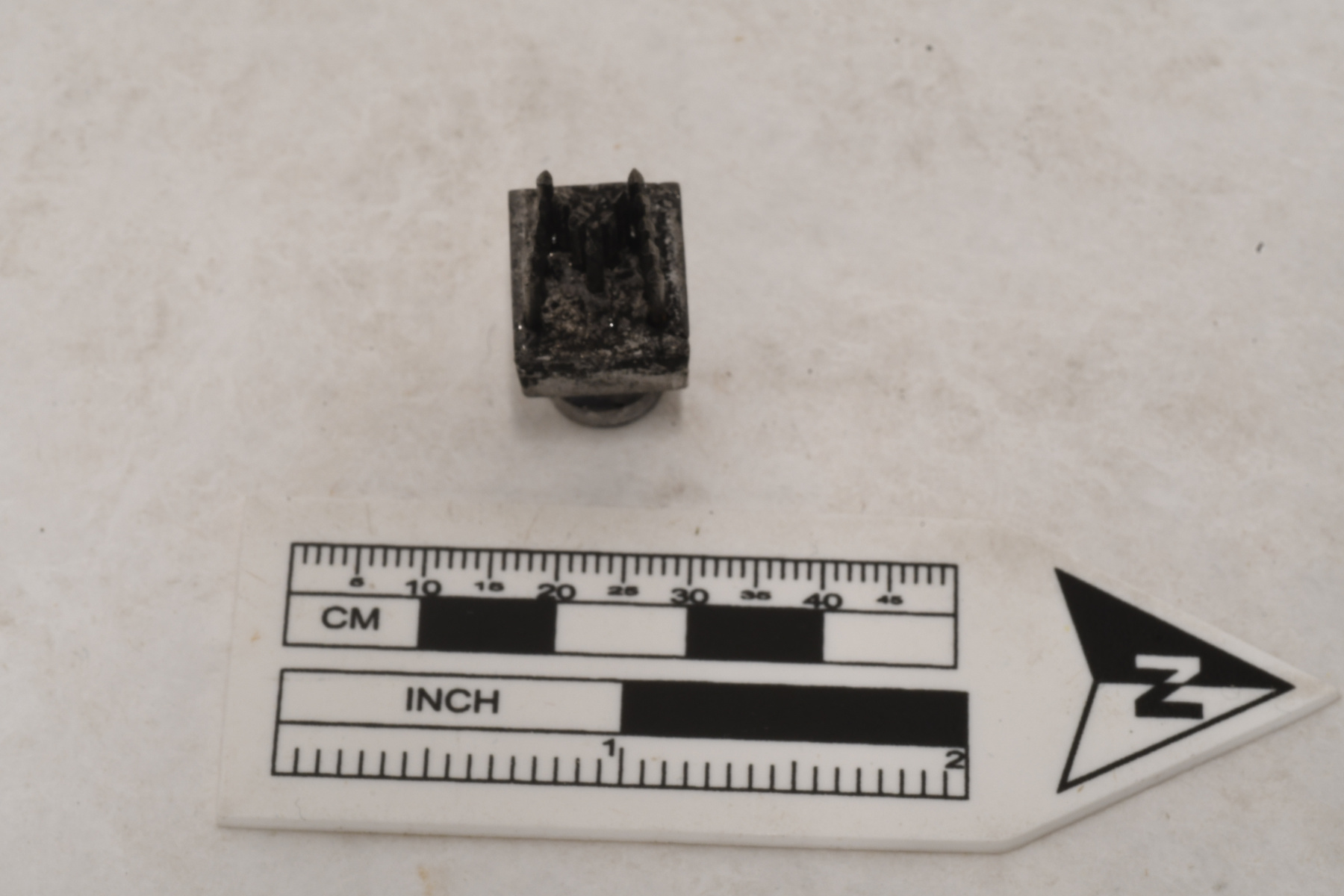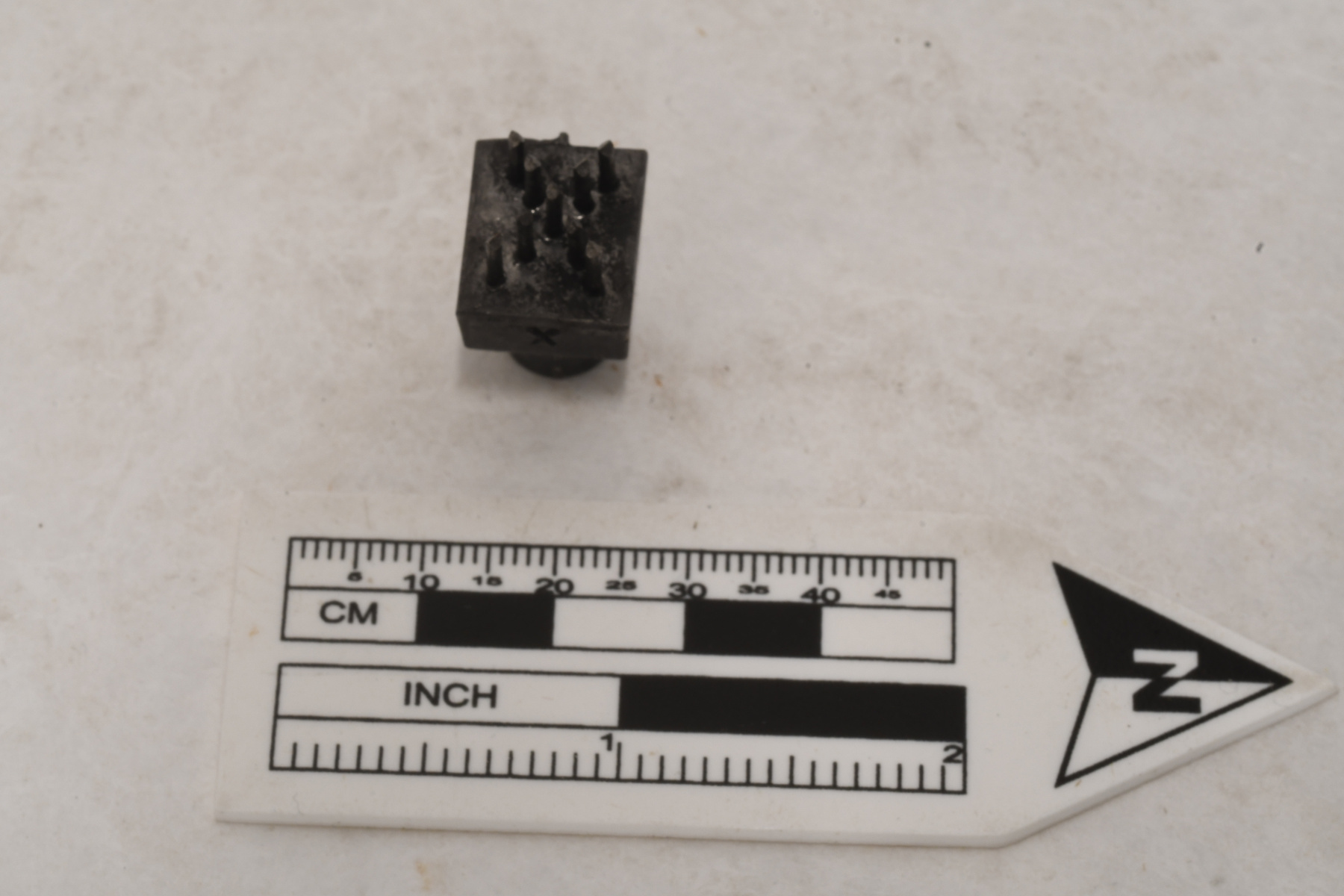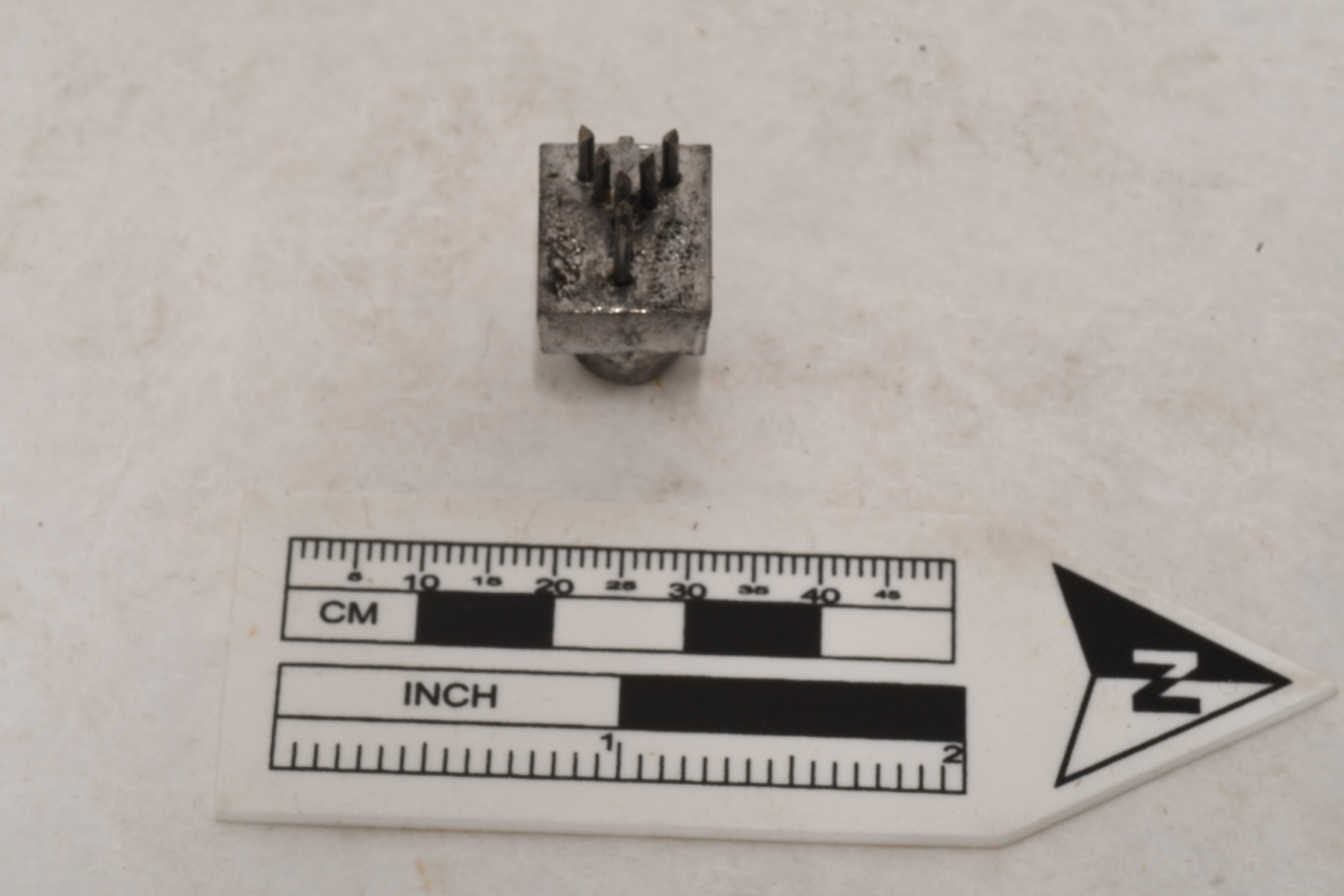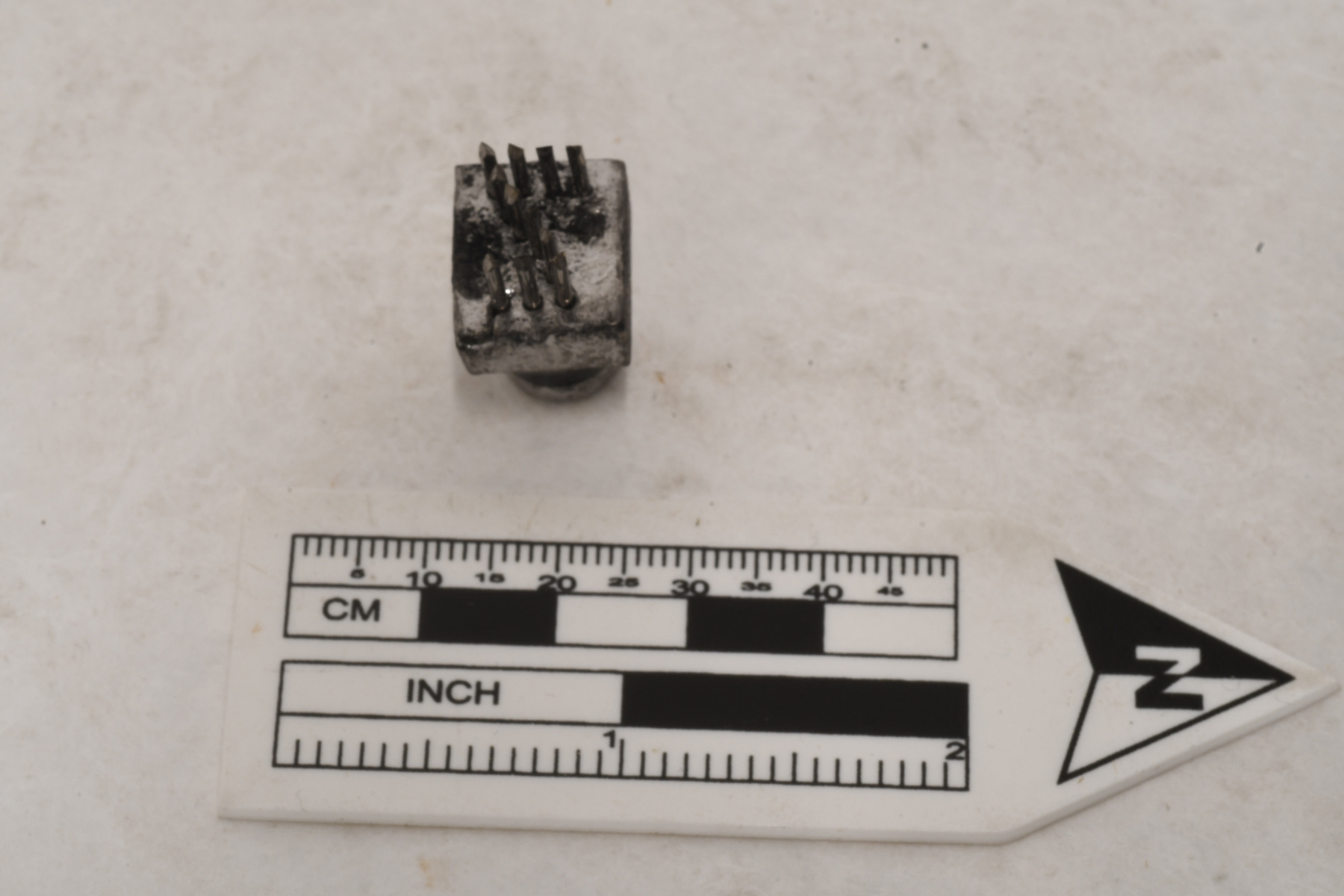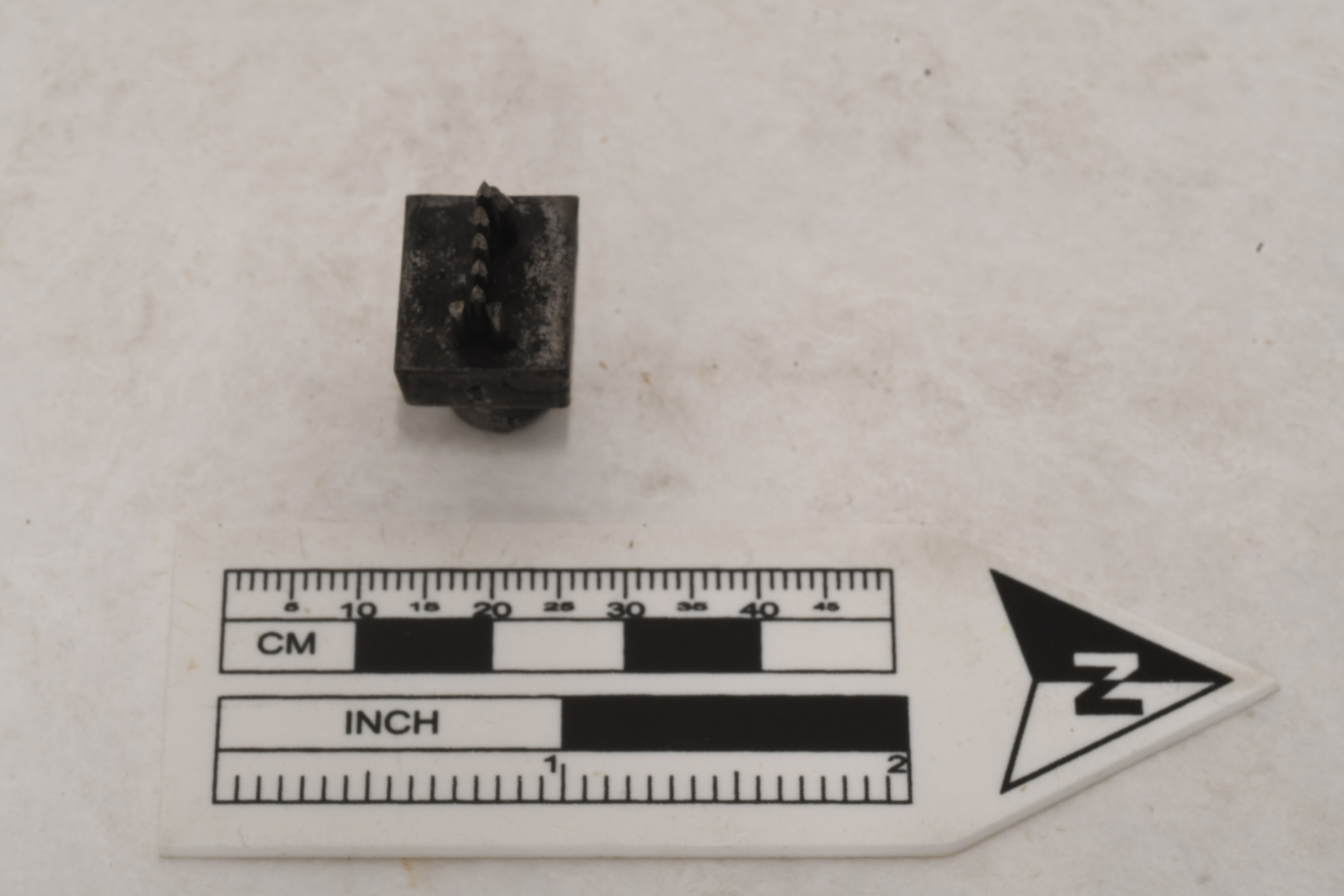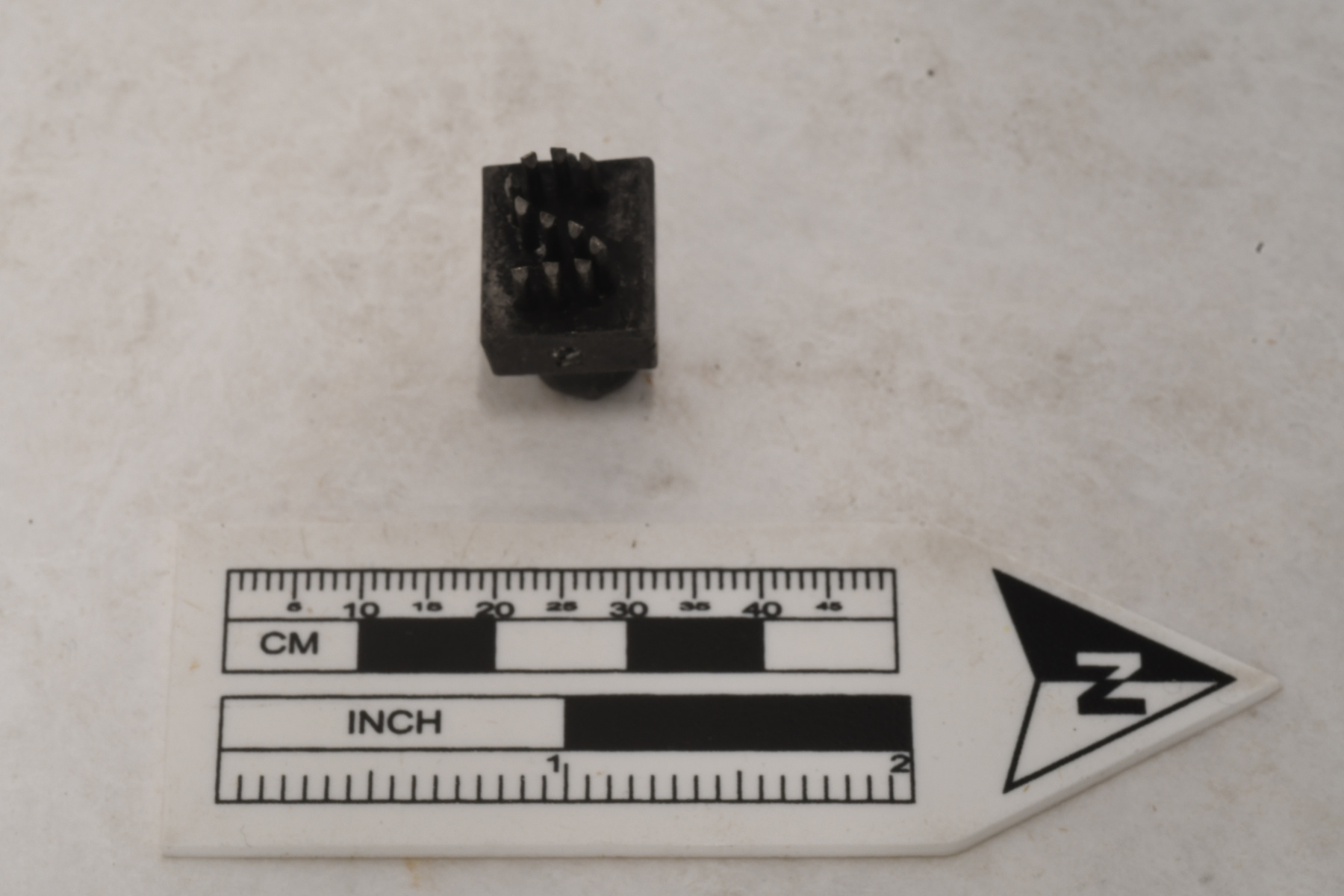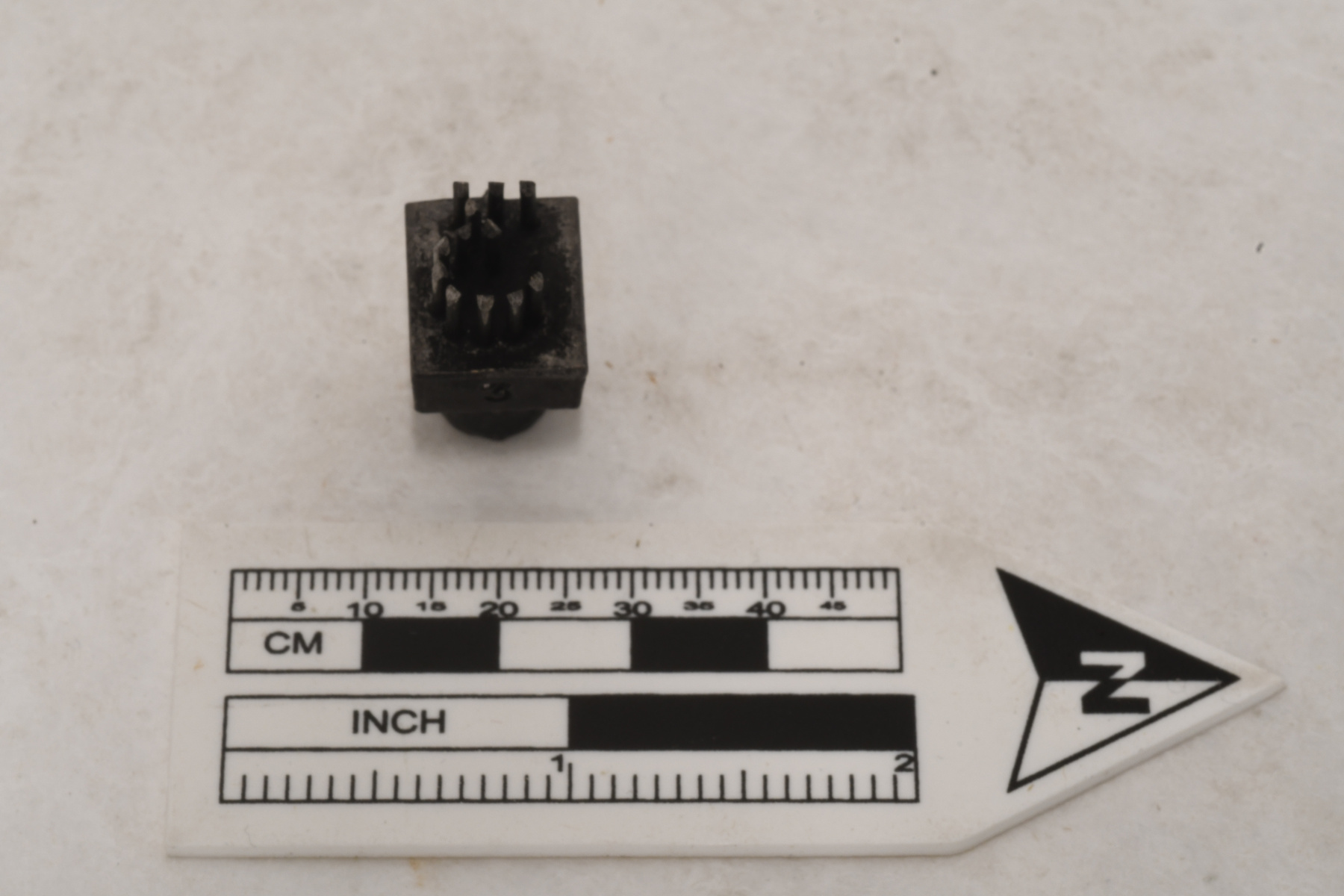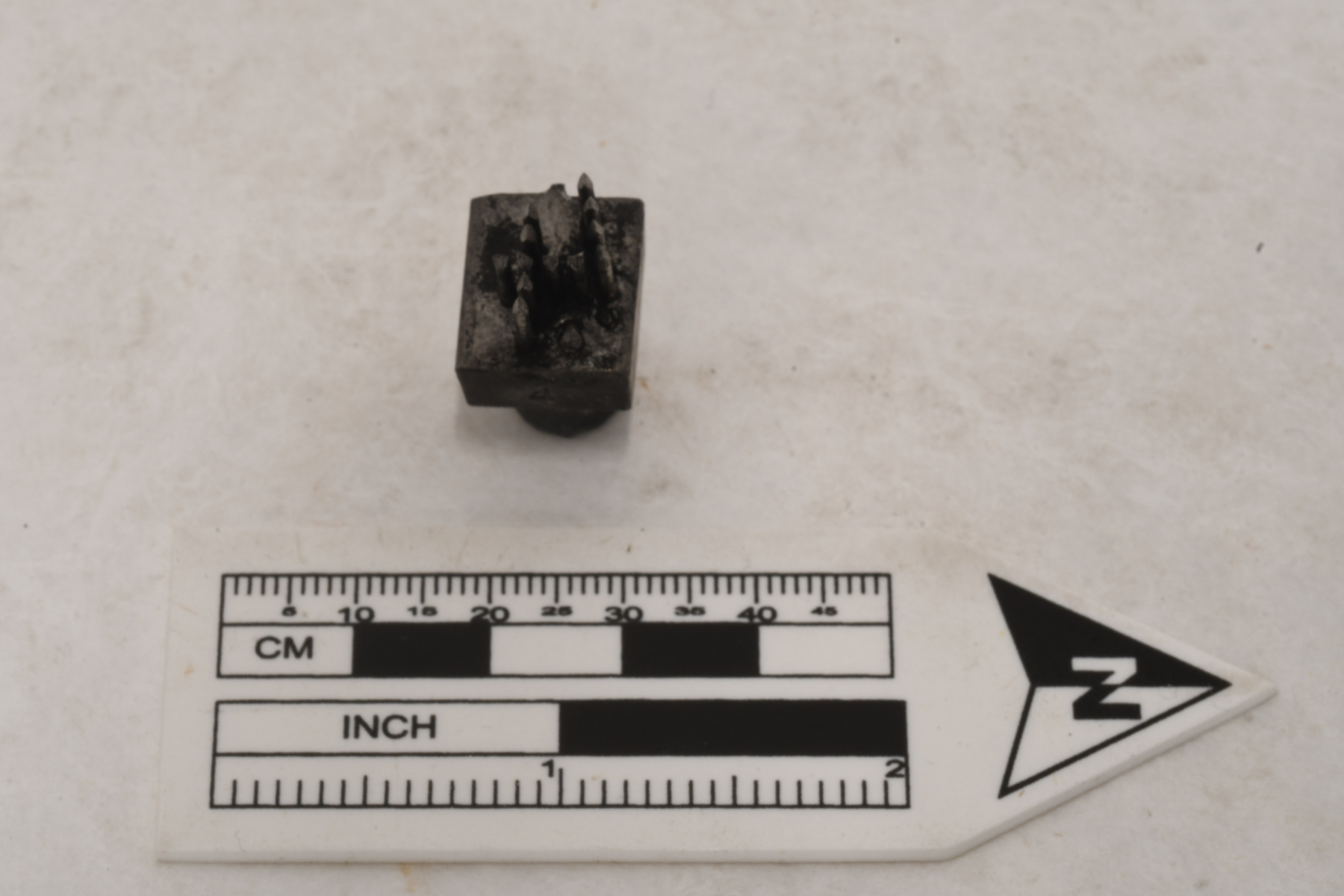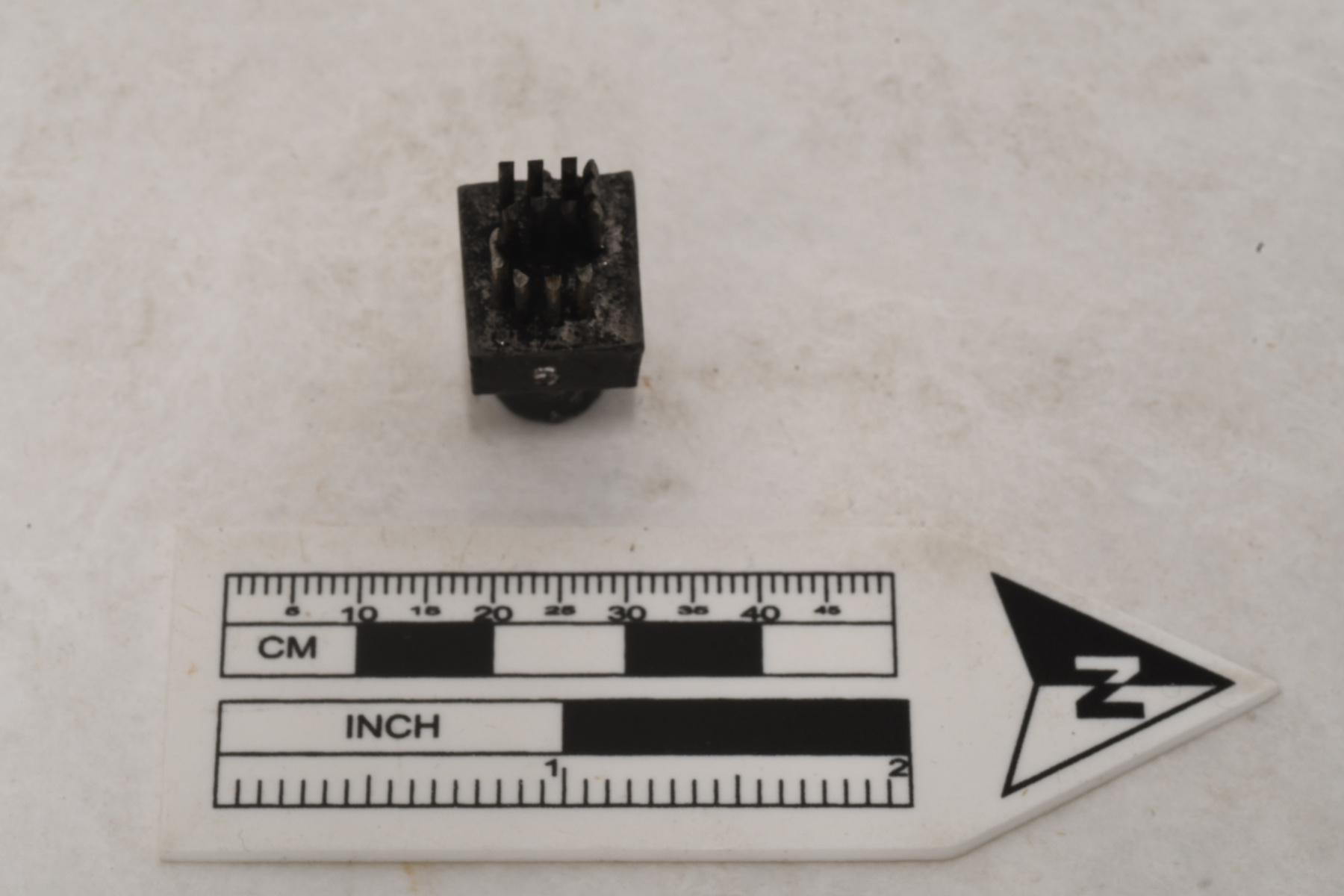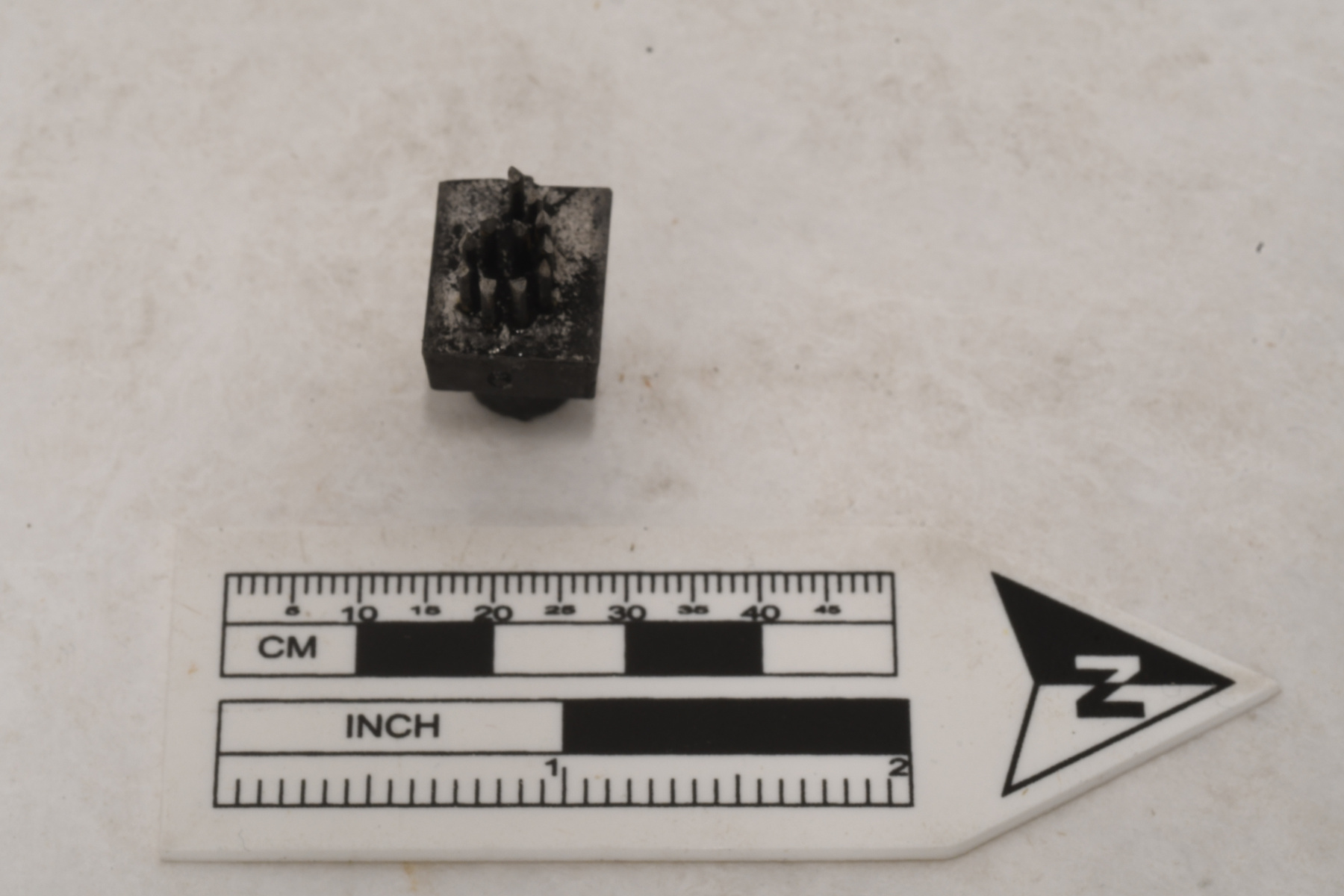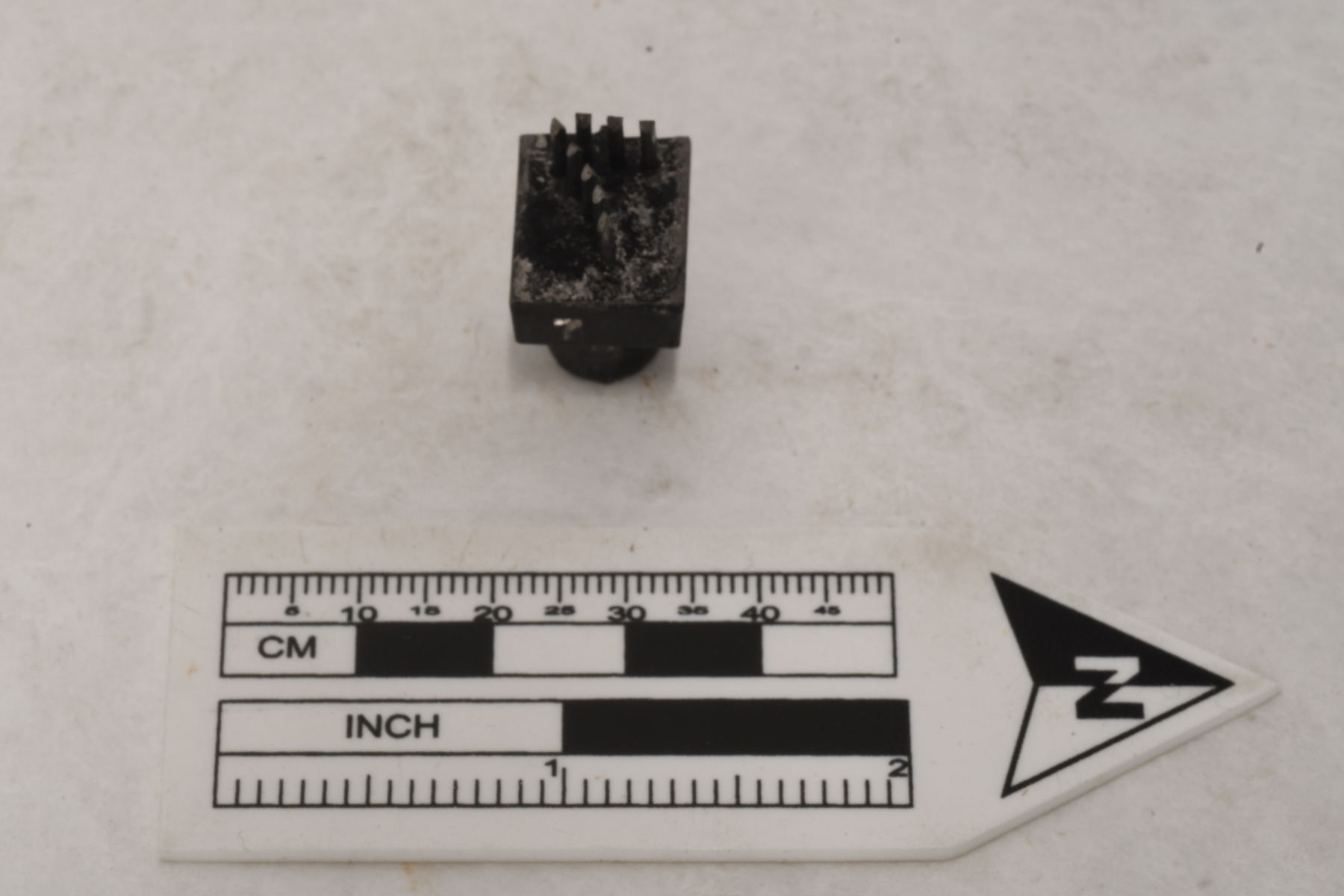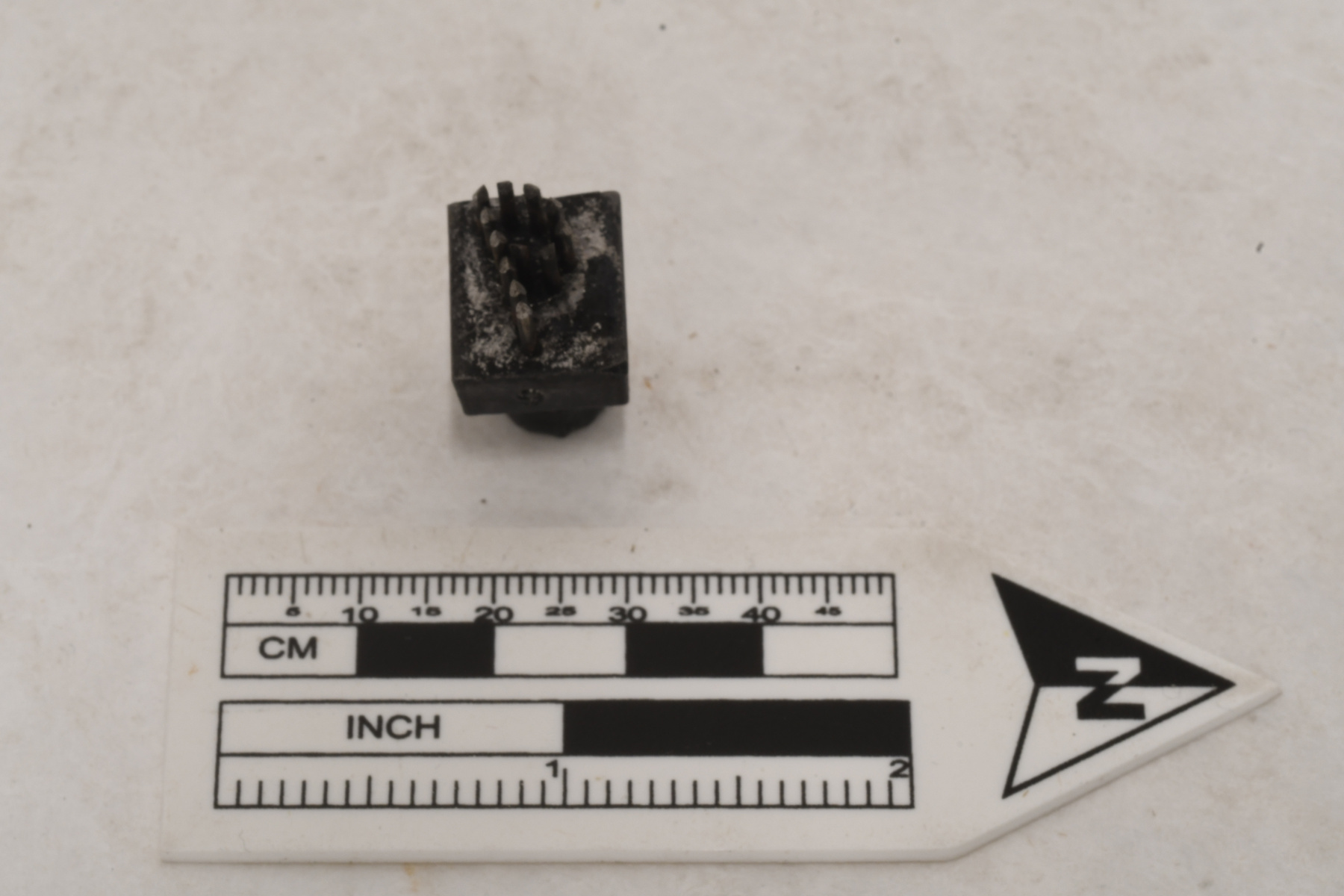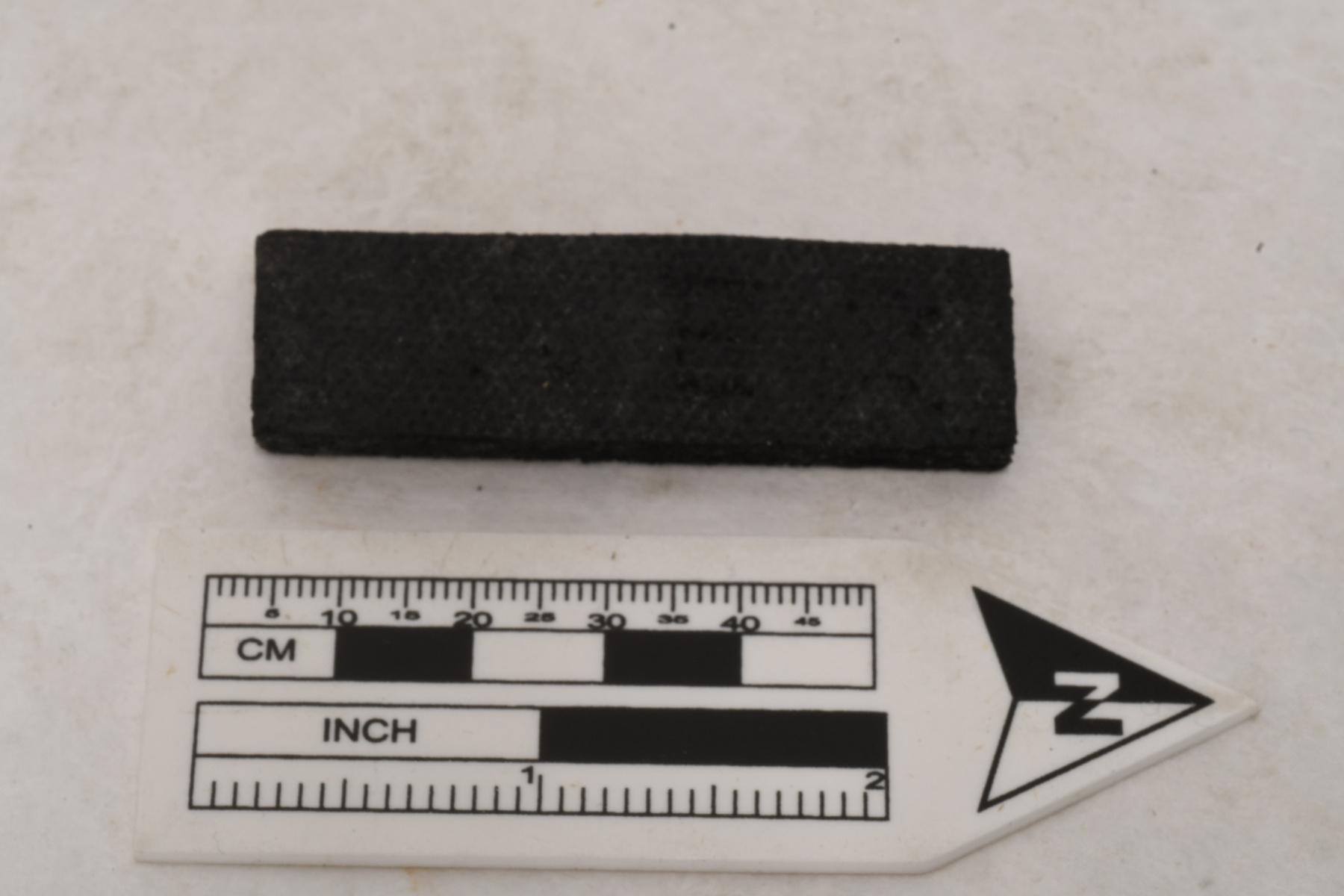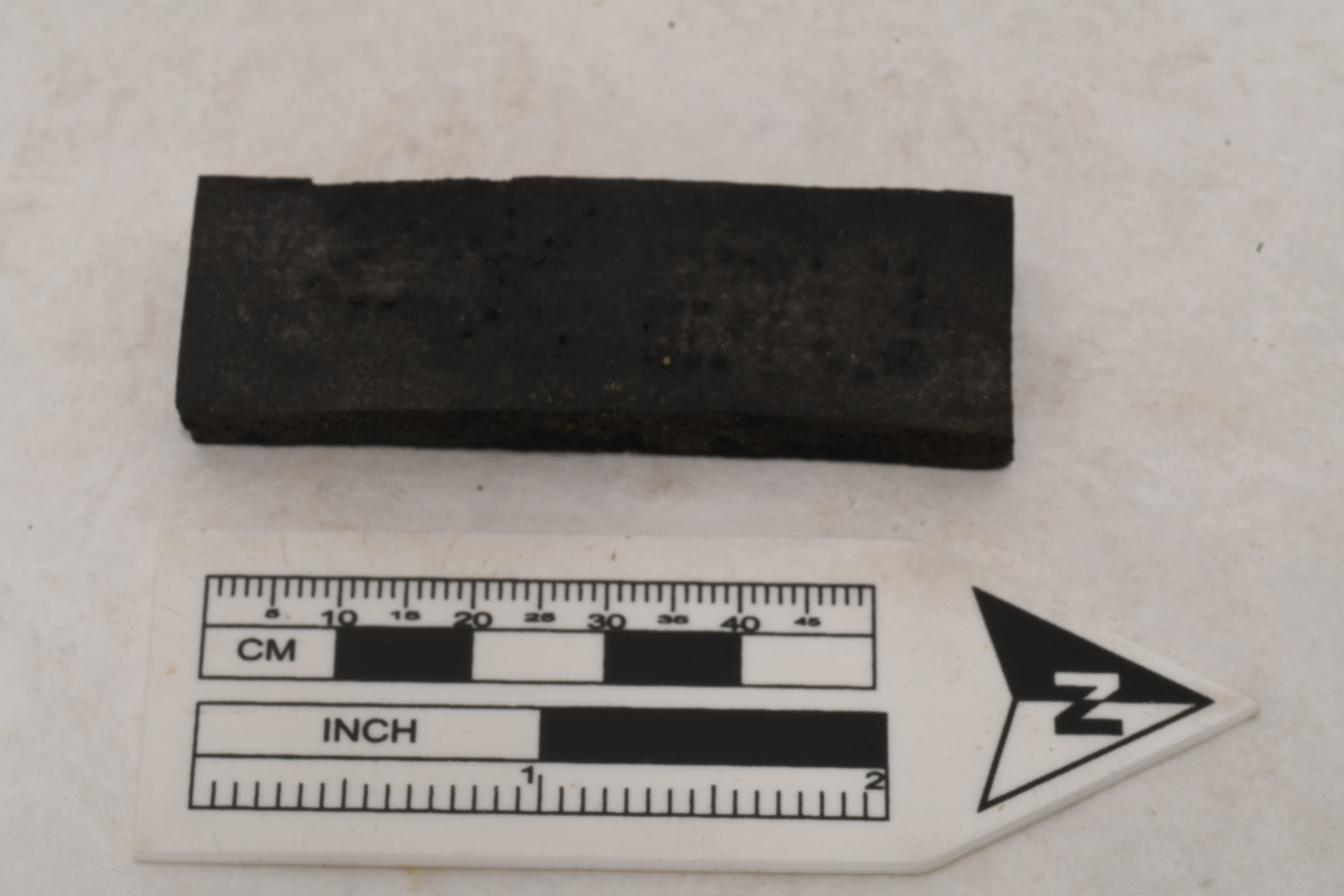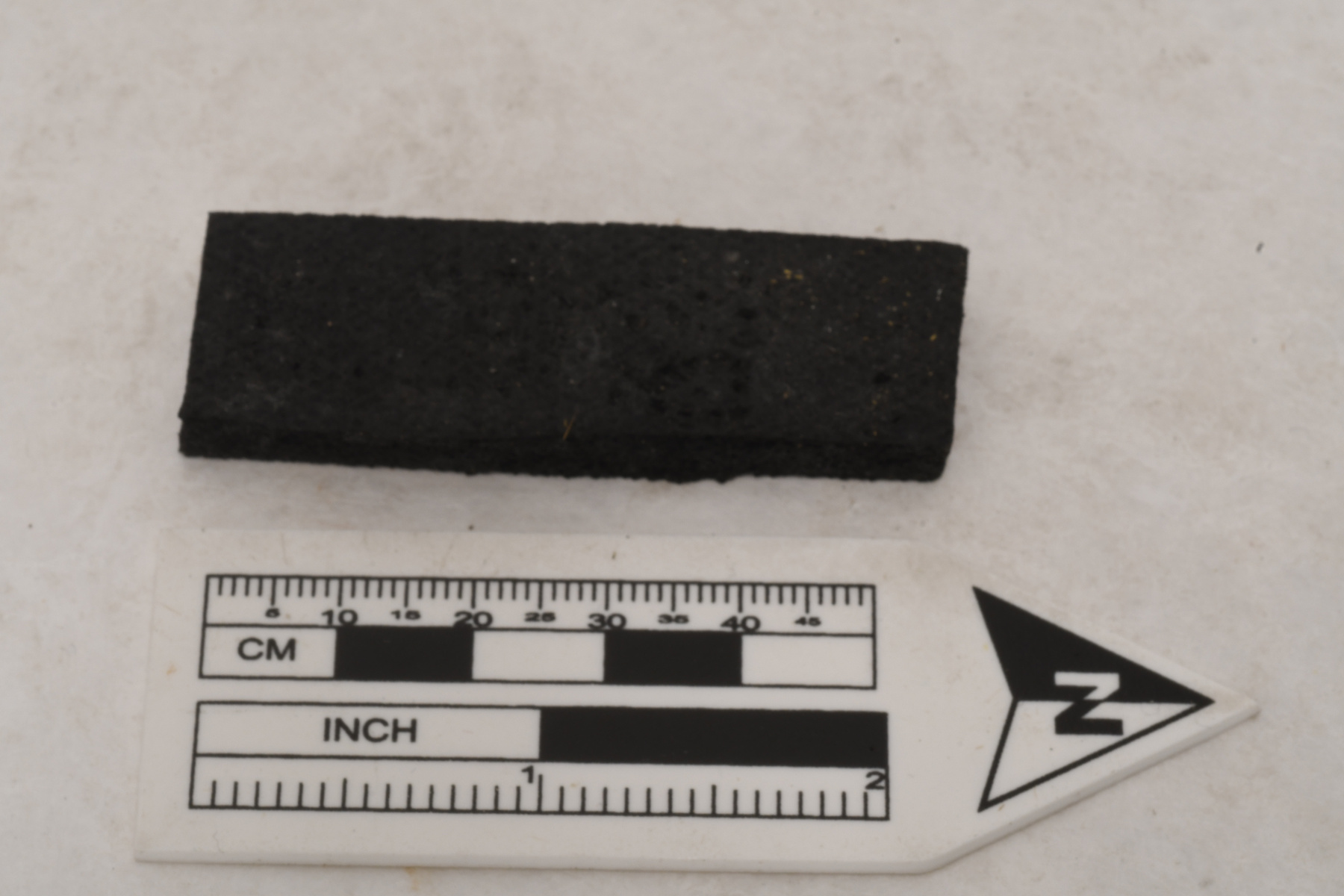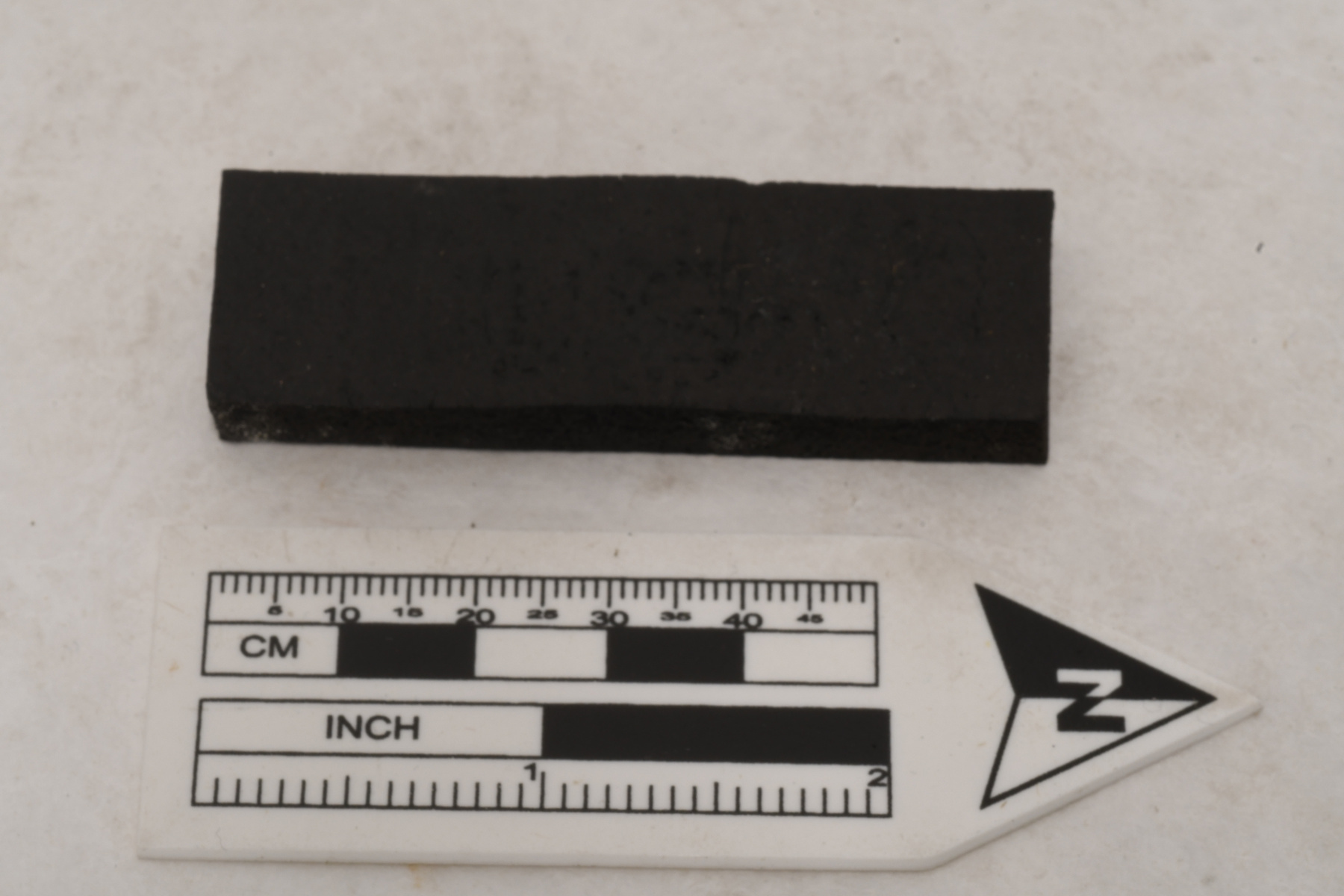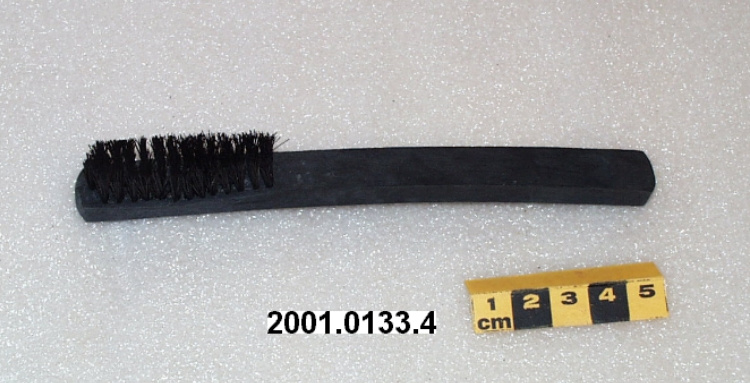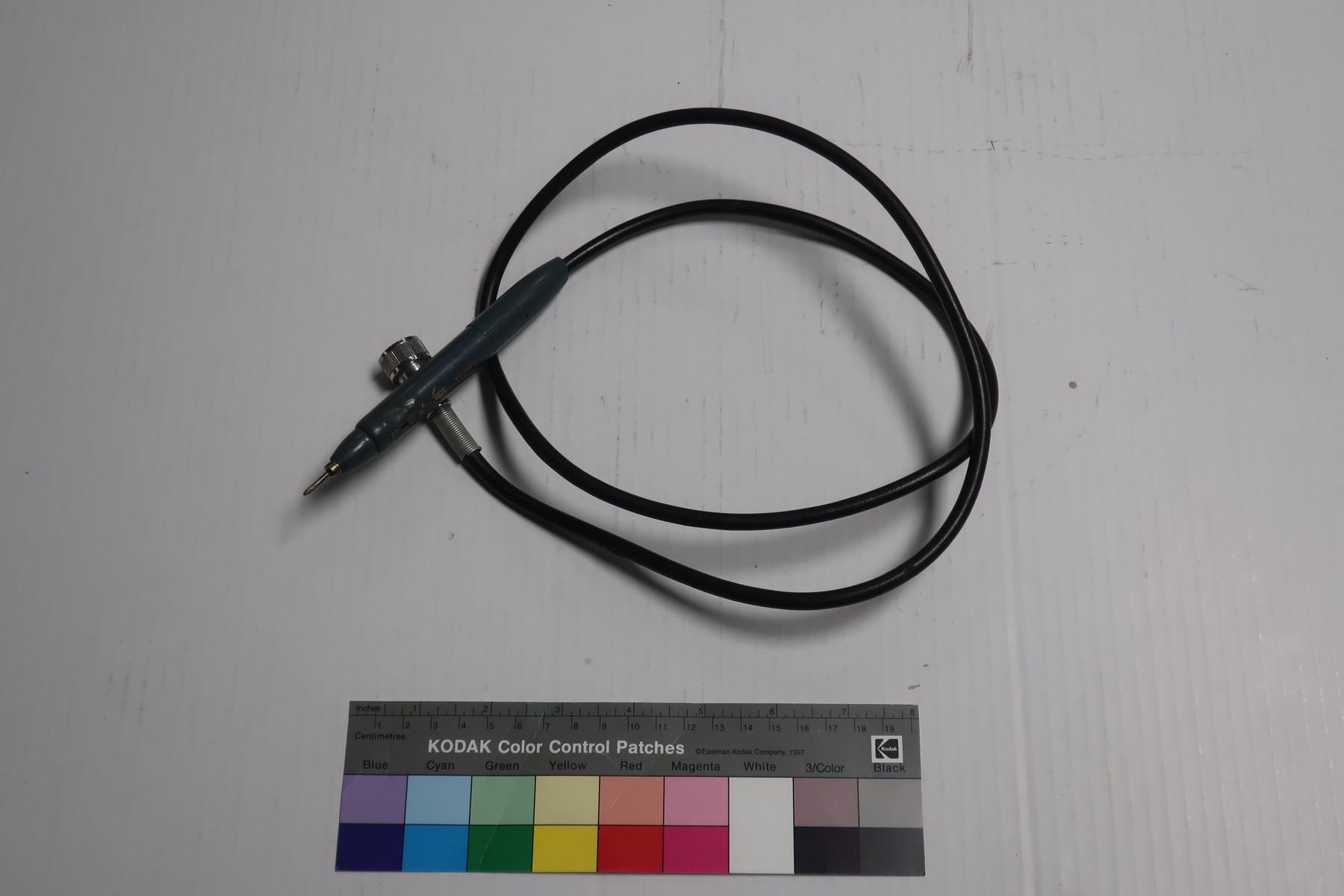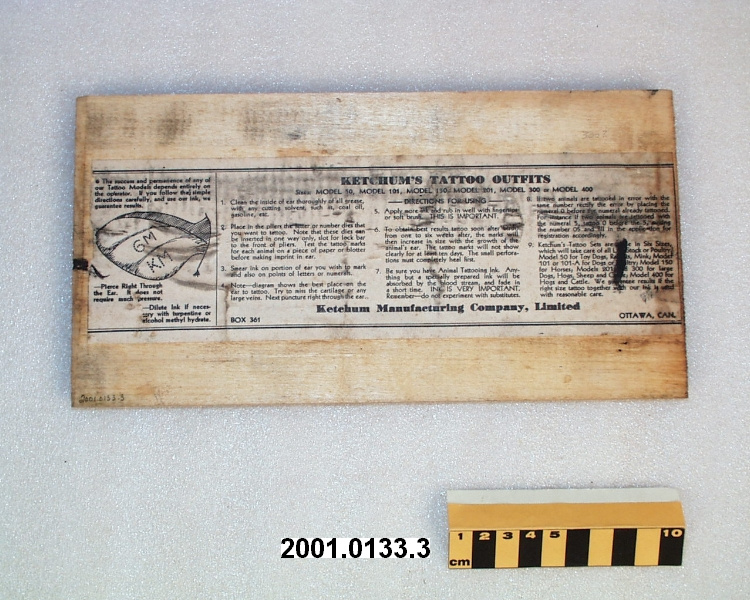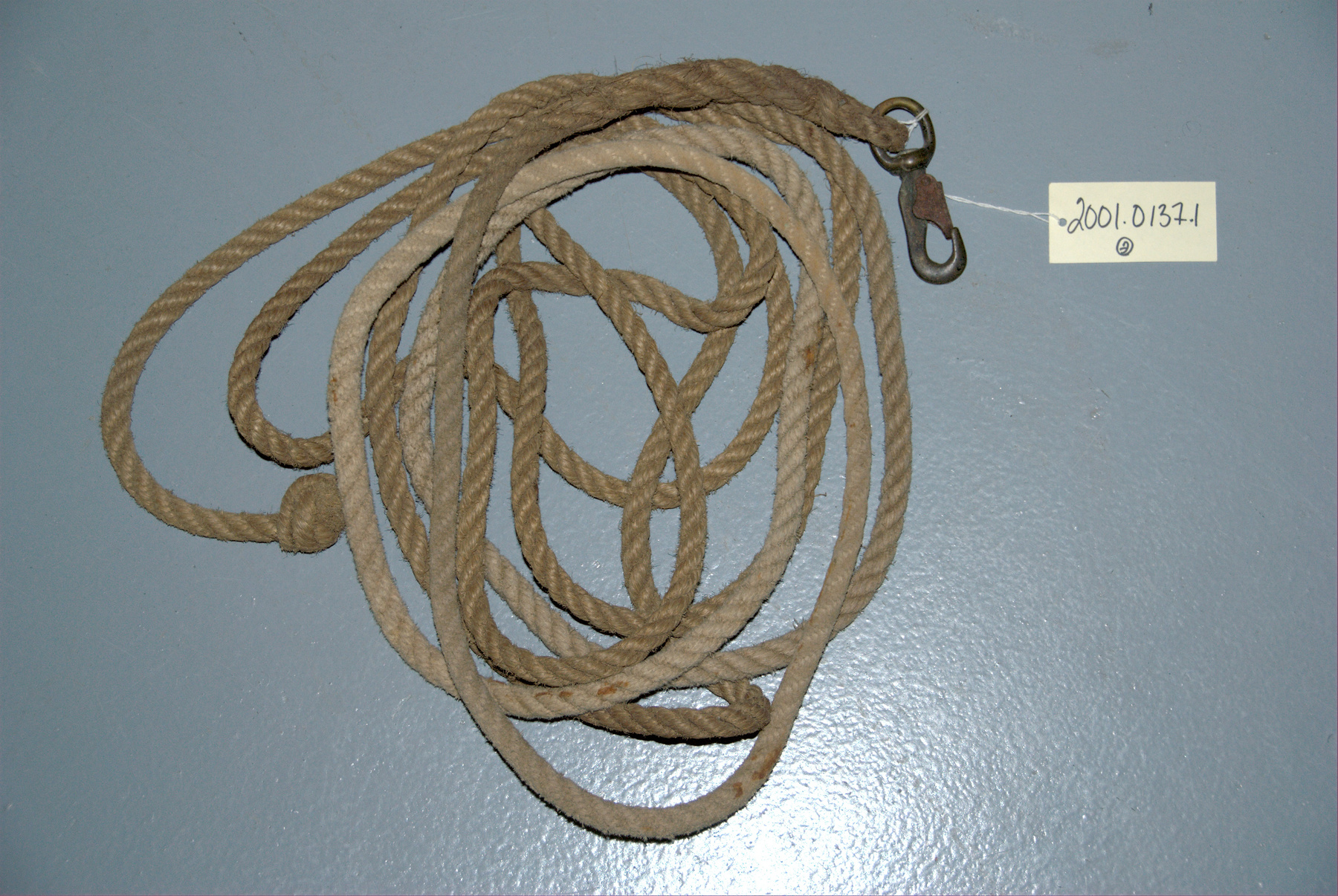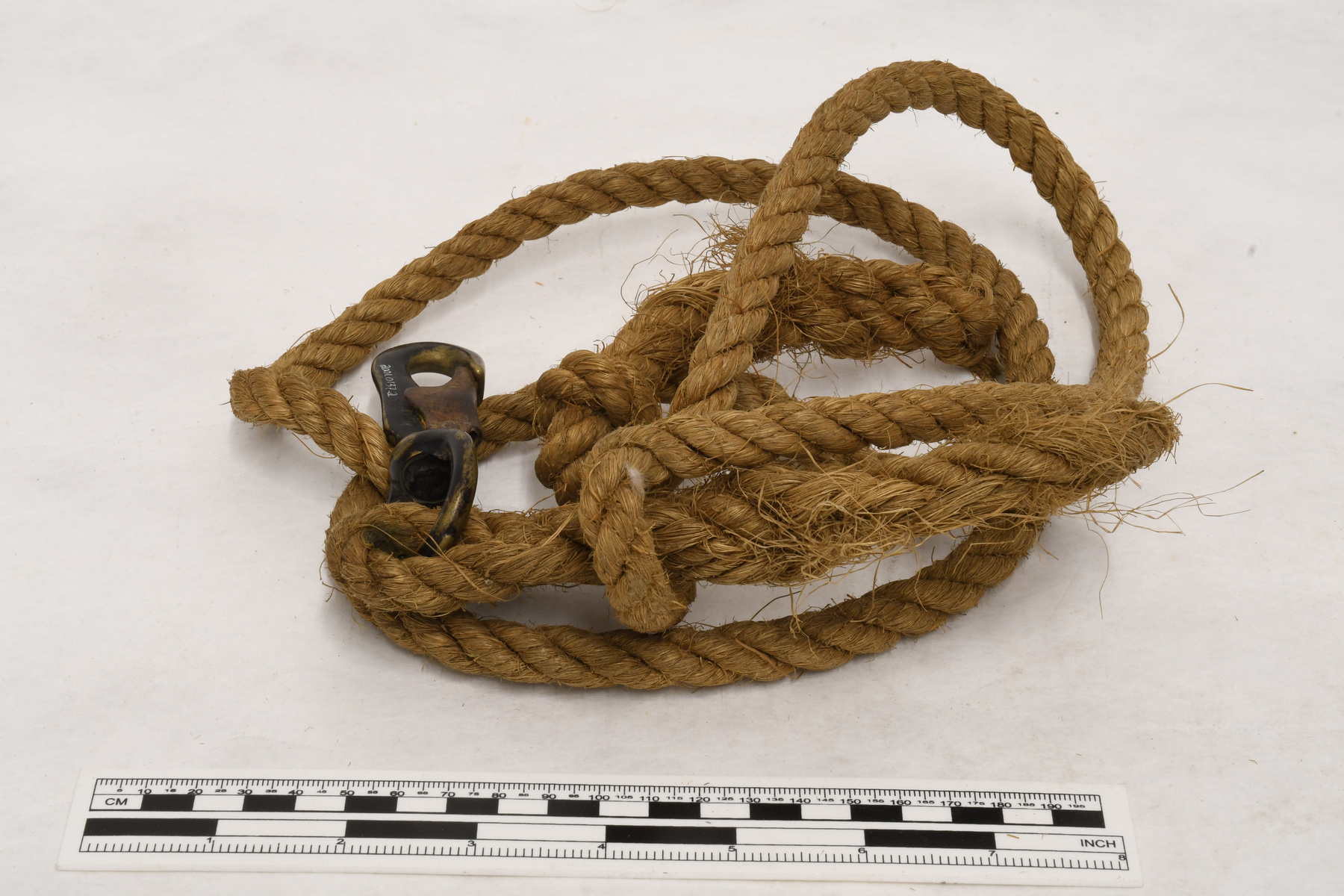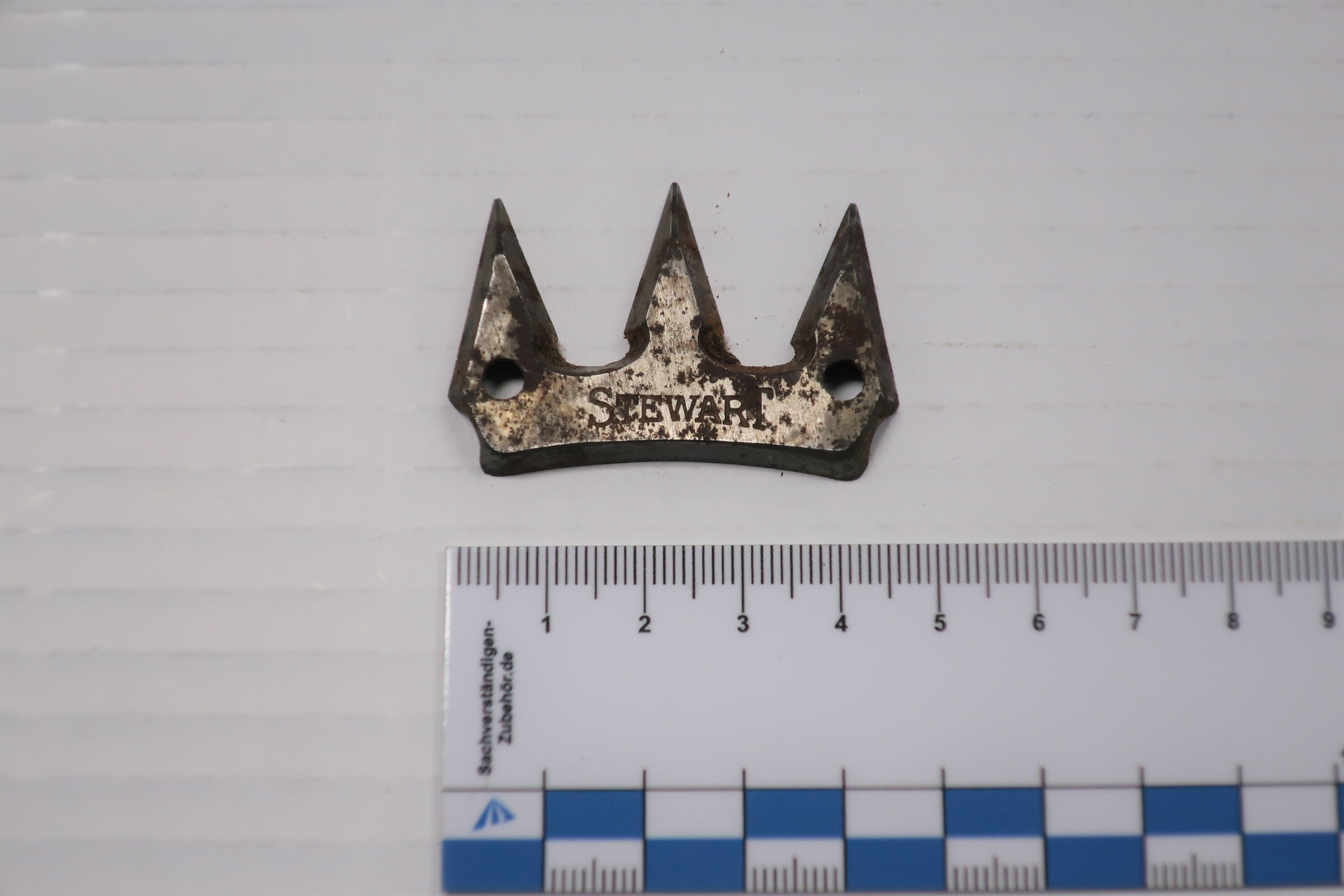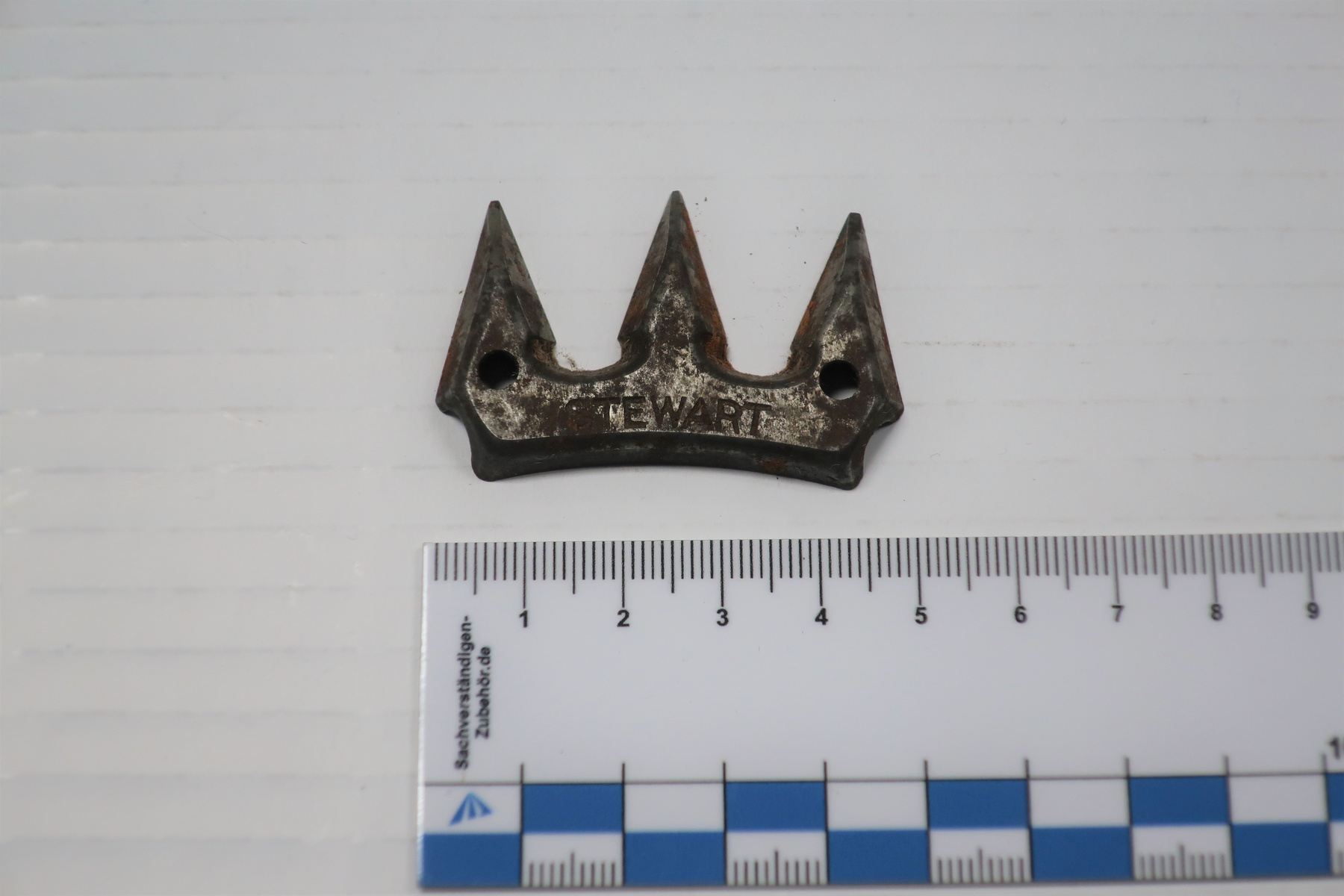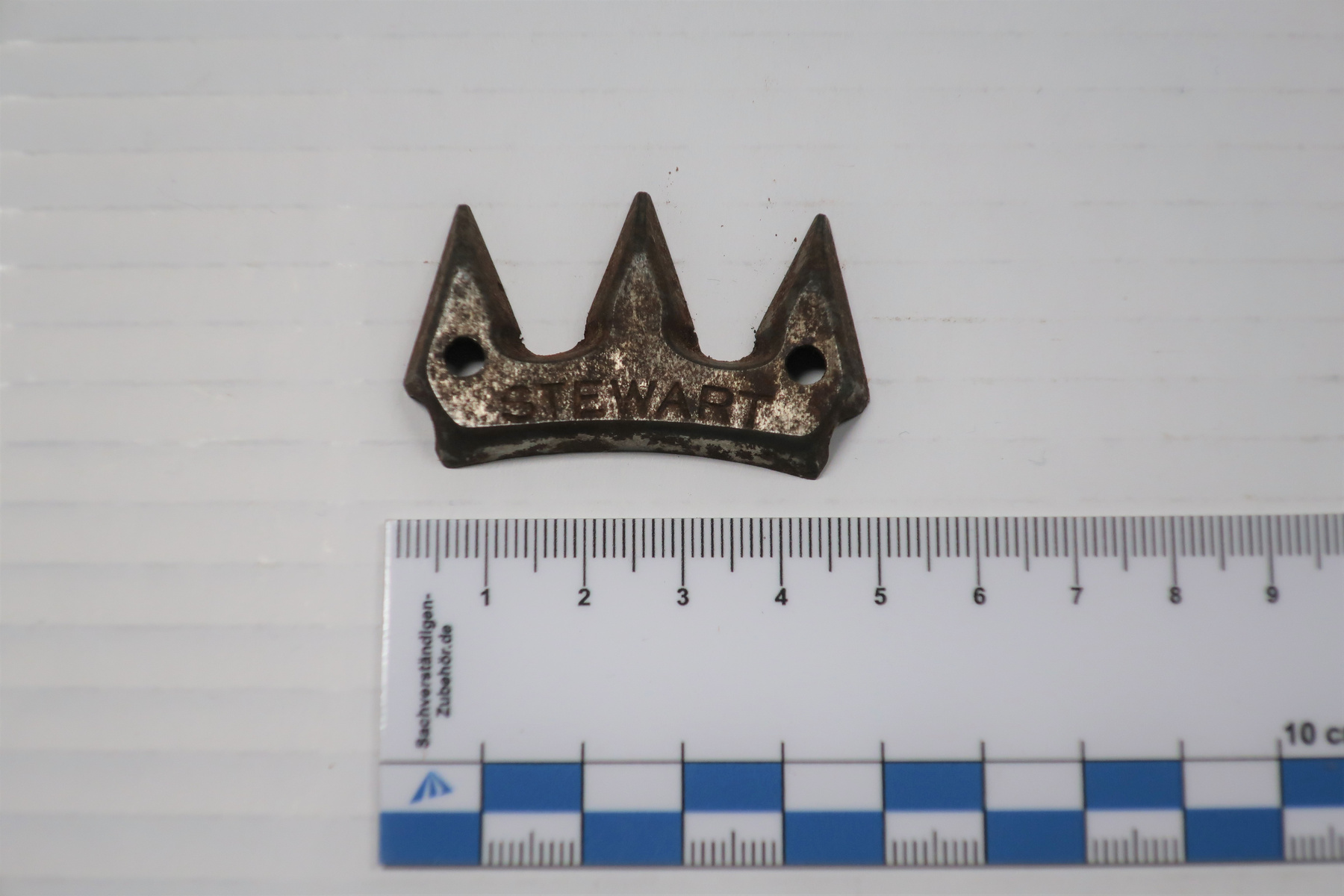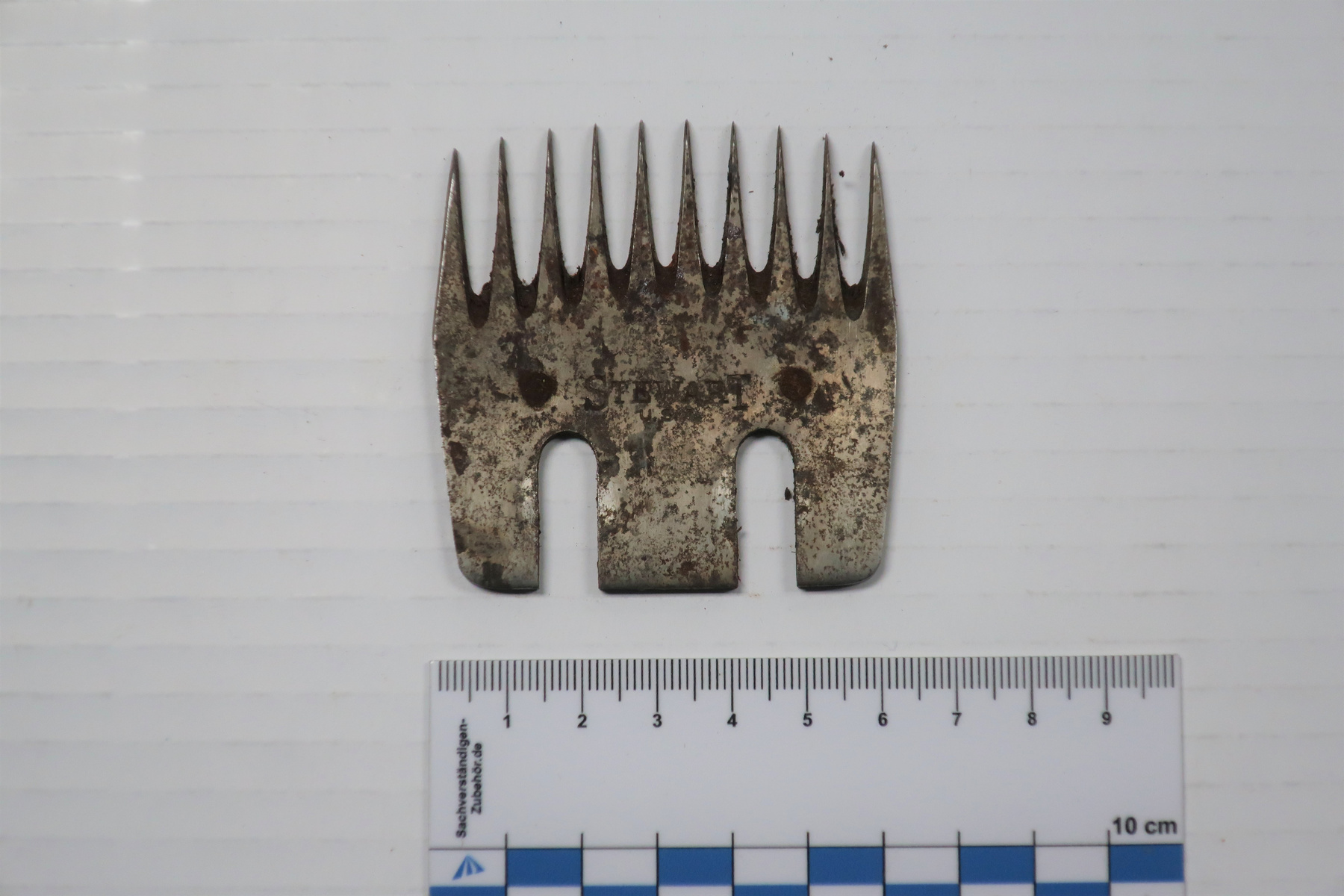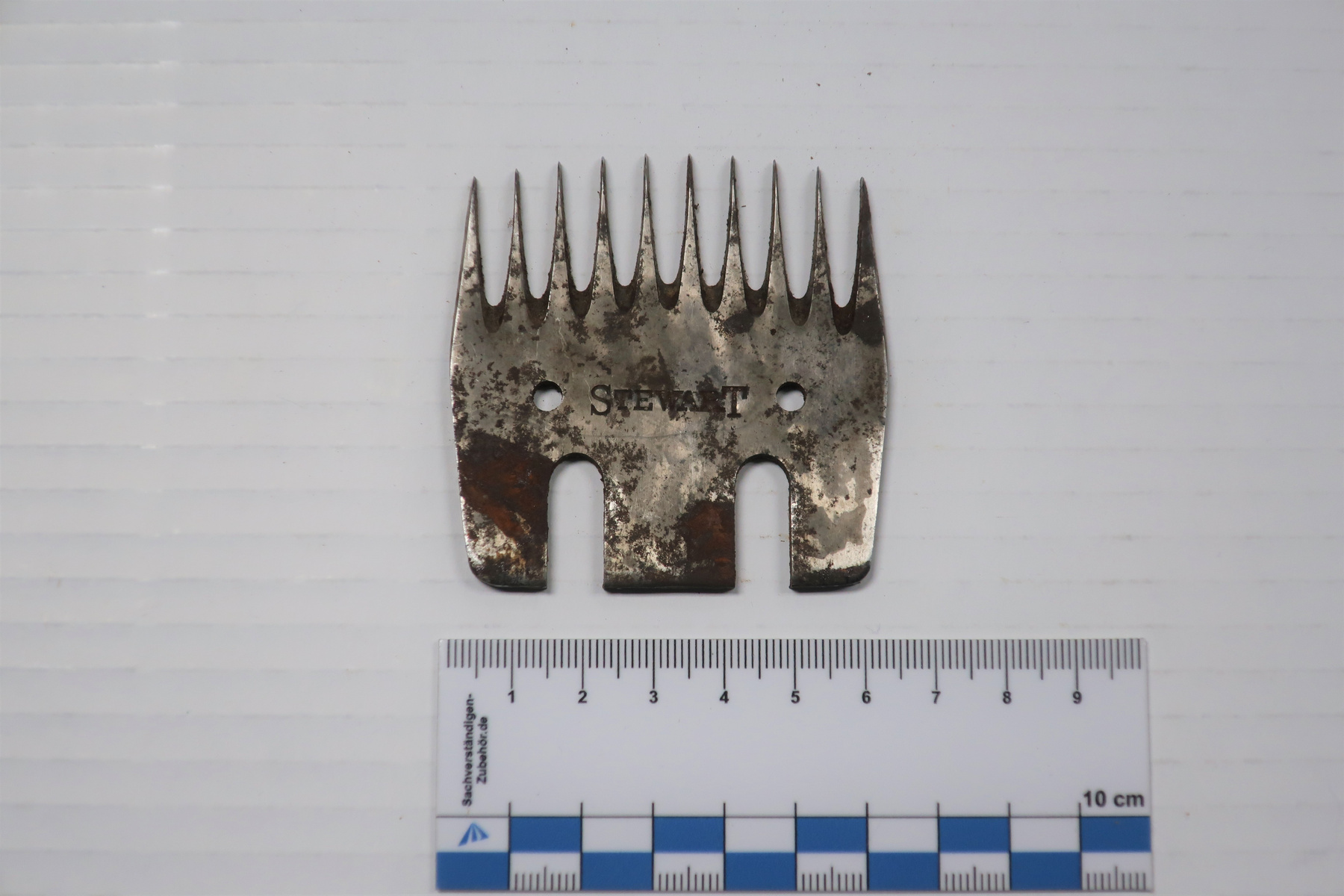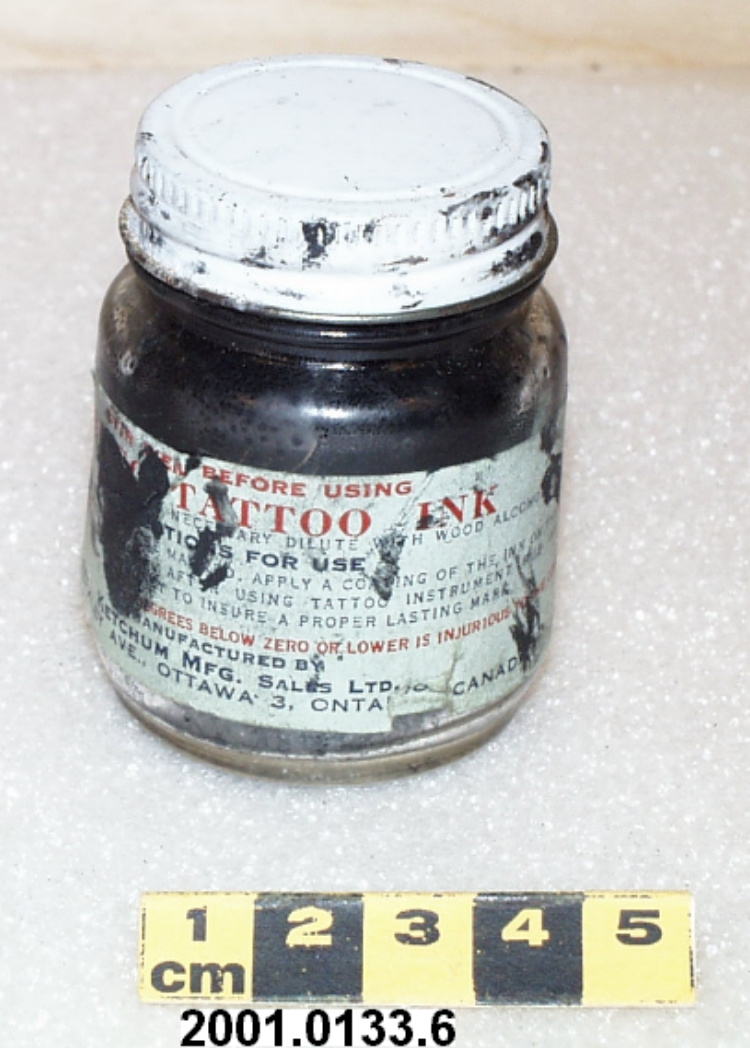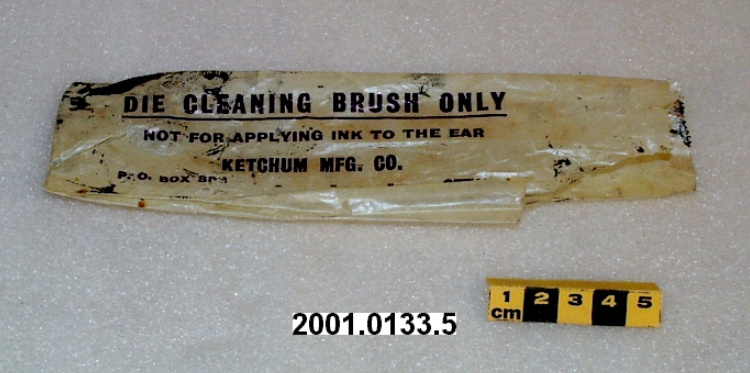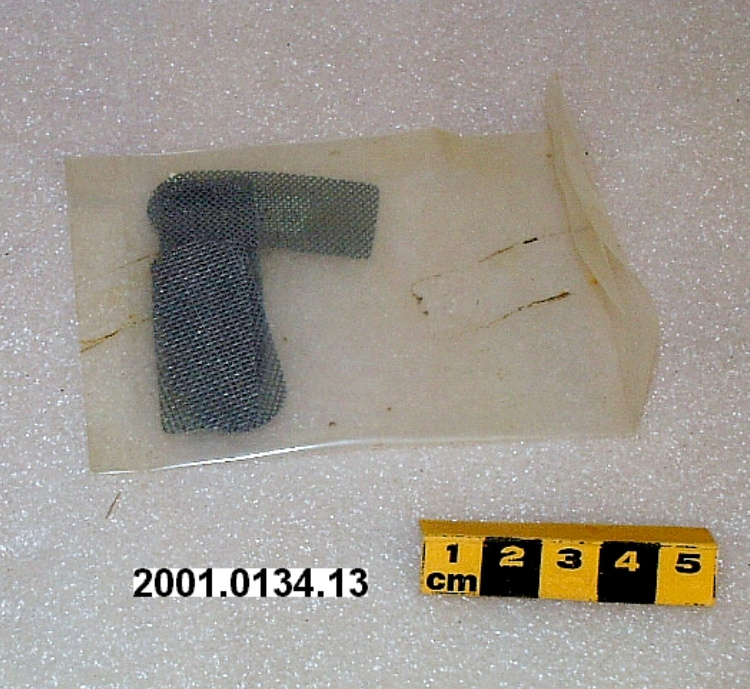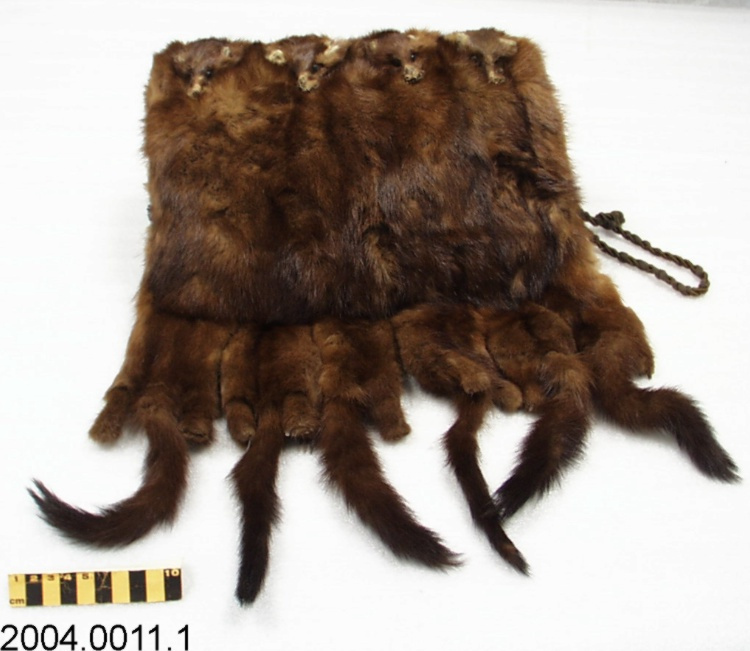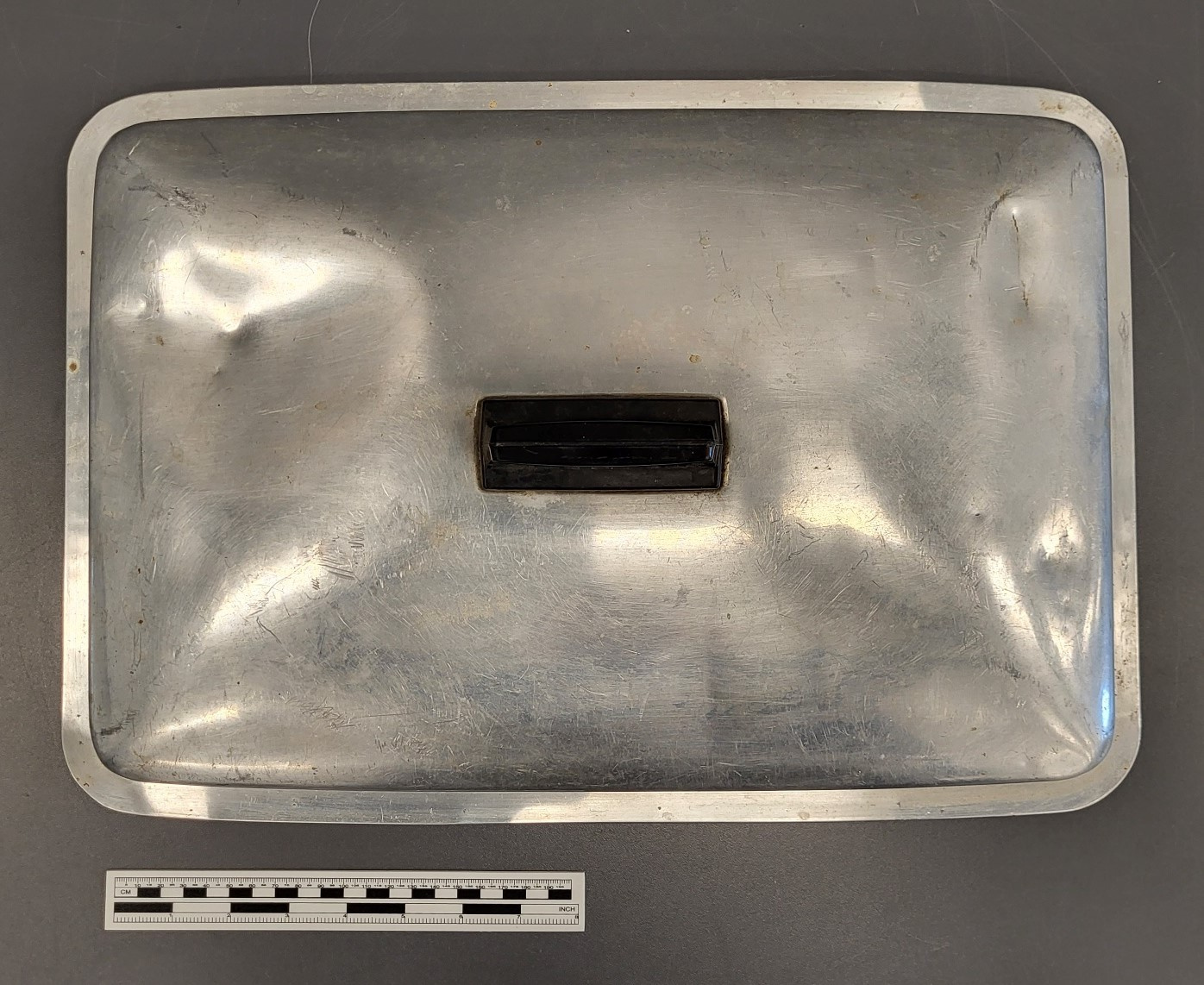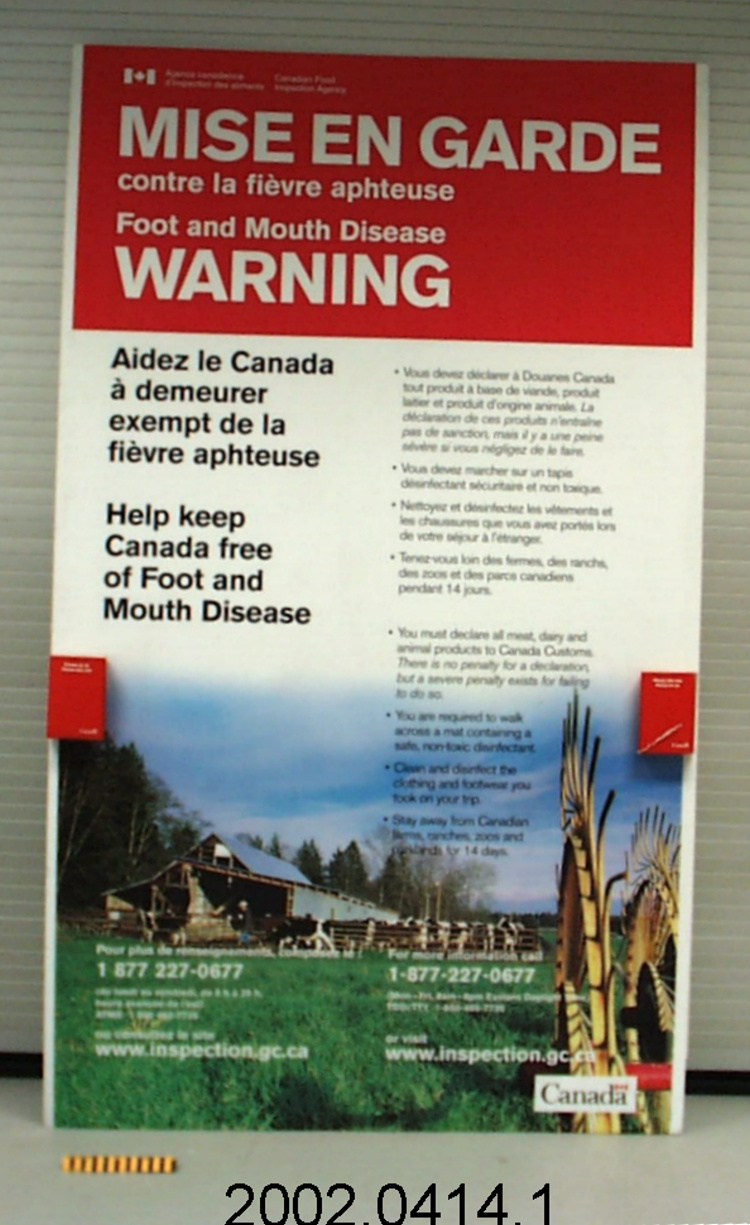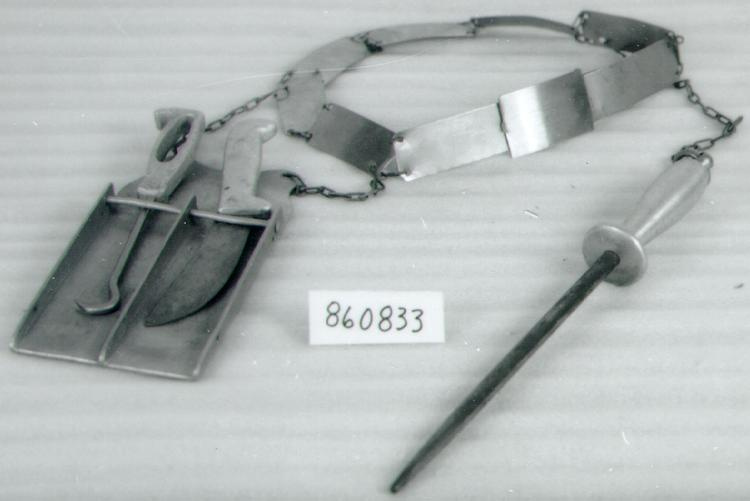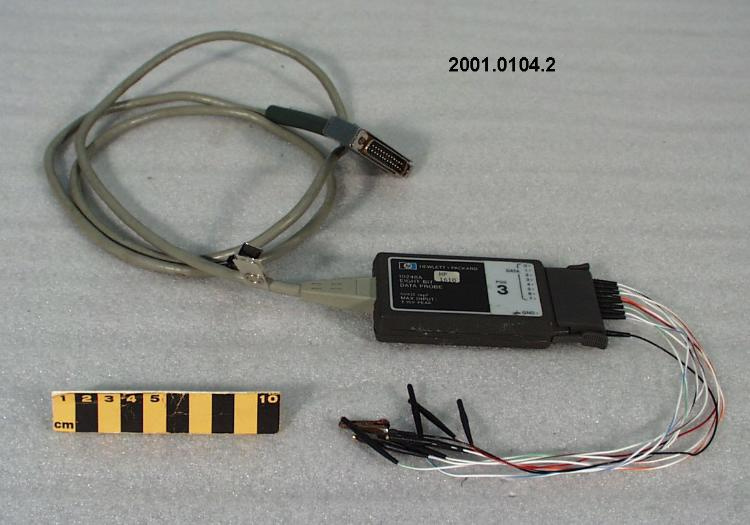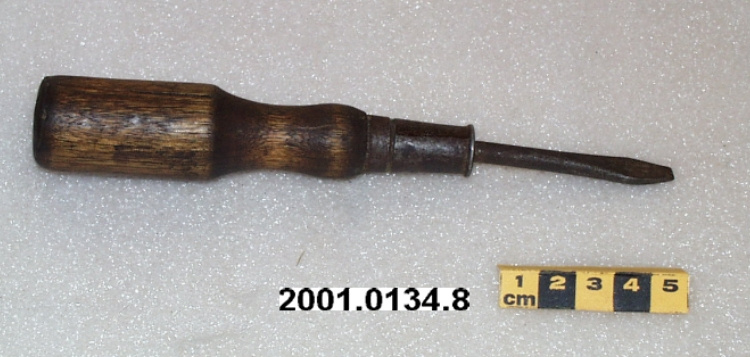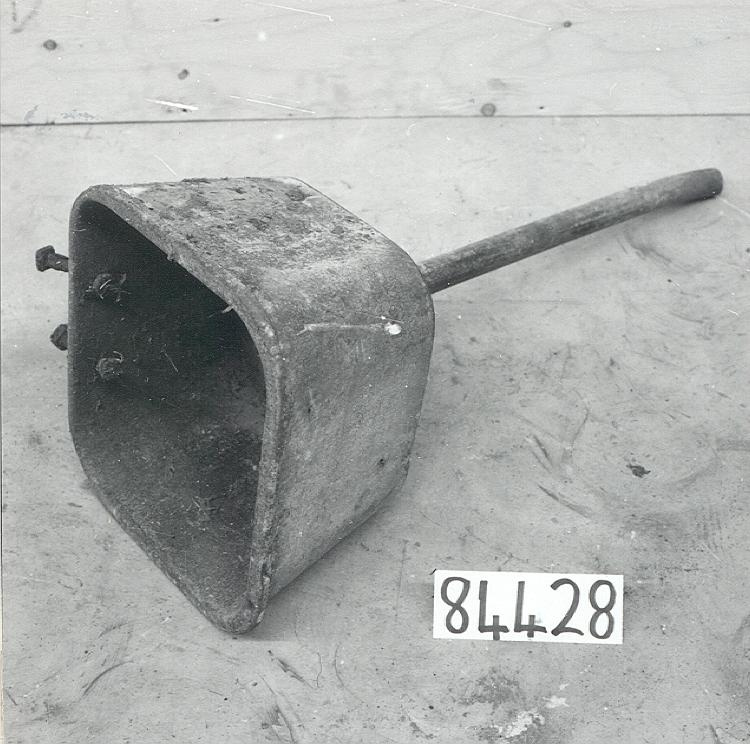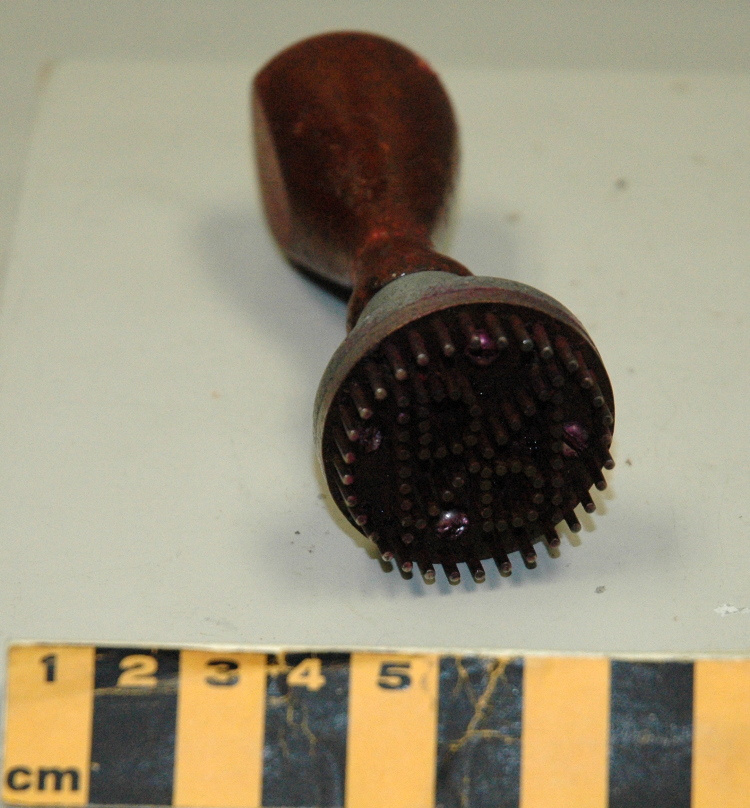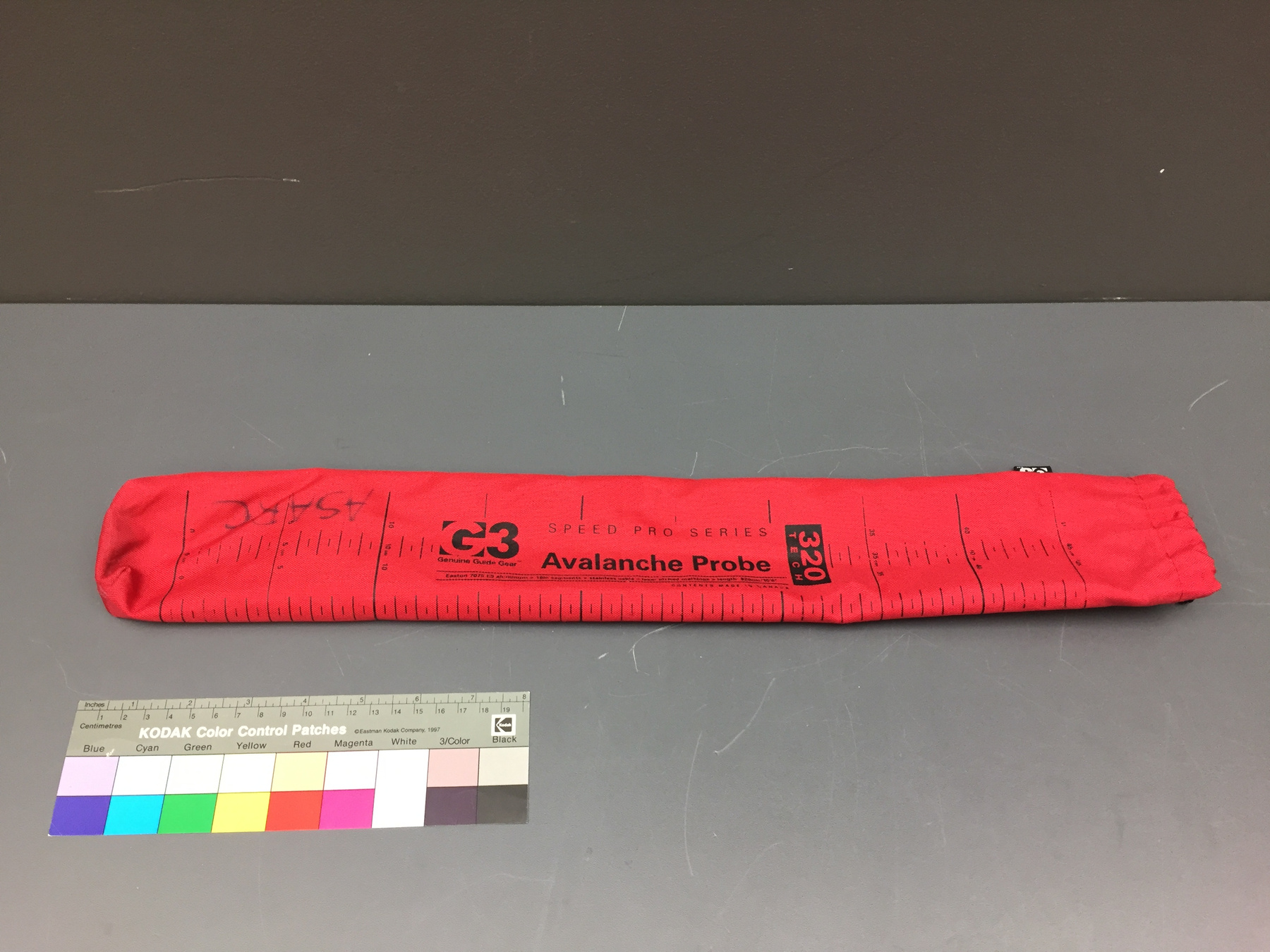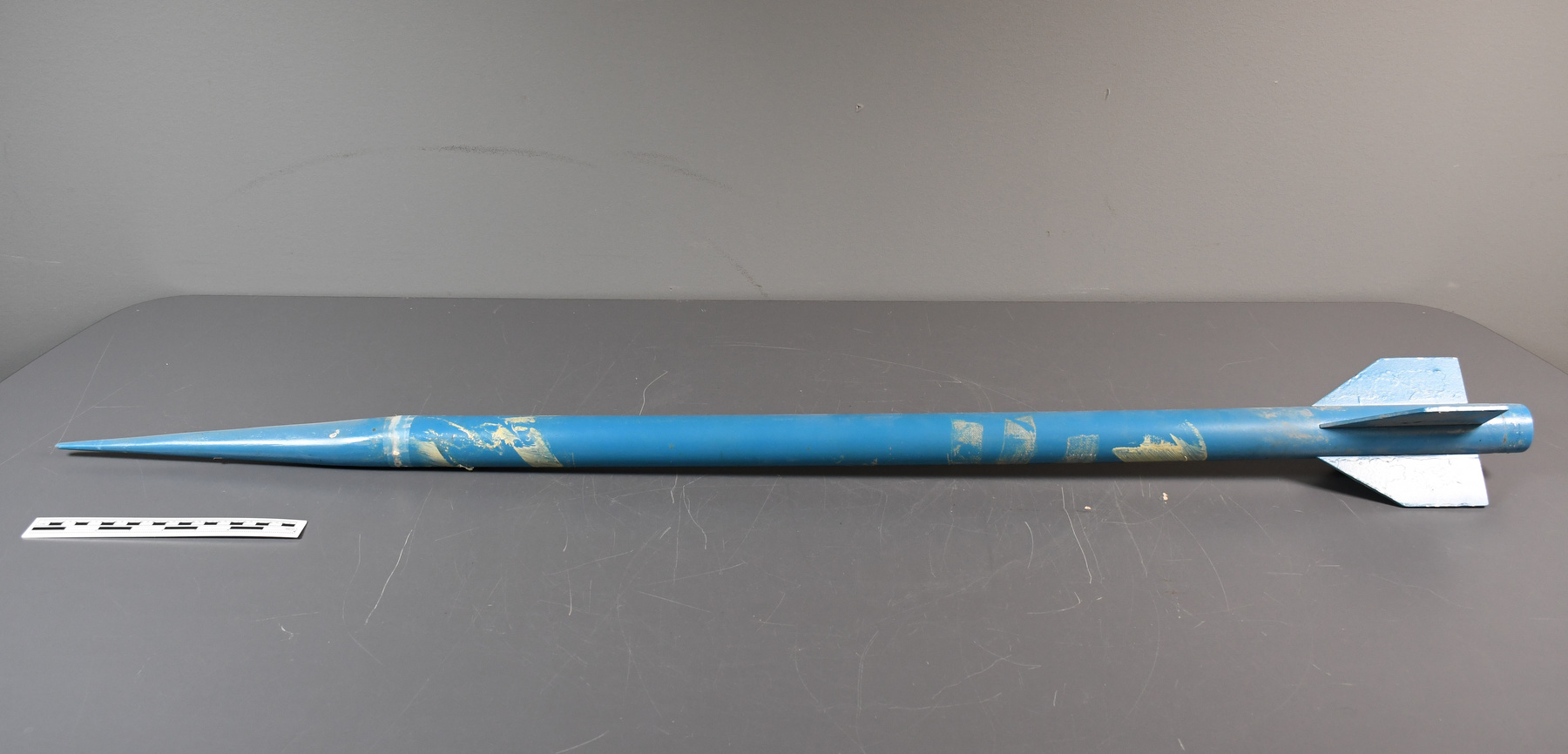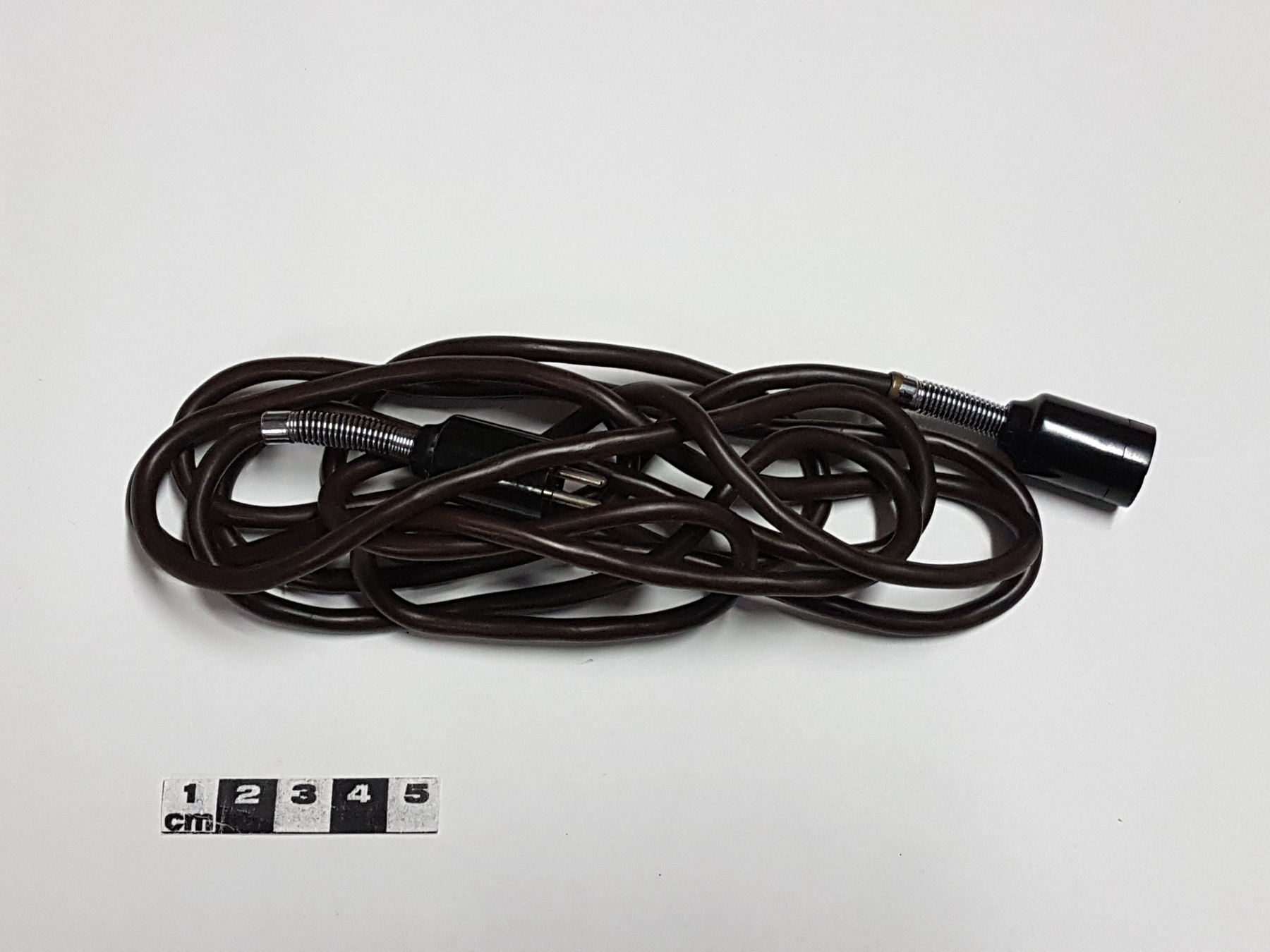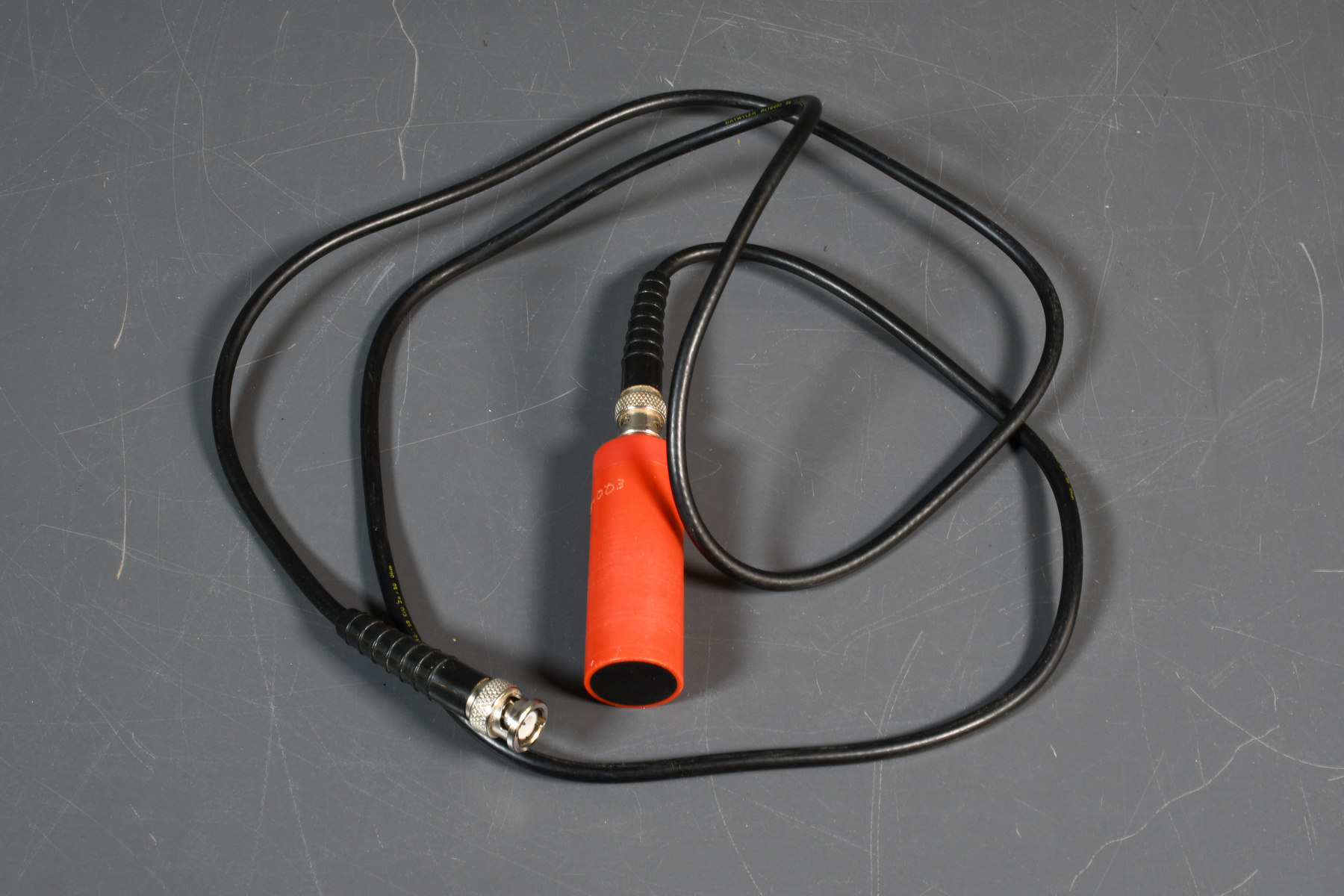Probe
Use this image
Can I reuse this image without permission? Yes
Object images on the Ingenium Collection’s portal have the following Creative Commons license:
Copyright Ingenium / CC BY-NC-ND (Attribution-NonCommercial 4.0 International (CC BY-NC 4.0)
ATTRIBUTE THIS IMAGE
Ingenium,
2016.0469.002
Permalink:
Ingenium is releasing this image under the Creative Commons licensing framework, and encourages downloading and reuse for non-commercial purposes. Please acknowledge Ingenium and cite the artifact number.
DOWNLOAD IMAGEPURCHASE THIS IMAGE
This image is free for non-commercial use.
For commercial use, please consult our Reproduction Fees and contact us to purchase the image.
- OBJECT TYPE
- N/A
- DATE
- 1978
- ARTIFACT NUMBER
- 2016.0469.002
- MANUFACTURER
- Ithaco Inc
- MODEL
- 731A
- LOCATION
- Ithaca, New York, United States of America
More Information
General Information
- Serial #
- N/A
- Part Number
- 2
- Total Parts
- 6
- AKA
- N/A
- Patents
- N/A
- General Description
- Probe attached to cord that is used when plugged into the ultrasound unit. Sonde attaché a une corde qui est utilisée lorsque branché dans l'unité d'ultrason.
Dimensions
Note: These reflect the general size for storage and are not necessarily representative of the object's true dimensions.
- Length
- N/A
- Width
- N/A
- Height
- N/A
- Thickness
- N/A
- Weight
- N/A
- Diameter
- N/A
- Volume
- N/A
Lexicon
- Group
- Agriculture
- Category
- Animal husbandry
- Sub-Category
- N/A
Manufacturer
- AKA
- Ithaco
- Country
- United States of America
- State/Province
- New York
- City
- Ithaca
Context
- Country
- Canada
- State/Province
- Unknown
- Period
- Used during the 1980s and 1990s.
- Canada
-
Ultrasound assessment of livestock became part of Canada’s federal meat-inspection and livestock grading regimes in the late 1970s. Since the 1950s, the North American pork industry has striven to produce leaner animals and increase the value of meat derived from each animal carcass. According to Agriculture Canada’s National Ultrasonics Standards Manual (1st edition, 1989), Canadian pork producers significantly reduced backfat content between 1969 and 1981, producing leaner, meatier pigs that generated an estimated $40-million in additional revenue over that period. The Ithaco Scanoprobe was a leading device of its time and was a spin-off from the company’s work with NASA on altitude systems and satellites. Les sondes exploratoires de bétails ont commencé à faire partie de l’inspection de viande du gouvernement fédéral canadien à partir de la fin des années 1970s. Depuis les années 1950s, l’industrie du porc Nord-Américain aspire pour produire des animaux de teneur en maigre et augmente la valeur de la viande. Selon le « Agriculture Canada’s National Ultrasonics Standards Manual (1re édition, 1989), les éleveurs canadiens de proc ont réduient le contenu de gras dorsal entre 1969 et 1989. Comme résultat, ils ont produit des cochons plus maigres et plus charnus qui ont généré environ 40 millions de surplus en revenue lors de cette période. Le Scanoprobe Ithaco a été l’instrument d’avant-plan lors de cette période et a été inspiré par le travail fait par cette compagnie avec NASA sur les systèmes d’altitudes et satellites. - Function
-
This ultrasound probe was used by federal meat inspectors between the 1980s and 1990s to determine and assess “backfat” content in livestock, particularly swine. Ultrasound probes replaced “stab and jab” methods of assessing backfat that required inspectors to cut into the live animal to measure fat content. Backfat content, which is heritable, indicates the degree of animal leanness and thus meat quality and grade. The probe may also be used to detect pregnancy in farm animals. Cette sonde exploratoire d’ultrason a été utilisé par les inspecteurs fédéraux de viandes entre les années 1980s et 1990s pour déterminer les niveaux de lard dorsal des bétails, particulièrement le porc. Les sondes exploratoires ont remplacé la méthode « Stab and jab » qui exigeait les inspecteurs de faire une incision dans un animal vivant pour déterminer le contenu de gras. Le contenu du lard dorsal, qui est héritaire, indique le dégrée de teneur en maigre et la qualité de la viande. La sonde peut aussi être utilisé pour détecter les grossesses pour les animaux de fermes. - Technical
-
First used with swine, ultrasound techniques were later used to assess beef cattle and sheep. Ultrasound probes provide more precise measurement of backfat, an indicator of carcass quality. Premièrement utilisé avec le porc, les techniques d’ultrason ont finir par être utilisé pour évaluer les bovins de boucherie et moutons. Les sondes exploratoires donnent un niveau plus précis de lard dorsal, un indicateur de la qualité de la carcasse. - Area Notes
-
Unknown
Details
- Markings
- Written three times on the black cord: " DATWYLER ALTDORF RG-58 C/U ZO=50 OHM "
- Missing
- Appears complete.
- Finish
- Probe with an orange synthetic head with a black flat surface. The probe is attached to a black cord with a silver metal adaptor head at the other end. Sonde avec une tête orangé et une surface noire et plate. La sonde est attachée à une corde noire avec une tête d'adaptateur en métal argenté à l'autre extrémité.
- Decoration
- N/A
CITE THIS OBJECT
If you choose to share our information about this collection object, please cite:
Ithaco Inc, Probe, circa 1978, Artifact no. 2016.0469, Ingenium – Canada’s Museums of Science and Innovation, http://collection.ingeniumcanada.org/en/id/2016.0469.002/
FEEDBACK
Submit a question or comment about this artifact.
More Like This
